Concept of Nuisance
Introduction
The term “Nuisance” originates from the French word “nuire,” which in turn comes from the Latin word “nocere,” meaning “to cause harm or annoy.” In everyday language, nuisance refers to an inconvenience to others. However, in legal terms, it has a more specific meaning, as the law does not consider mere inconvenience to constitute nuisance. Various legal scholars have defined the concept to provide a clearer understanding from a legal perspective.
Blackstone described nuisance as something that “causes harm, inconvenience, or damage.” This definition offers a basic understanding of the term.
Salmond provided a more detailed definition, stating that nuisance involves “causing or allowing, without lawful justification, the escape of any harmful substance from one’s land or elsewhere into another person’s property, such as water, smoke, fumes, gas, noise, heat, vibration, electricity, disease germs, or animals.”
Stephen defined nuisance as “anything done to the hurt or annoyance of the lands or tenements of another, without amounting to trespass.”
From these definitions, it can be concluded that nuisance is an unlawful interference with a person’s use or enjoyment of their property. It is an act that causes unreasonable annoyance or harm to another person’s property or rights.
Types of Nuisance
Public Nuisance
Section 3(48) of the General Clauses Act, 1897, refers to public nuisance as defined in the Indian Penal Code (IPC). Under Section 268 of the IPC, public nuisance is described as an act or omission that is illegal and results in common injury, danger, or annoyance to the public or those living nearby. It must infringe on the rights of the affected individuals.
Public nuisance affects the general public or a large community. Examples include operating a business that creates loud noise or storing large quantities of flammable substances. In the case of Ram Raj Singh v. Babulal, where a brick grinding machine was installed near a medical practitioner’s property, the court held that the dust from the machine constituted a public nuisance, affecting the patients and visitors.
In certain situations, an individual may have the right to take action against a public nuisance if they can prove:
- Personal injury beyond what is suffered by the general public.
- The injury is substantial.
- The injury is direct in nature.
Under Section 91 of the Civil Procedure Code (CPC), a civil action can be taken for public nuisance without proof of special damage. Such a suit can be filed by the Advocate General or by two or more persons with the court’s permission.
Private Nuisance
Private nuisance, in contrast, involves harm to an individual rather than the public at large. In such cases, the injured party can seek remedies through civil action, injunctions, or both. Criminal charges do not apply to private nuisance.
The law of private nuisance protects the rights of property owners, ensuring they can enjoy their property without unreasonable interference from neighbors.
Elements of Private Nuisance
- Unlawful or Unreasonable Interference: The interference must be unlawful or without reasonable cause. If the interference is carried out under legal authority, the defendant may not be liable.
- Interference with Land Use or Enjoyment: The interference must affect the plaintiff’s use or enjoyment of their property. In Datta Mal Chiranji Lal v. Lodh Prasad, the court ruled that excessive noise from a neighboring electric mill constituted a nuisance, as it prevented the plaintiff from enjoying their property.
- Damage to the Plaintiff: The plaintiff must suffer actual damage, either to their property or in the form of physical discomfort. In St. Helen Smelting Co. v. Tipping, damage to the plaintiff’s trees from industrial fumes was sufficient to support a claim.
Remedies for Nuisance
The remedies available for nuisance include:
- Injunctions: A court order to stop the nuisance. The court may issue temporary or permanent injunctions based on the circumstances.
- Damages: Monetary compensation for the harm caused. Damages can be nominal, statutory, or exemplary, depending on the case.
- Abatement: A self-help remedy where the injured party takes action to stop the nuisance without legal proceedings, such as trimming overhanging branches.
Defenses to Nuisance
Valid defenses against a nuisance claim include:
- Prescriptive Right: If the defendant can prove continuous use of the property causing the nuisance for 20 years, they may claim a prescriptive right under the Limitation Act or Easement Act.
- Statutory Authority: Actions taken under legal authority with due care are protected from nuisance claims, as in Vaughan v. Taff Vale Rly.
- Act of God: Natural events beyond human control, such as floods, can be a defense, as in Nicholas v. Marsland.
- Consent of the Plaintiff: If the plaintiff consented to the nuisance, as in Kiddle v. City Business Properties, the defendant may avoid liability.
- Necessity: Nuisance committed to prevent greater harm may be justified.
- Trifles: The law does not concern itself with insignificant matters, as per the maxim “De minimis non curat lex.”
Conclusion
The law of nuisance, largely developed through judicial decisions, plays a crucial role in maintaining public peace. It ensures that individuals can enjoy their property without unreasonable interference from others, balancing individual rights with community well-being.
Share
Tags
Archive
Popular & Recent Post
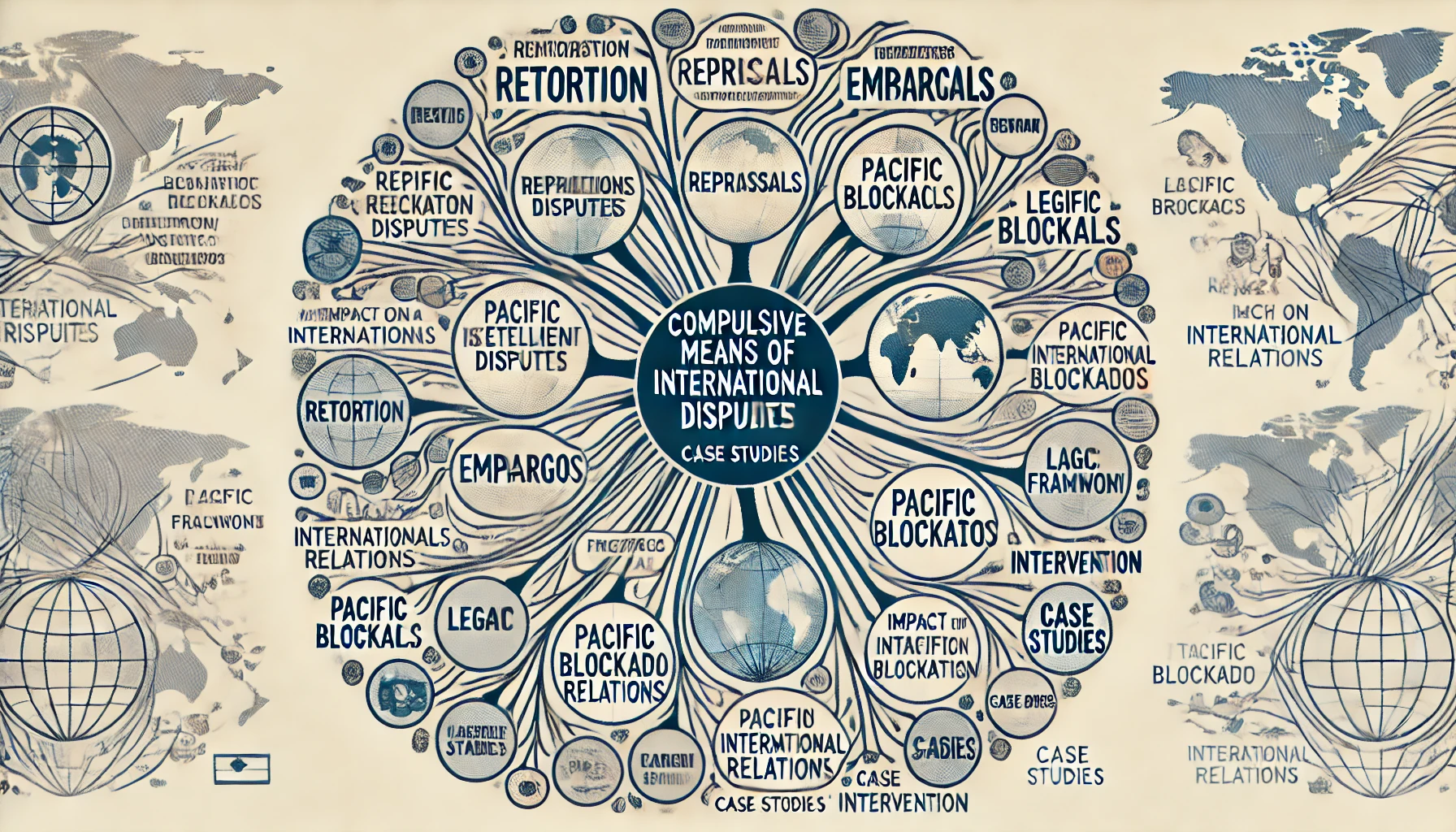



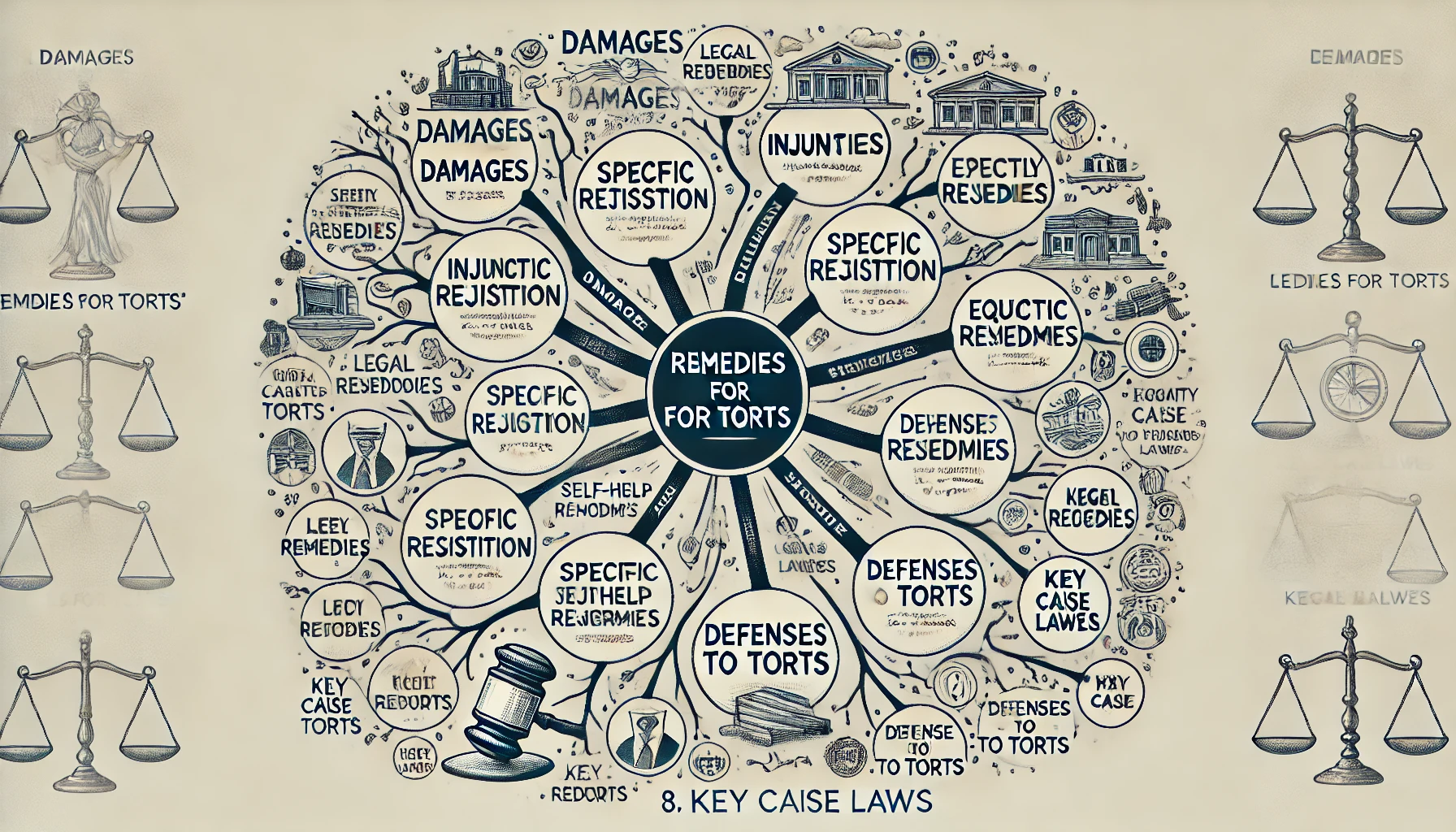

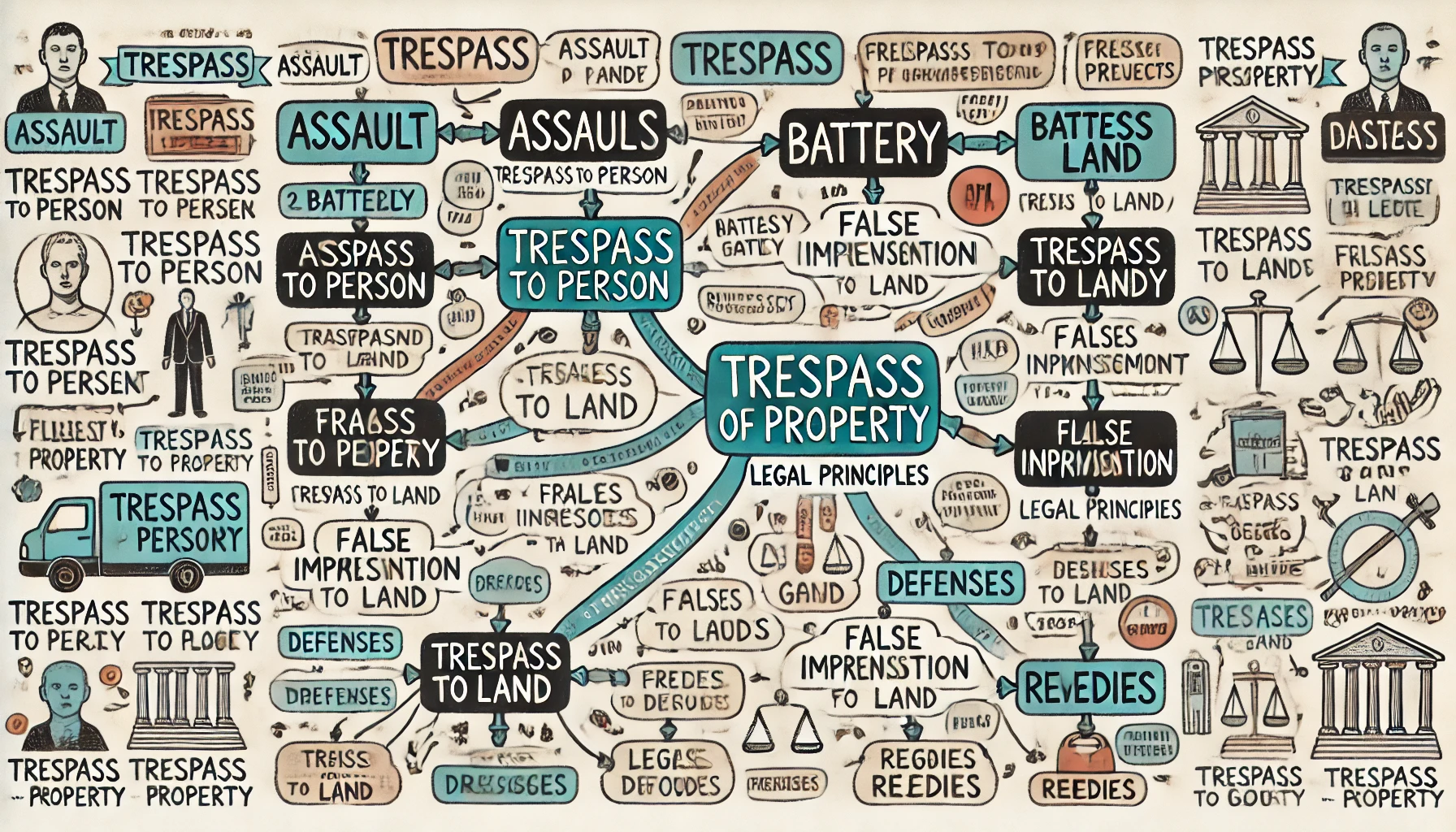
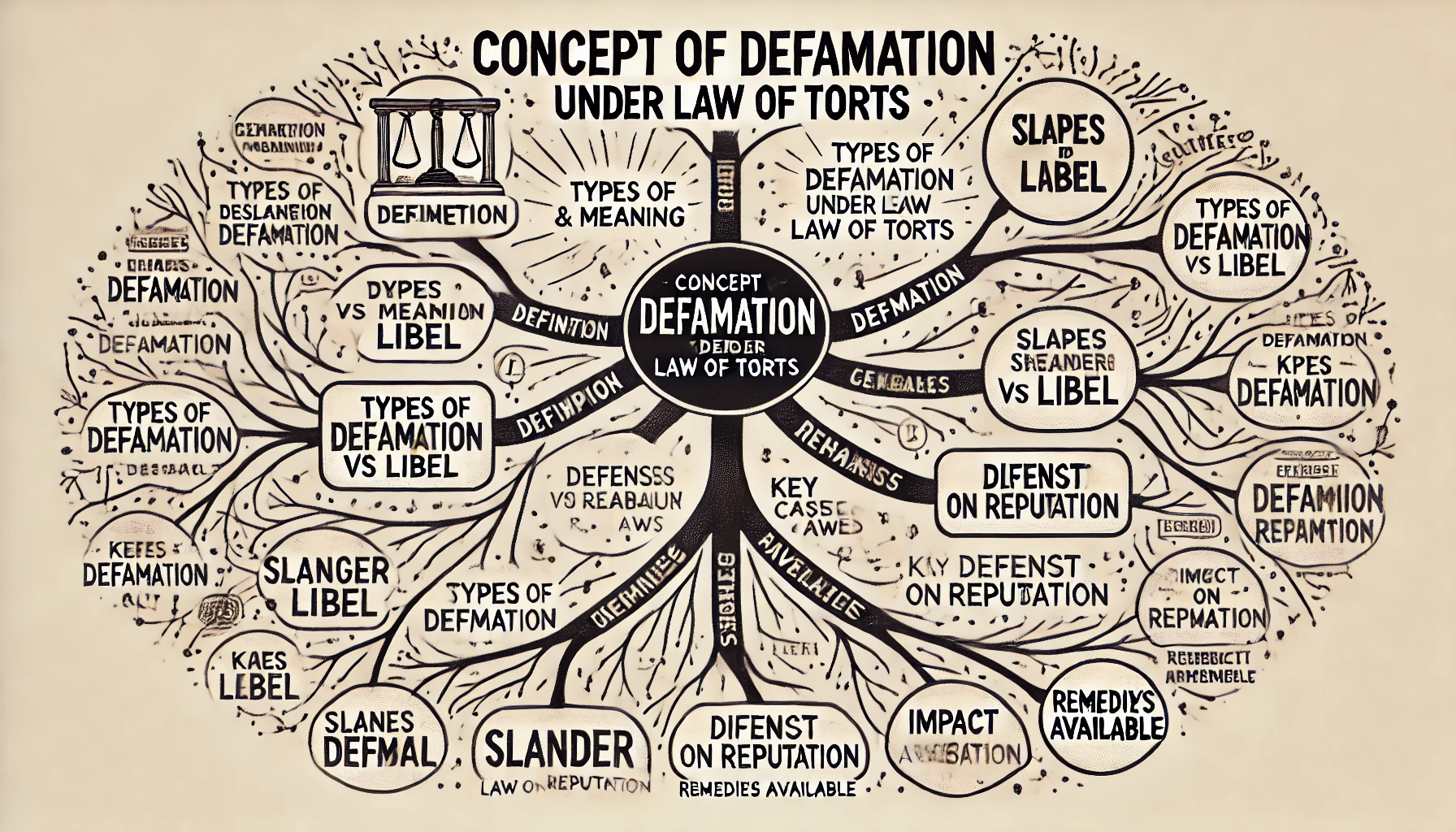
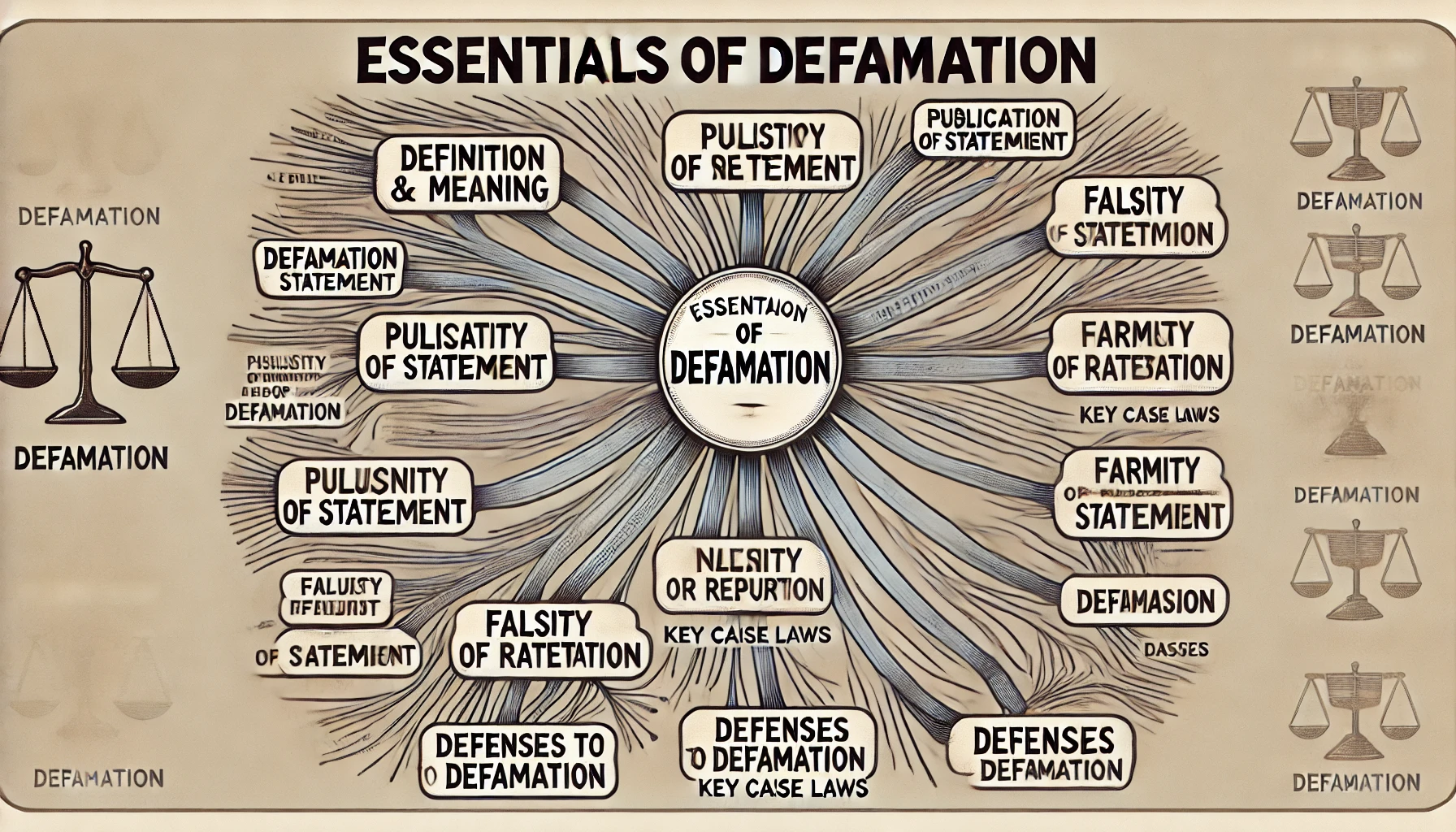
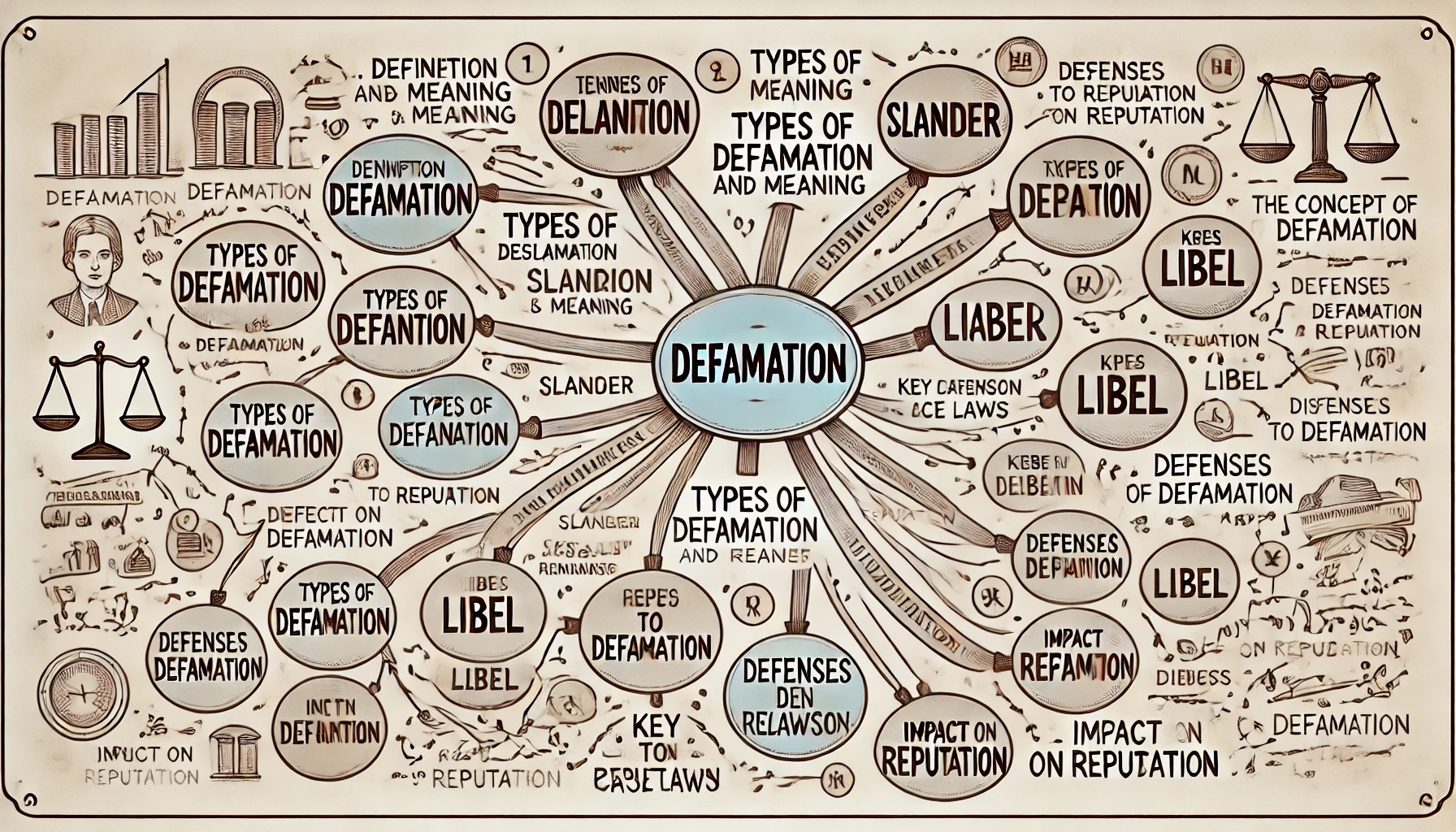

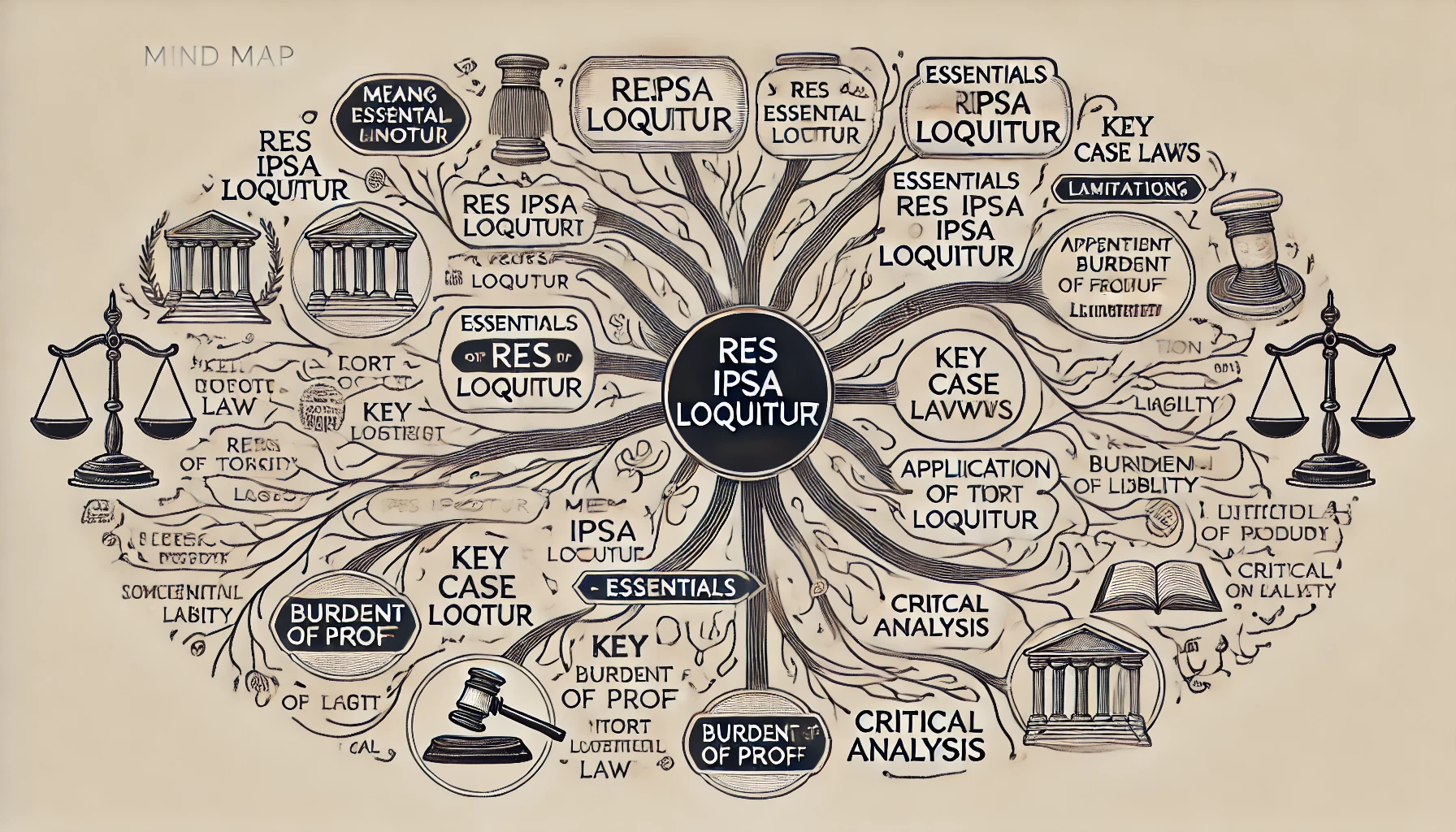
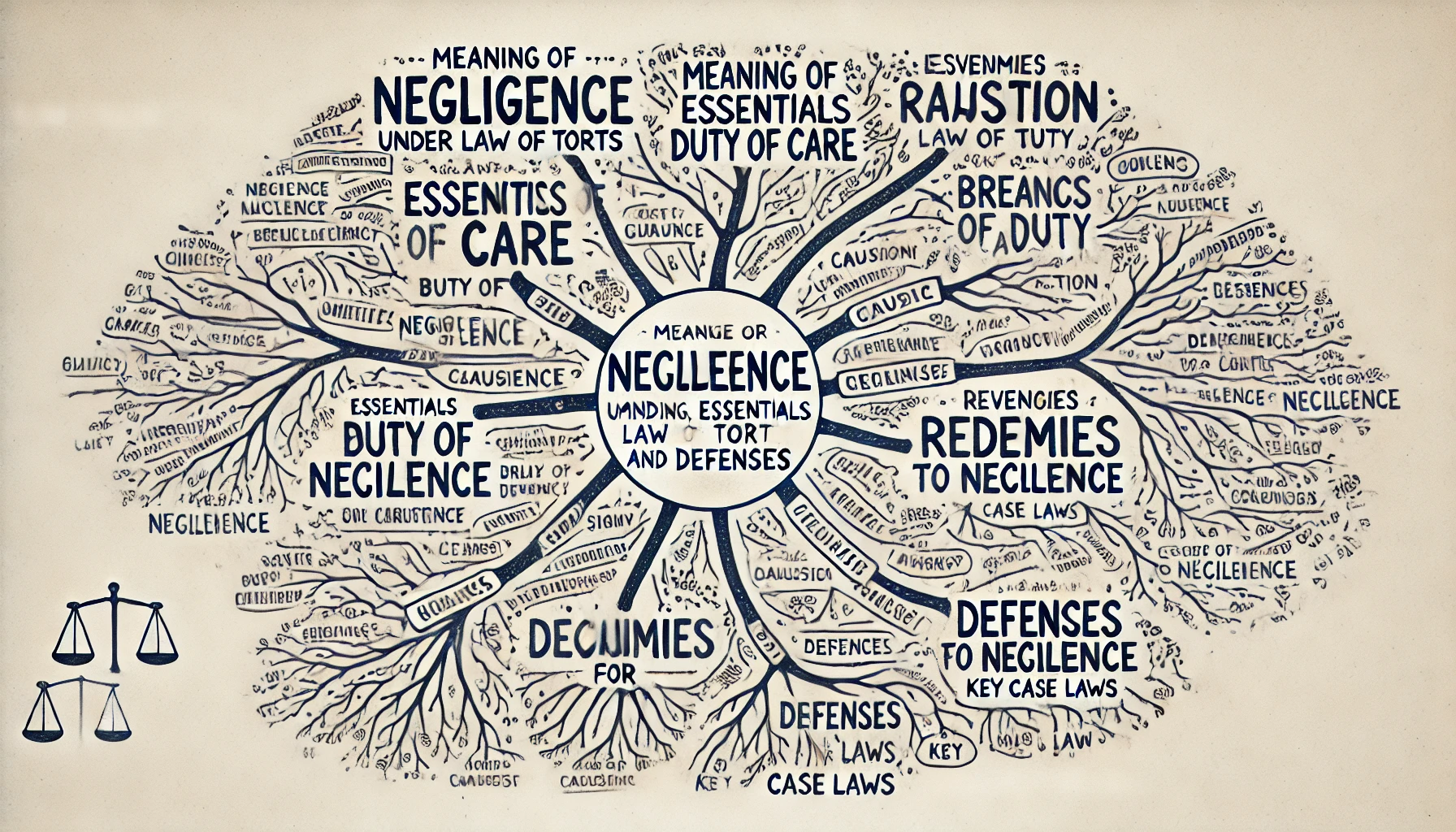
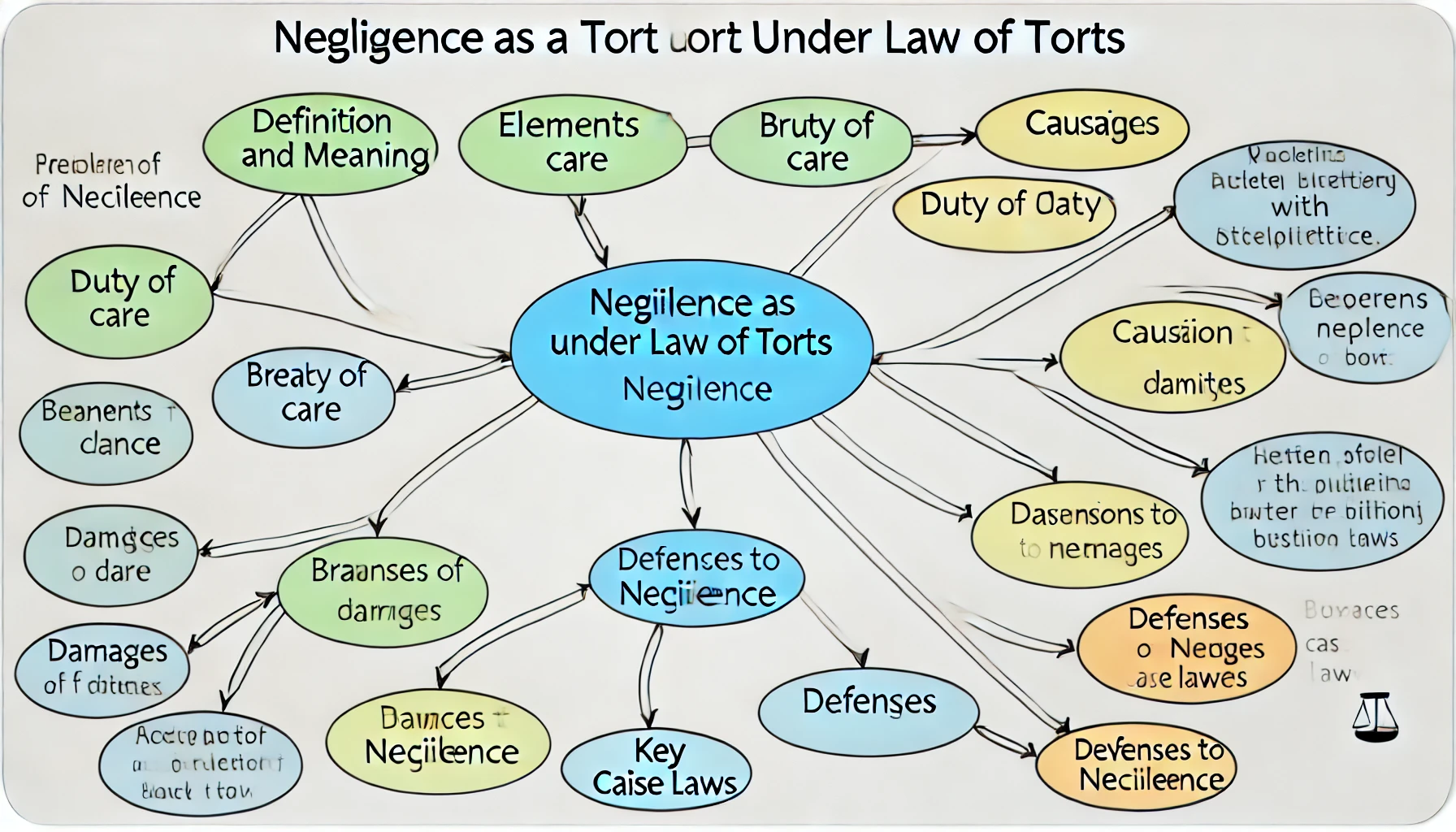
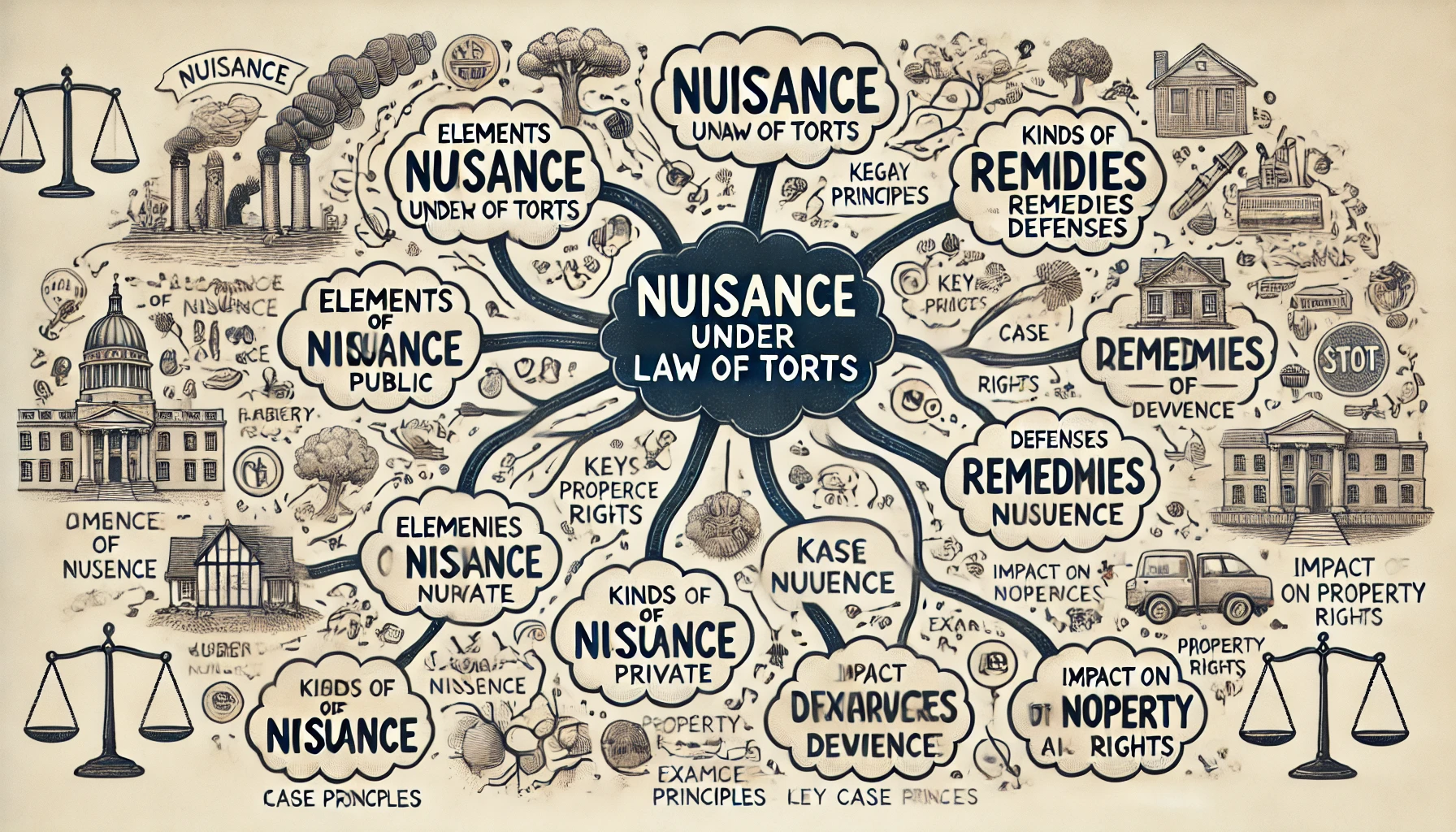
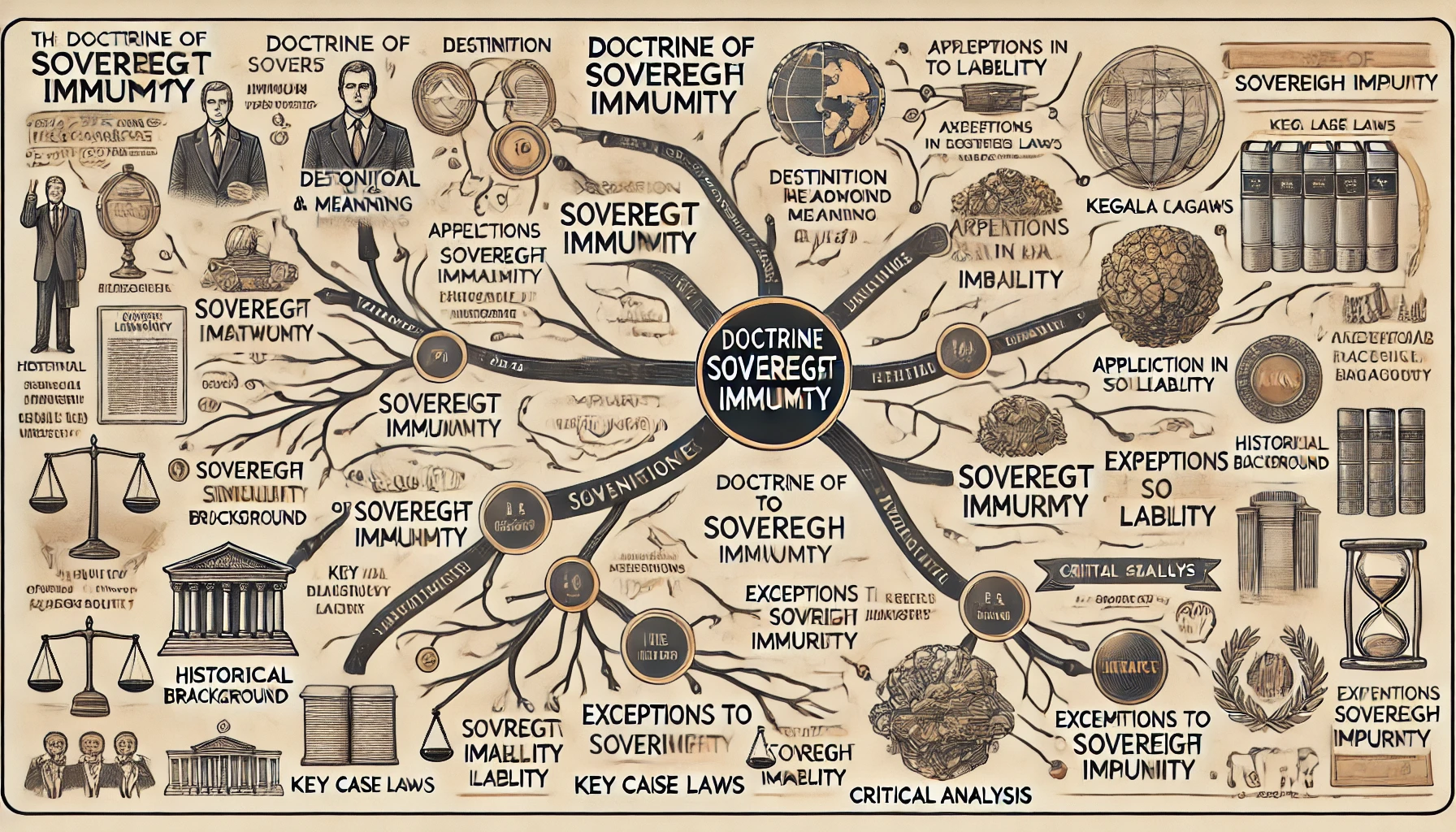
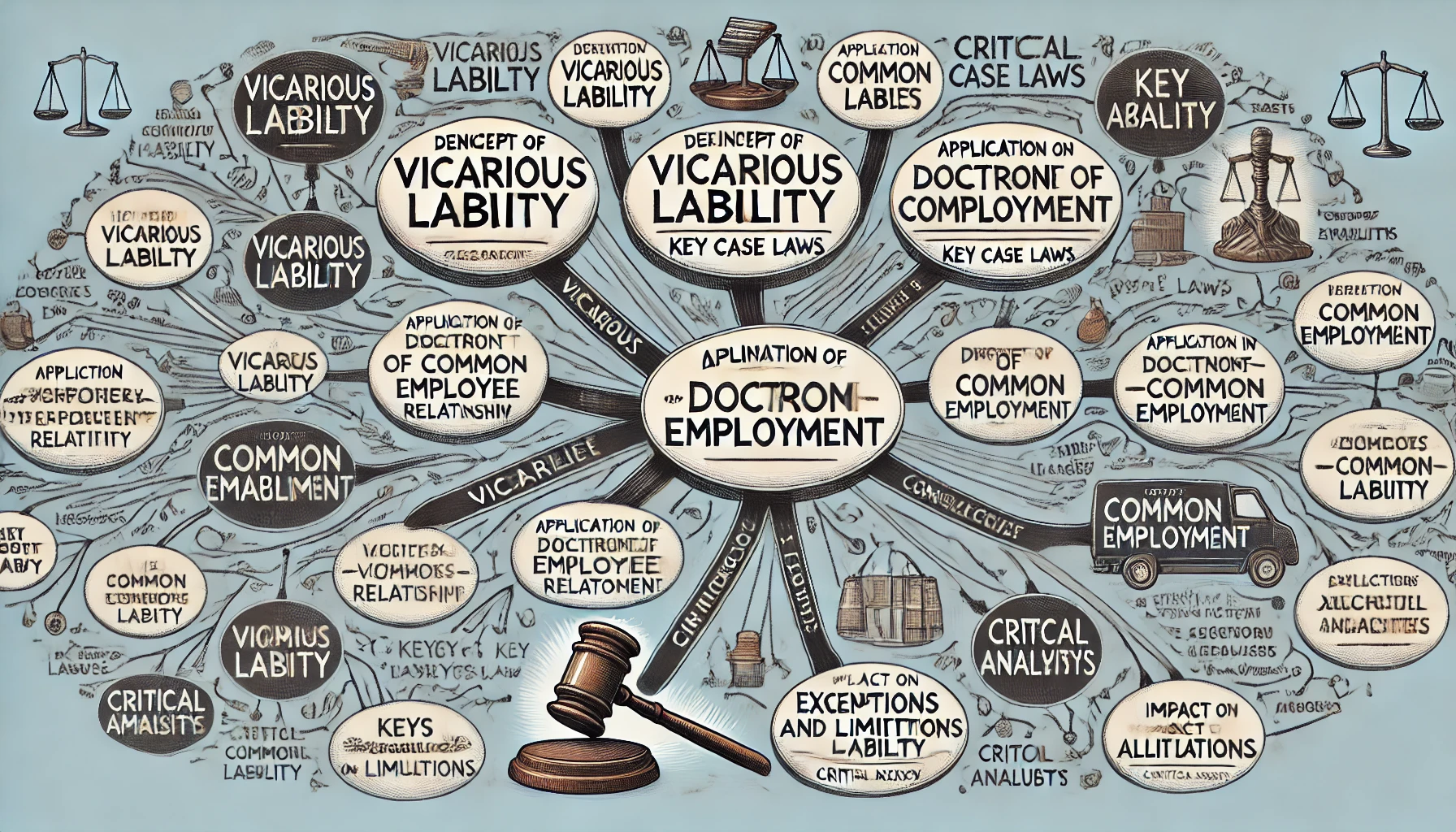
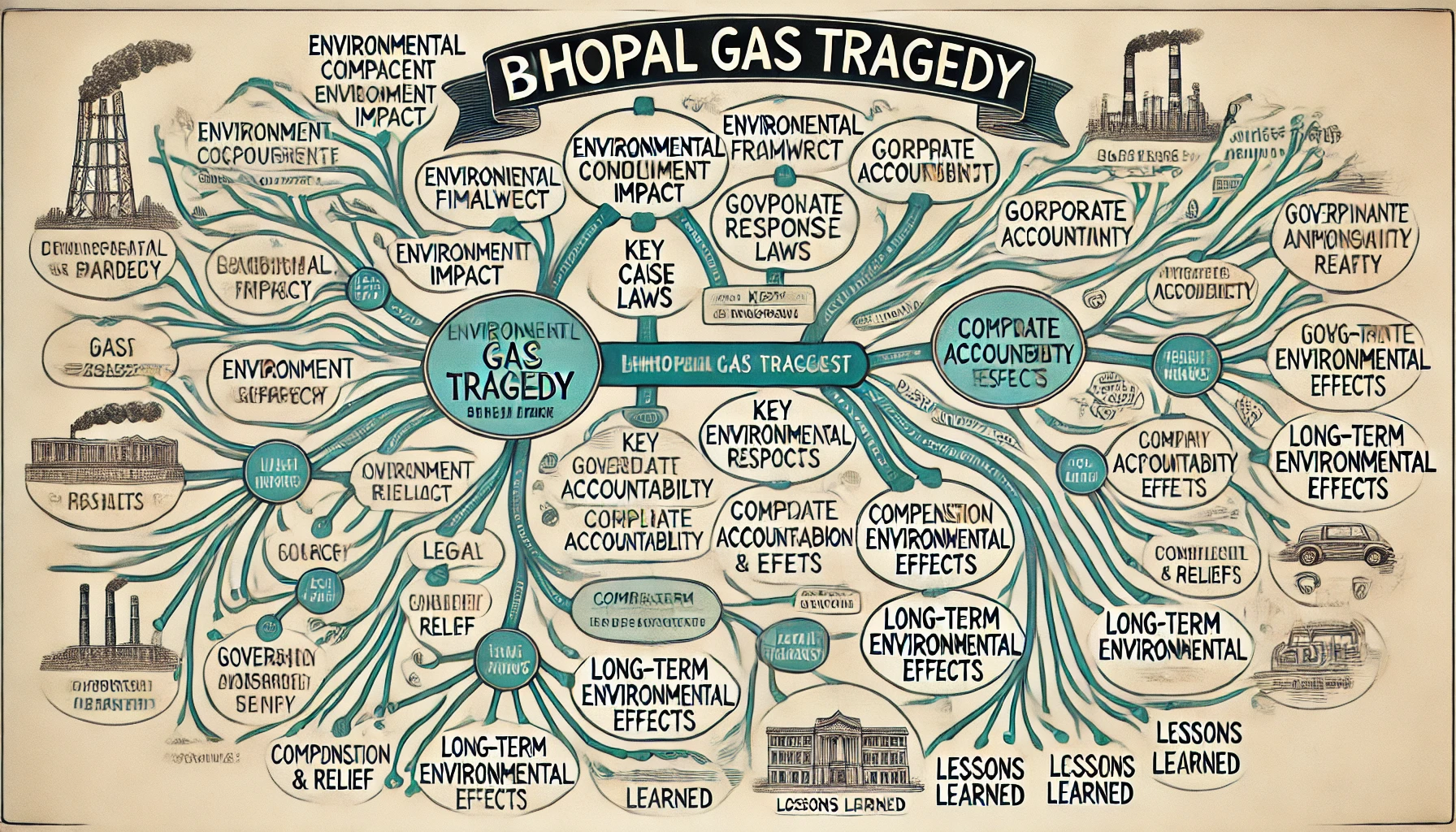
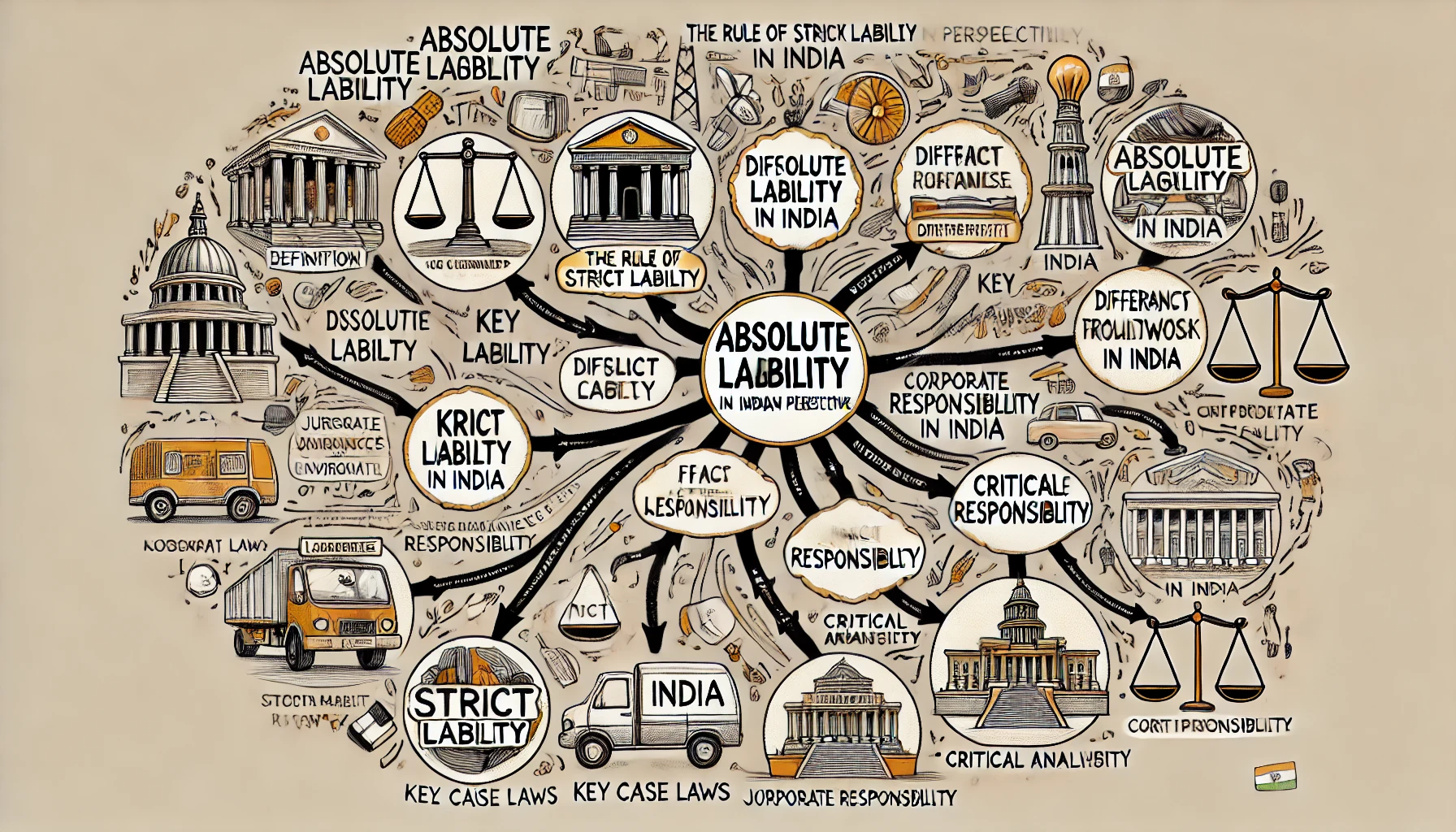
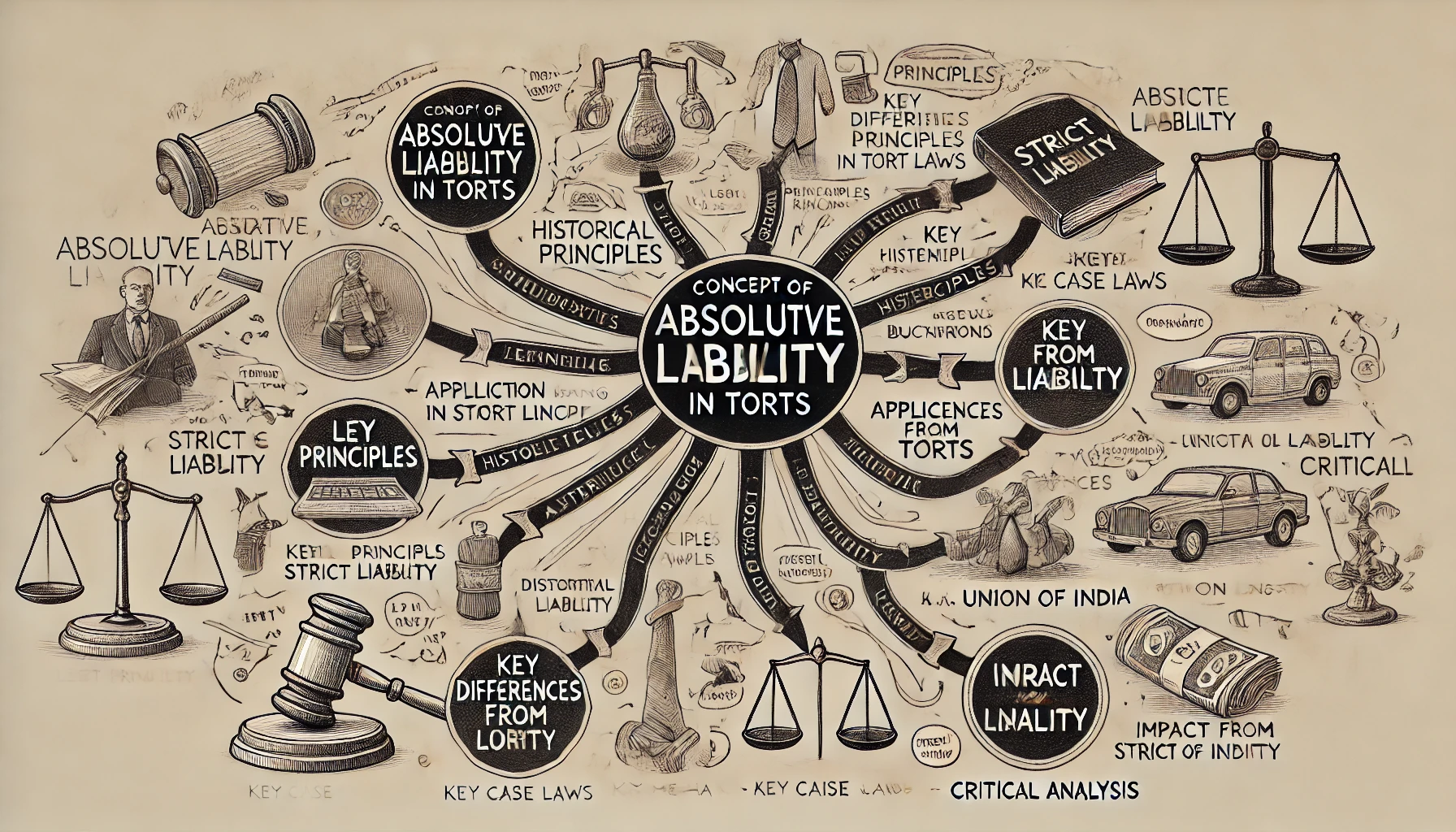
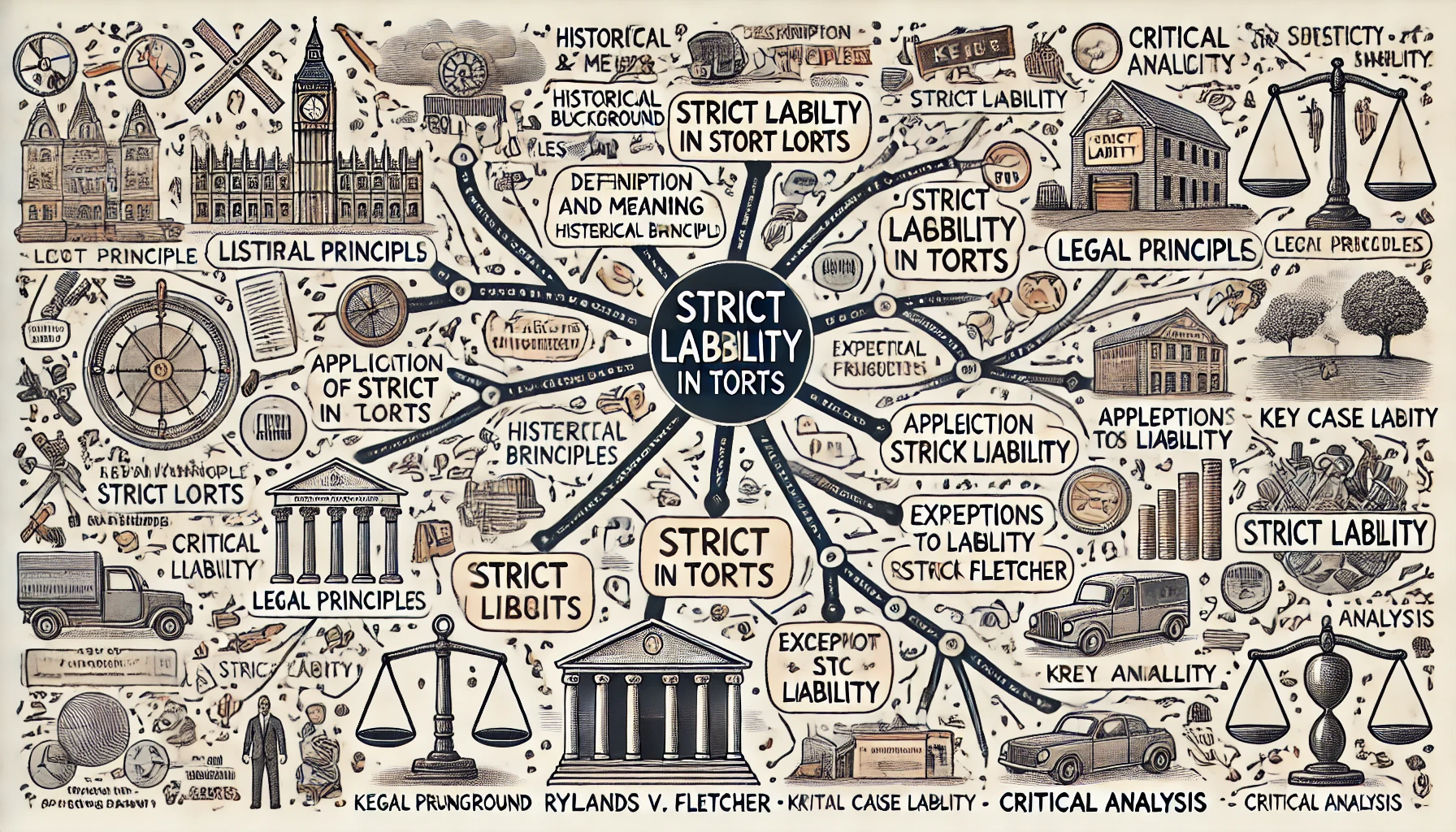

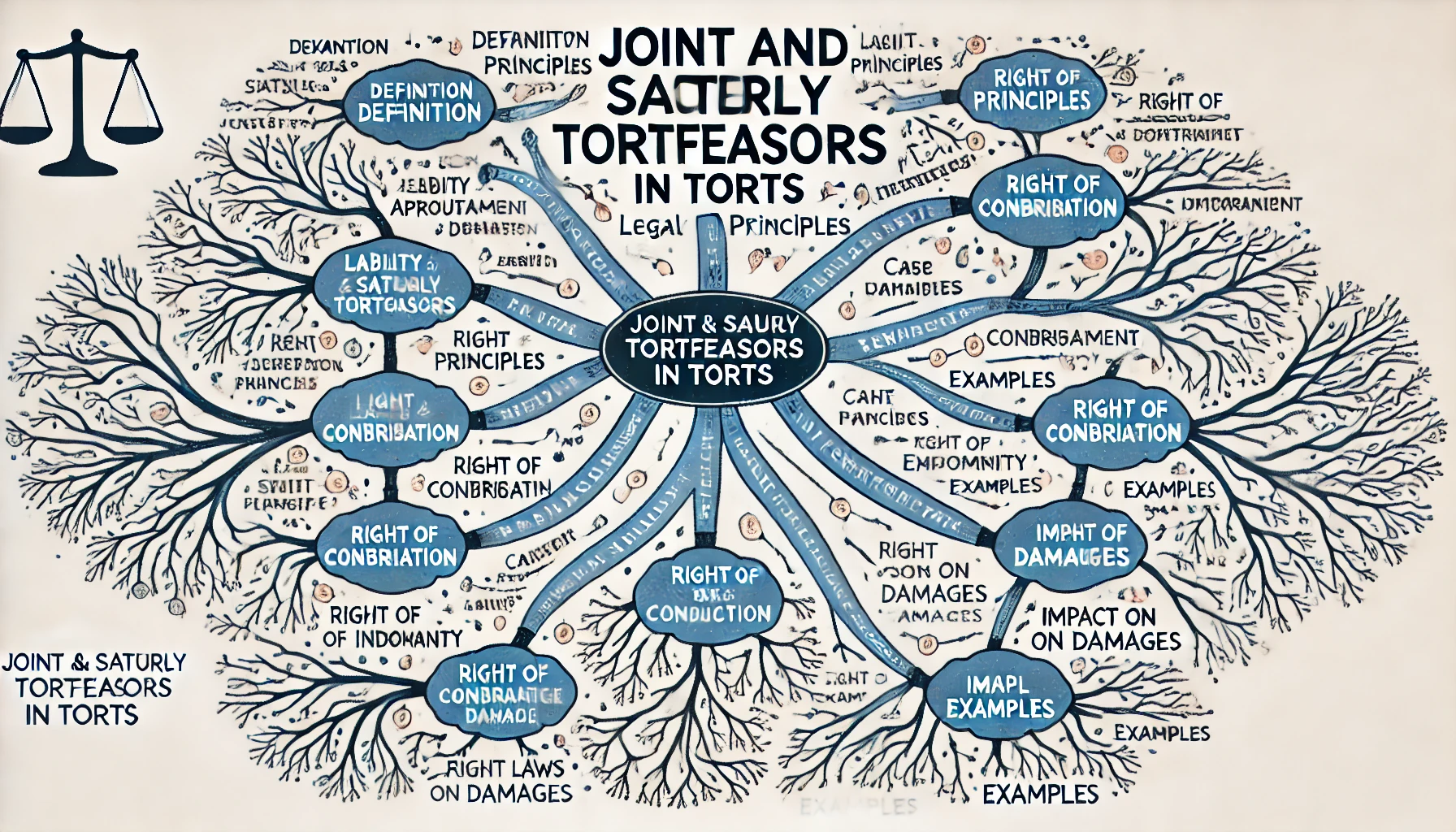
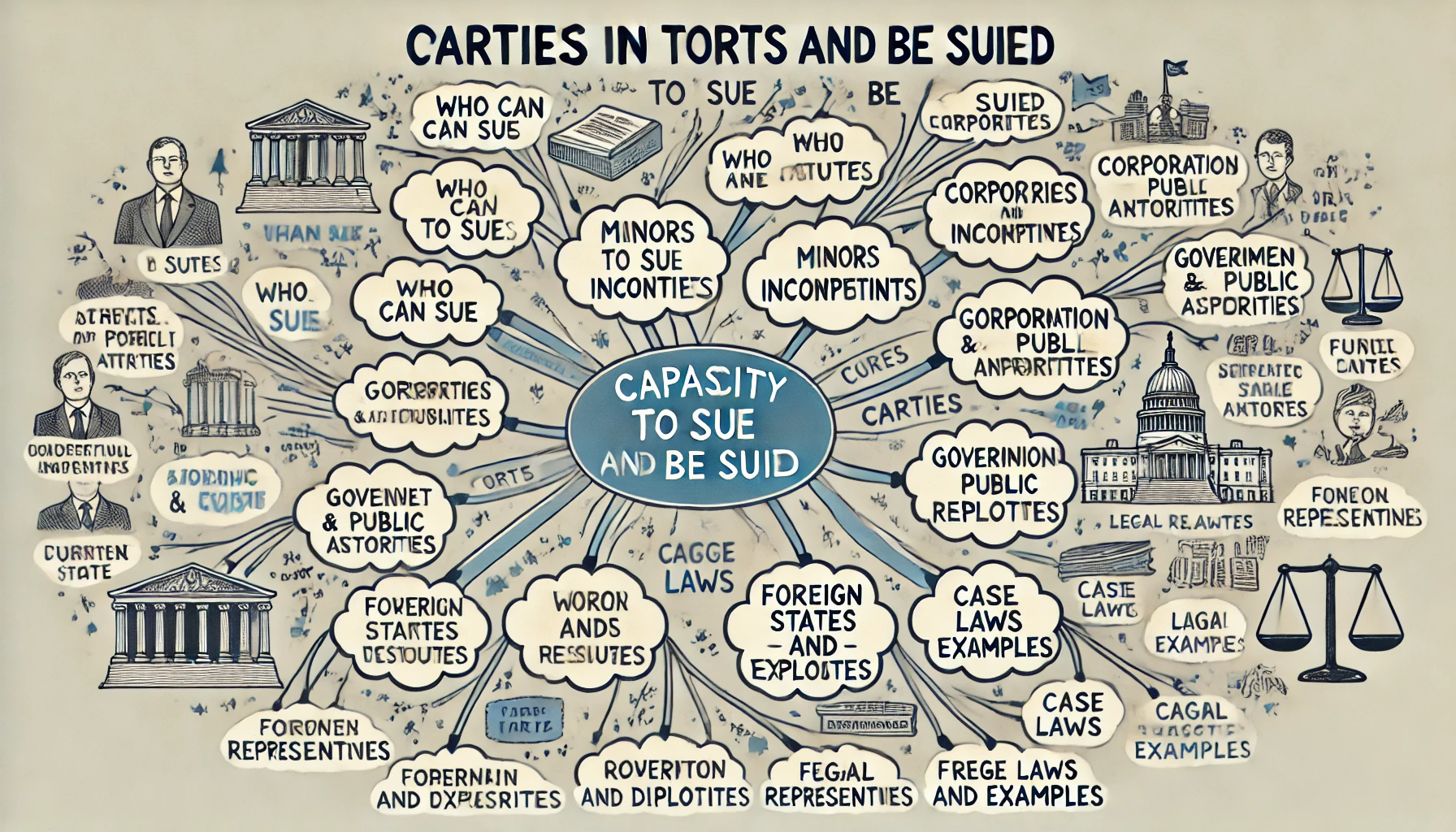
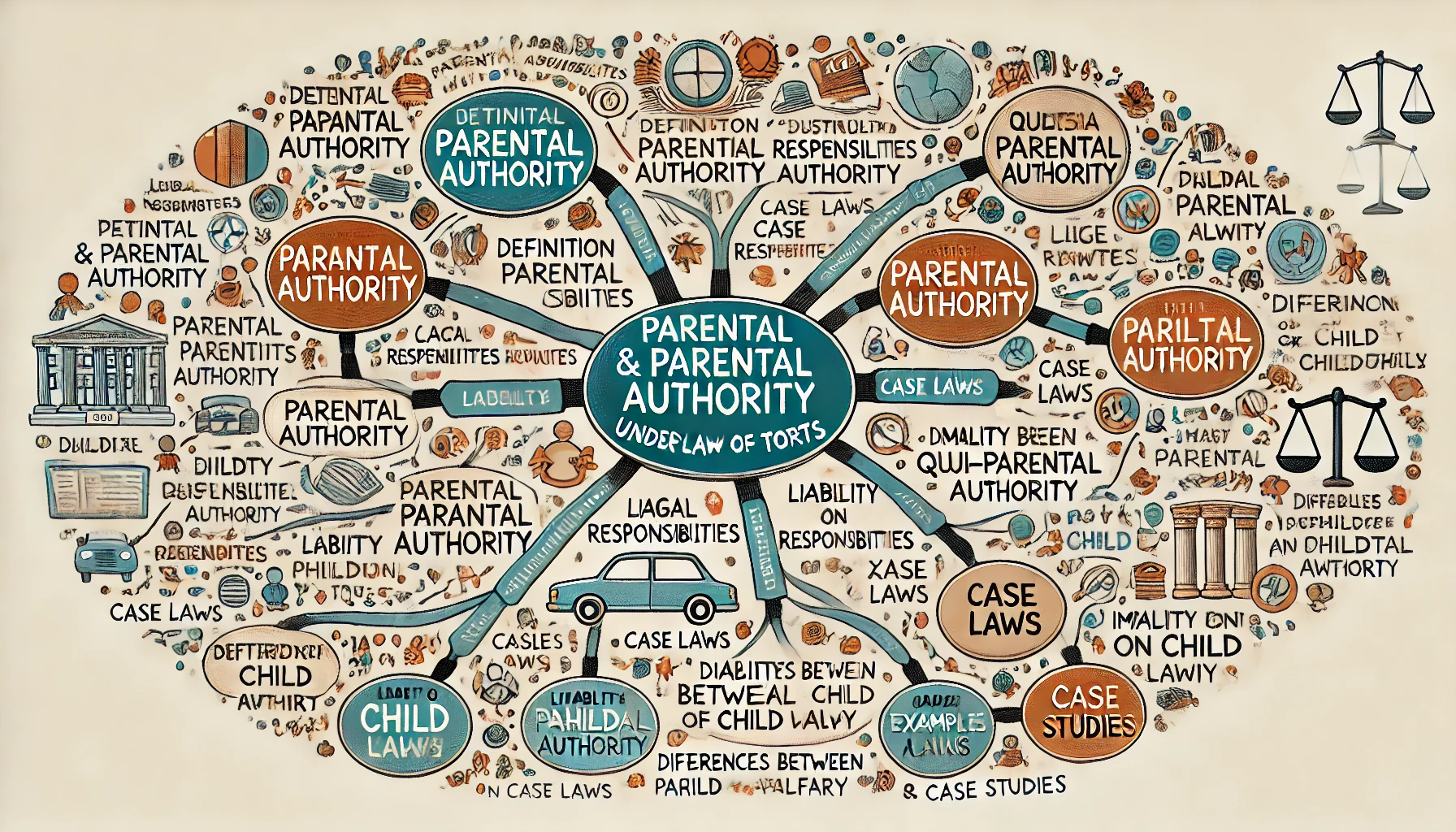
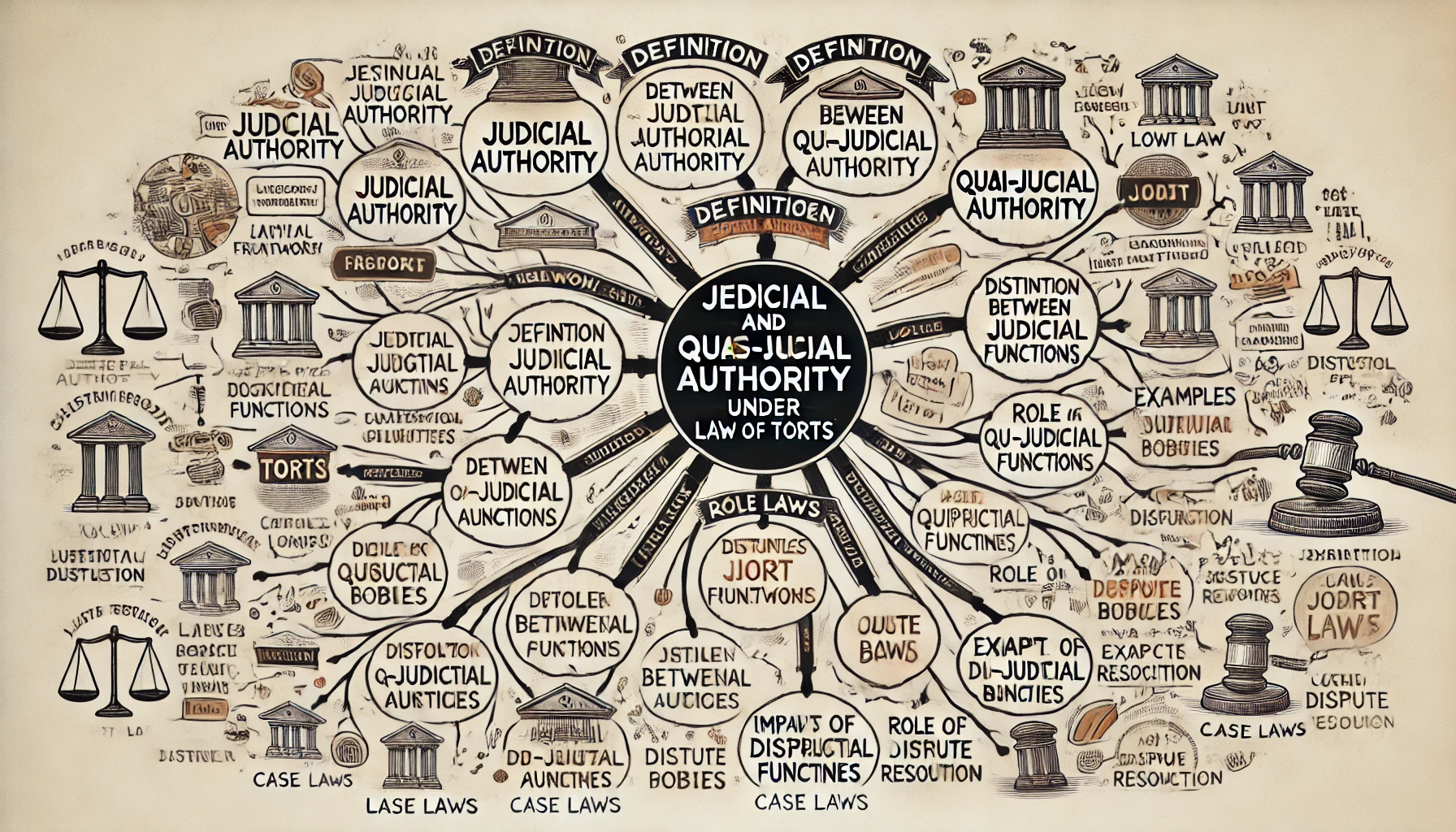
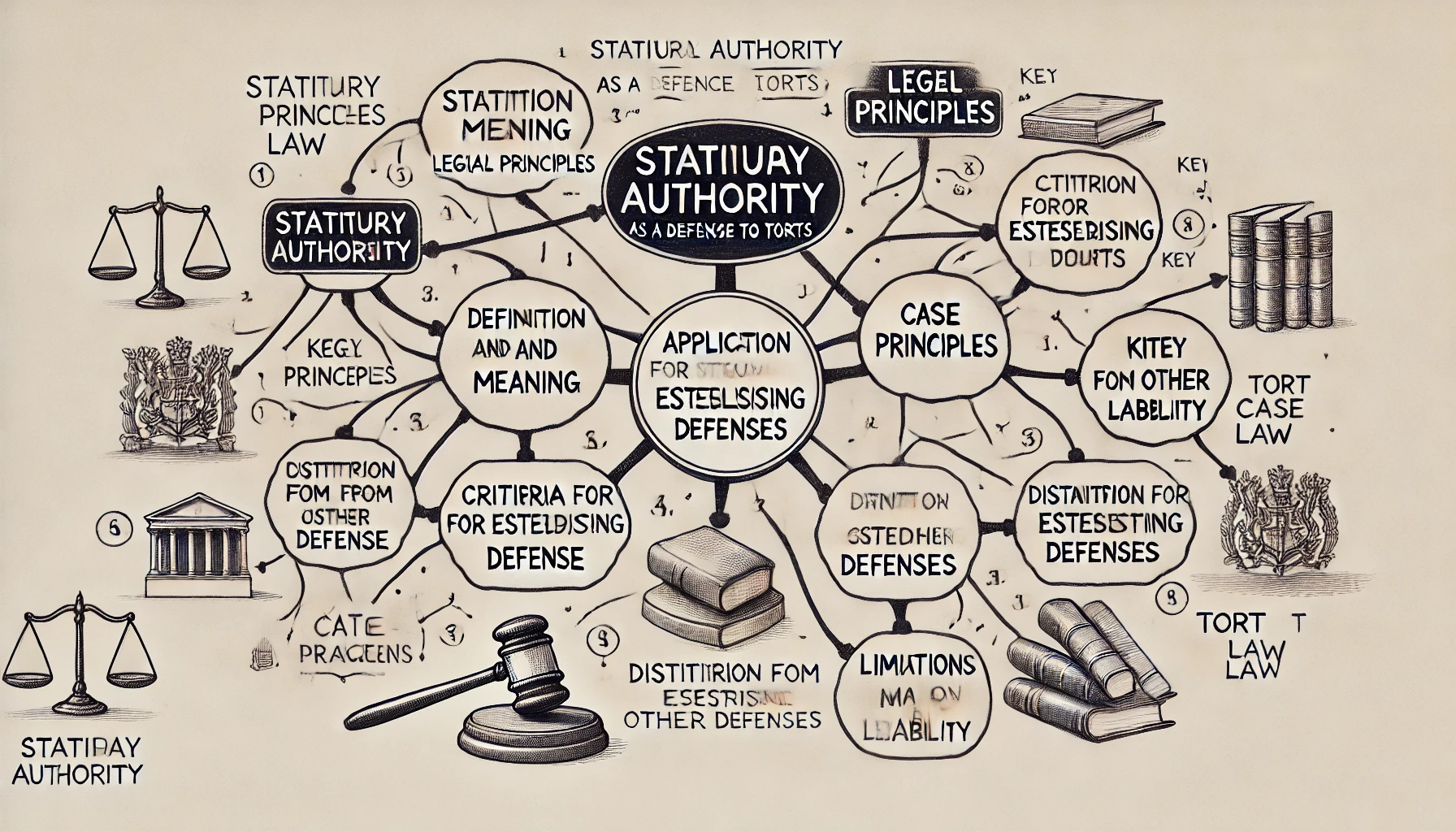
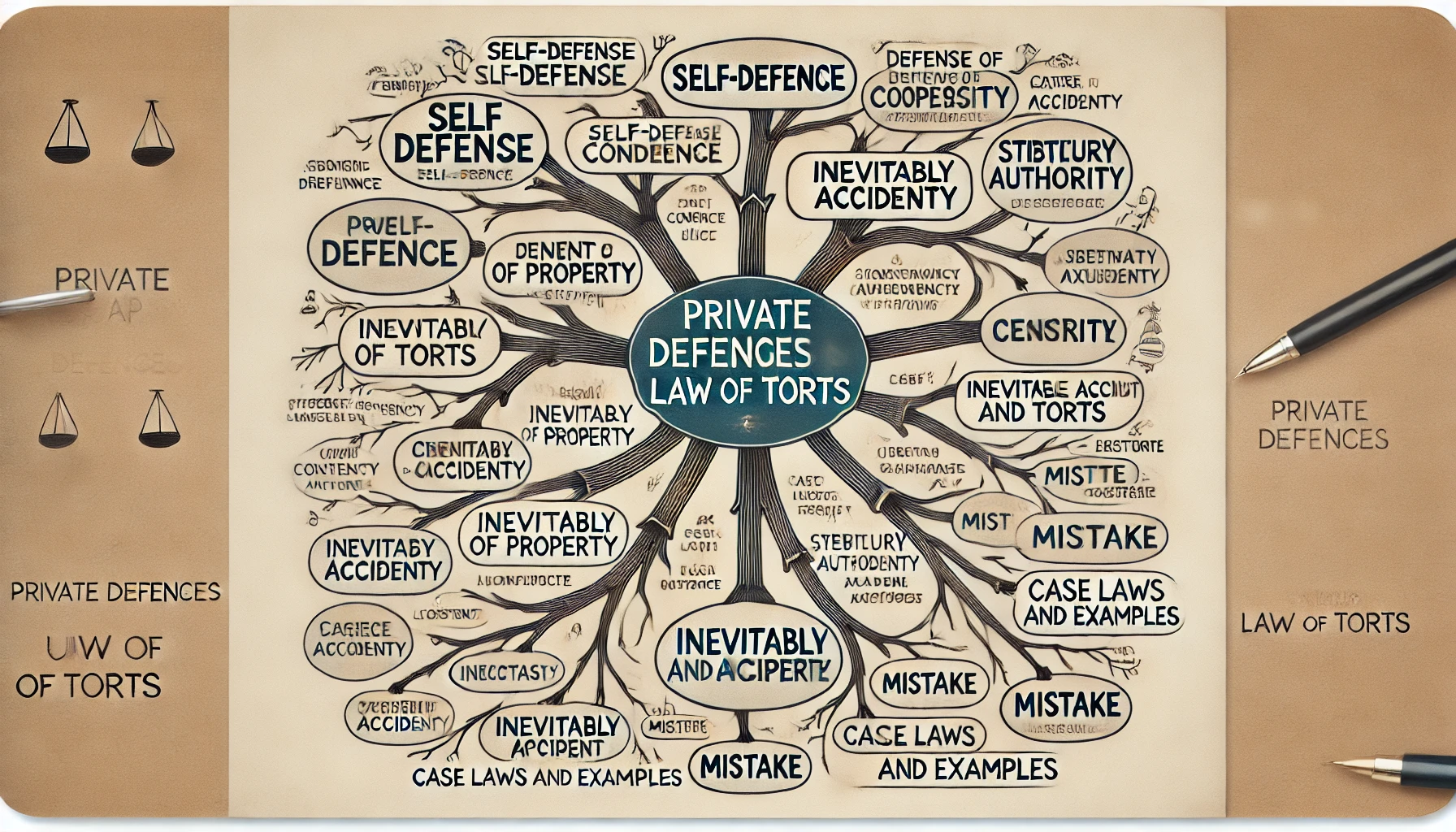
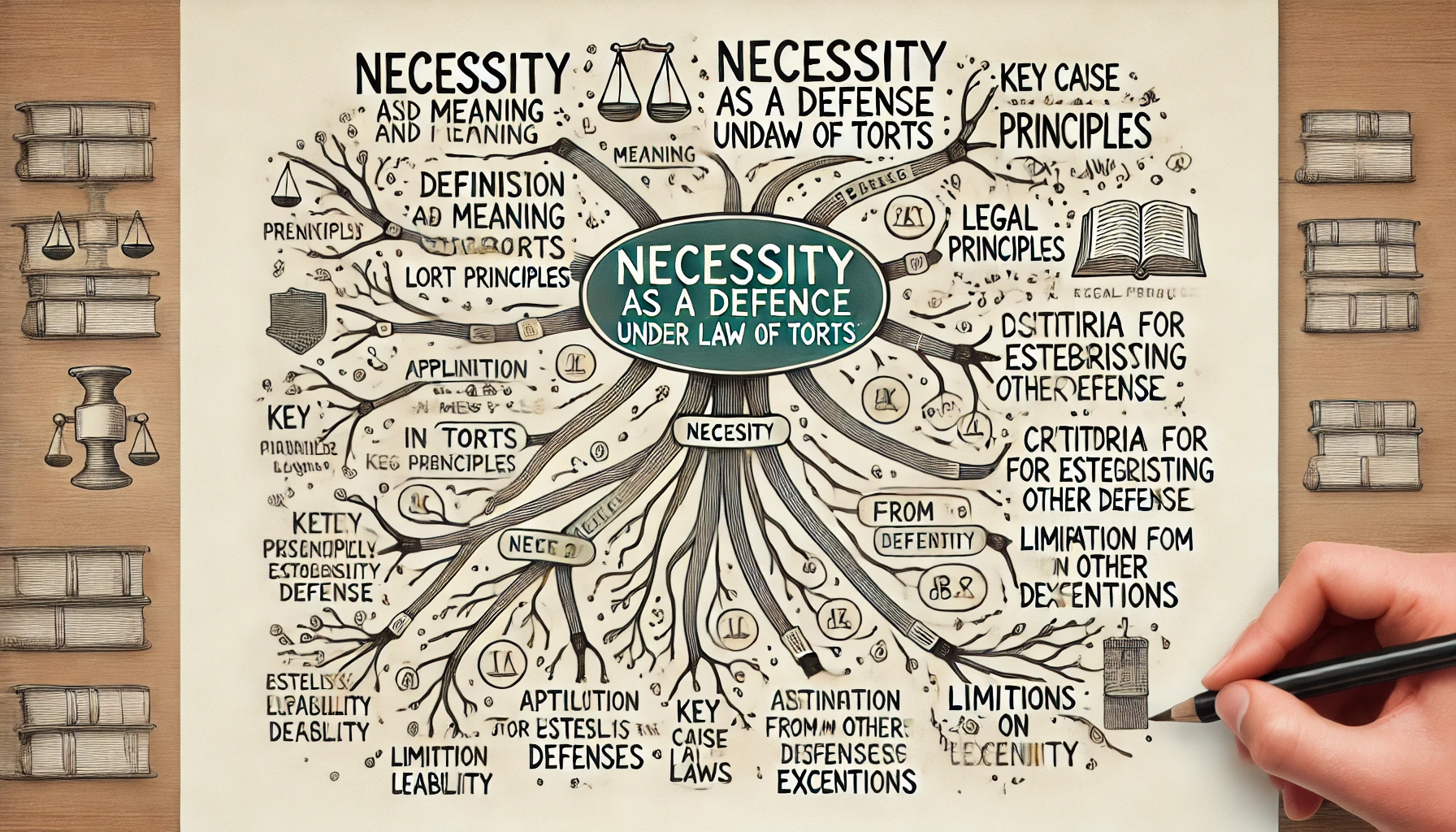
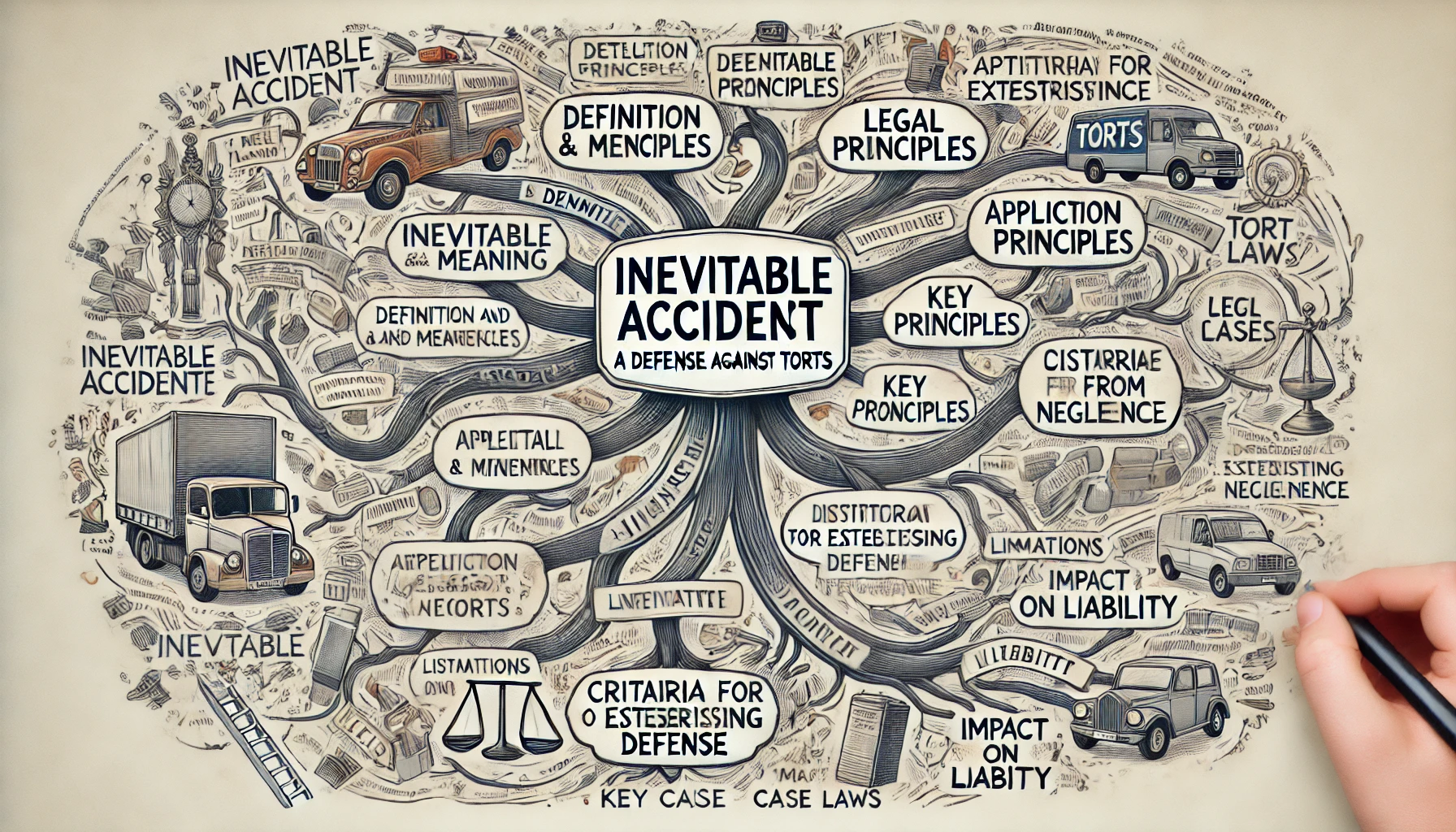

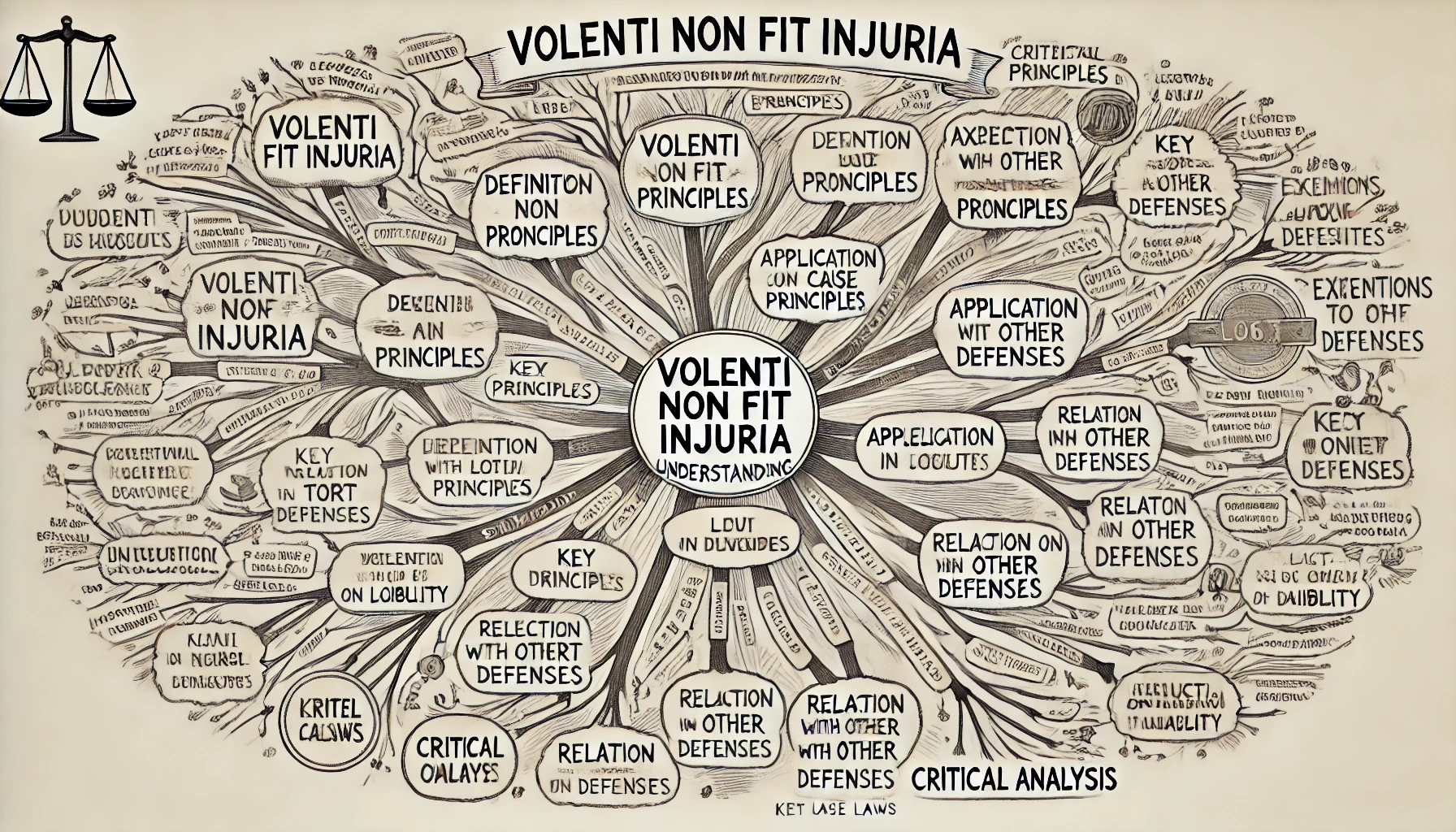

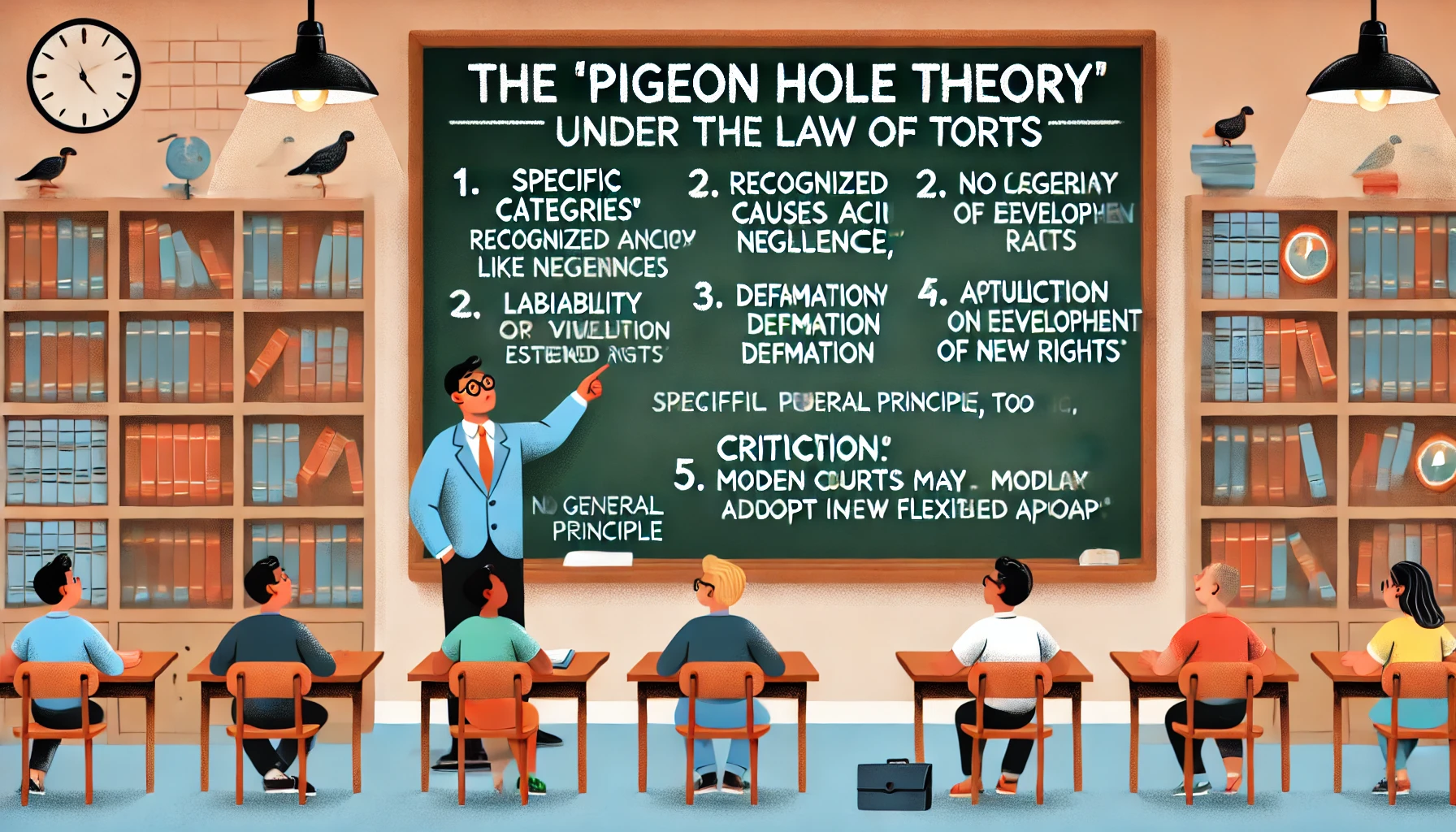
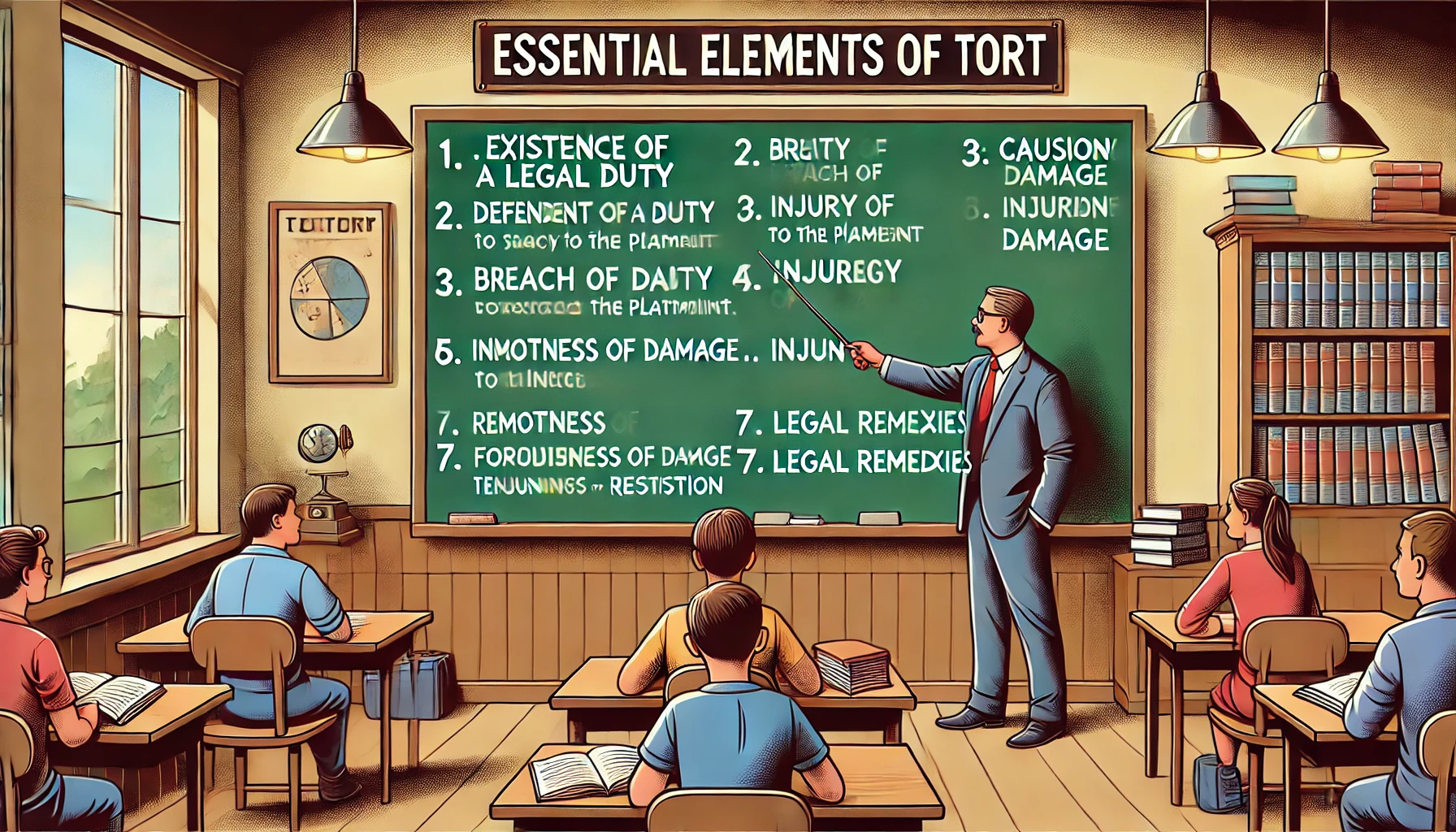
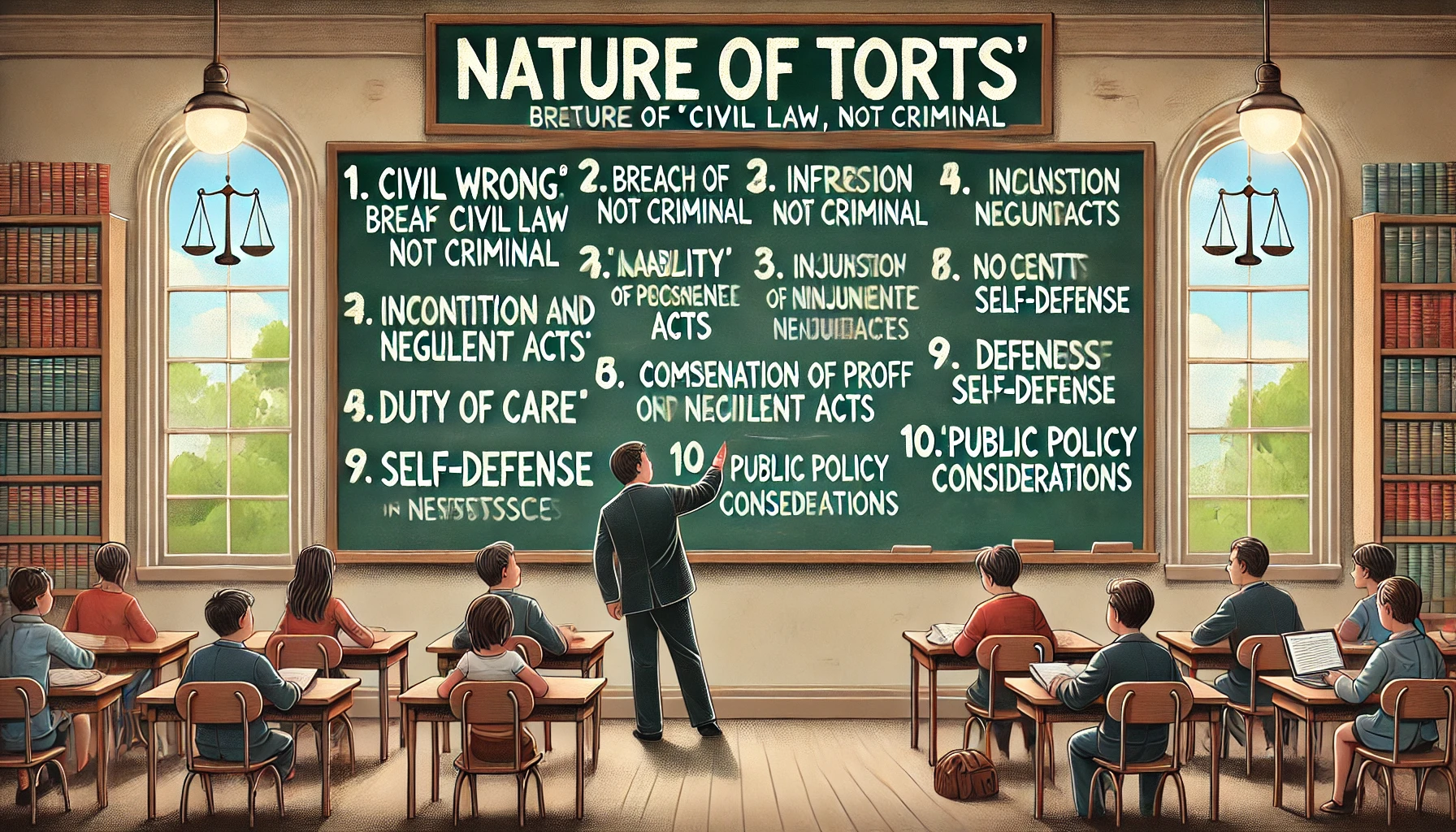
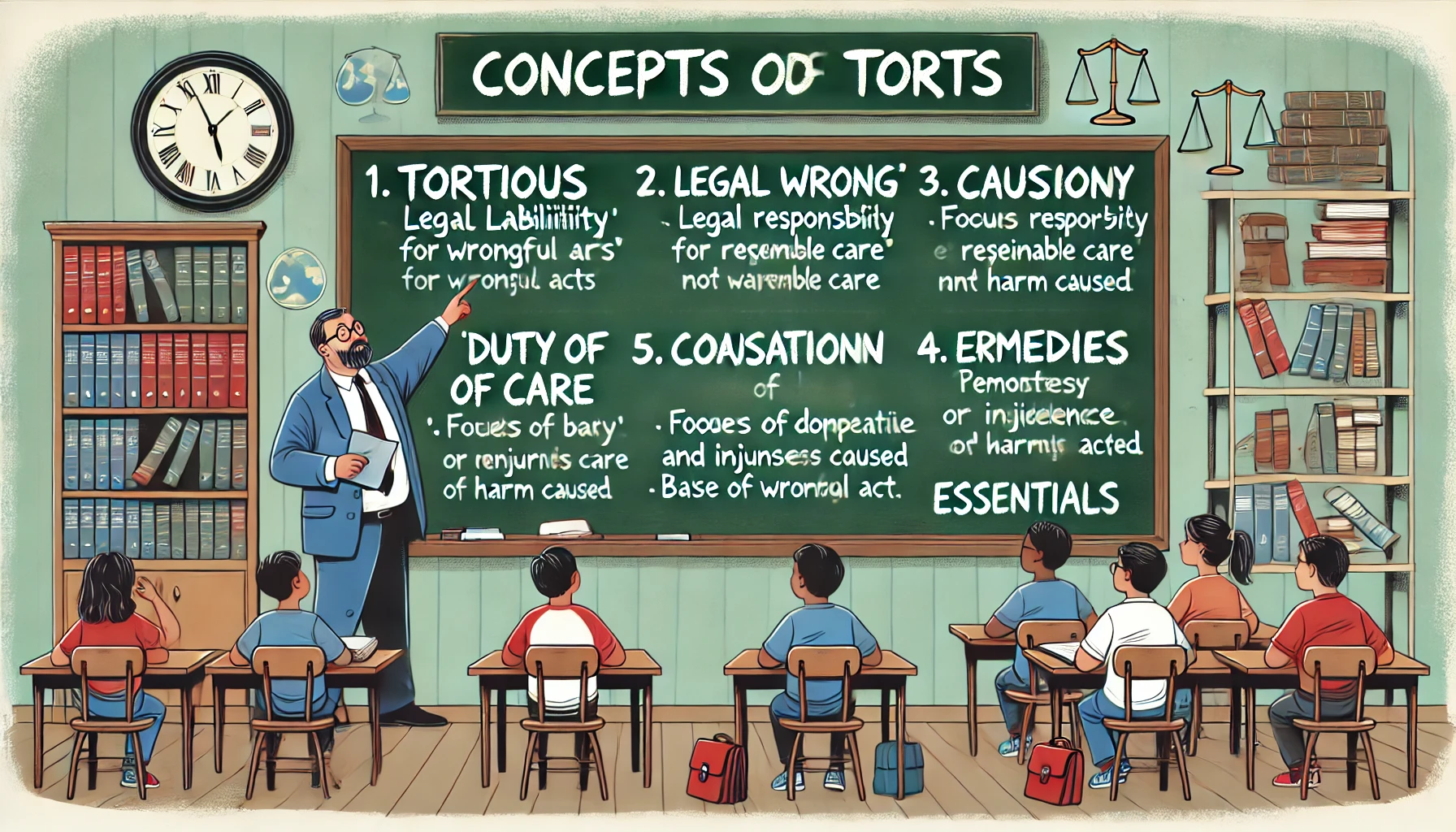
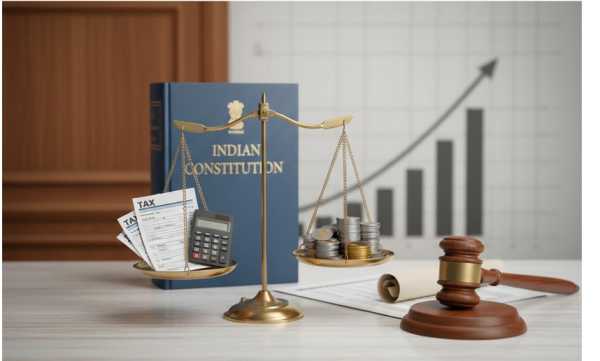


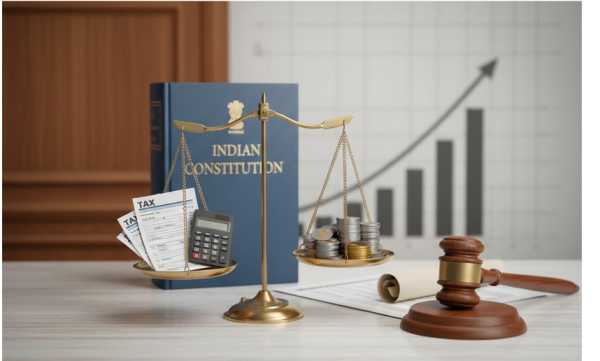




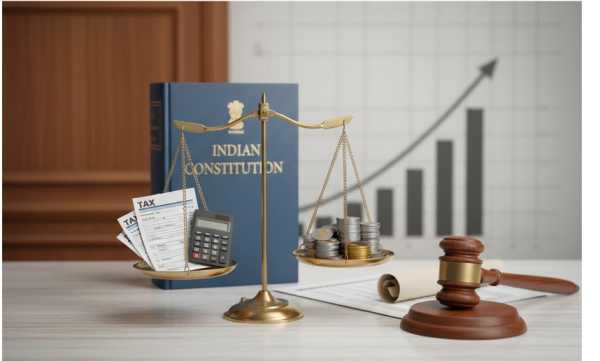

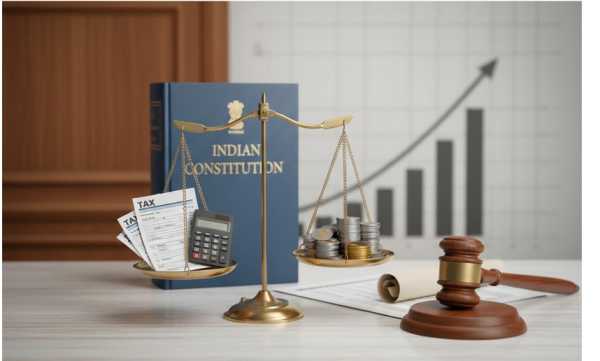

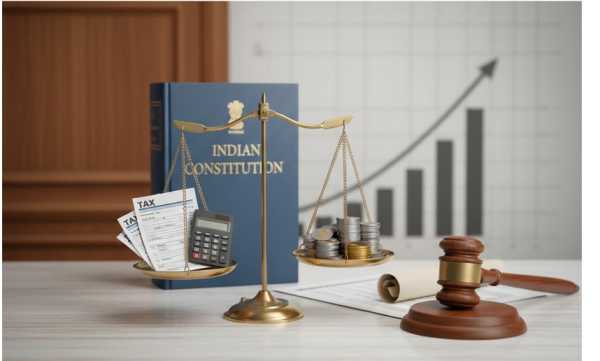
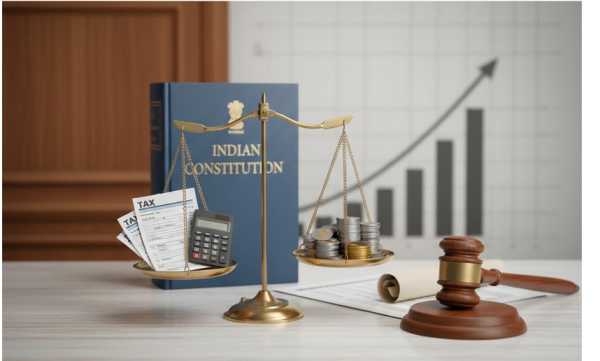
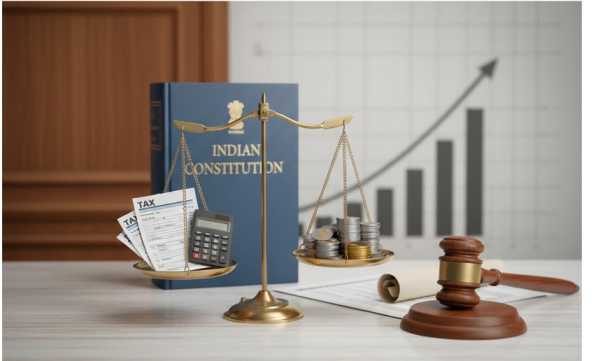
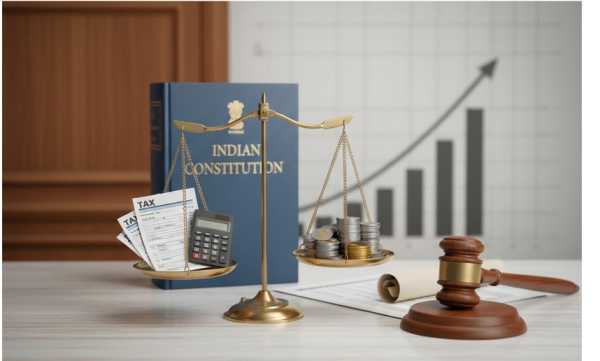
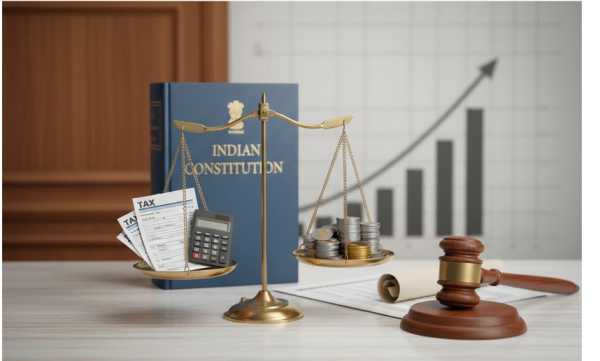

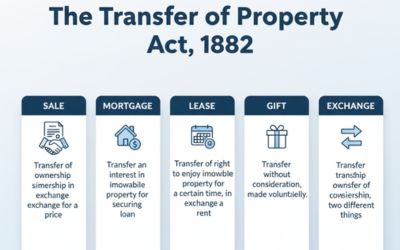
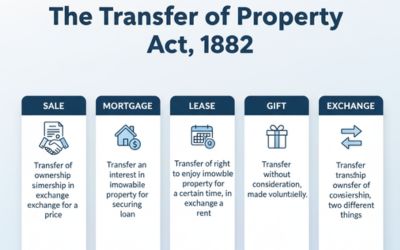

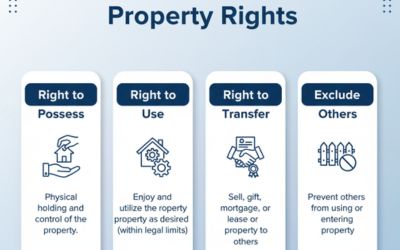

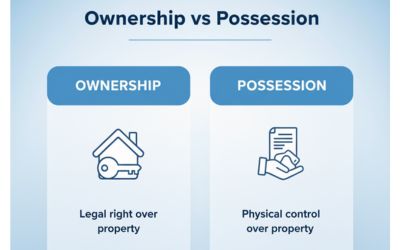
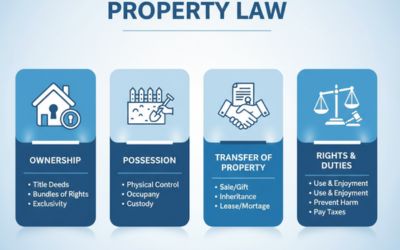

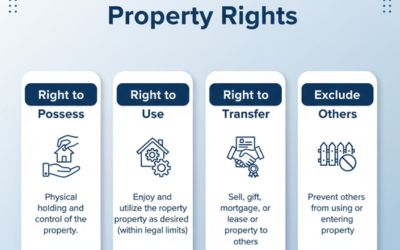
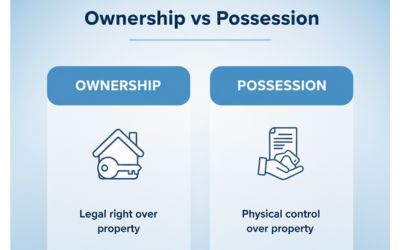
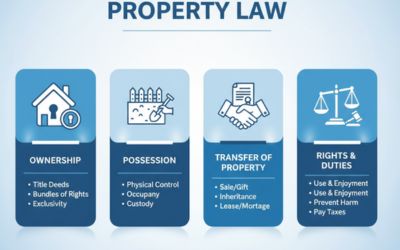
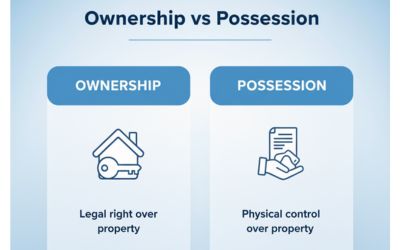
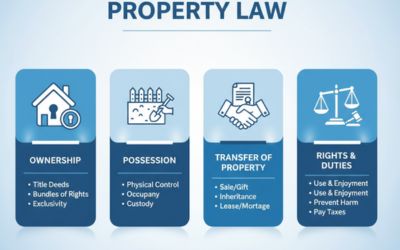
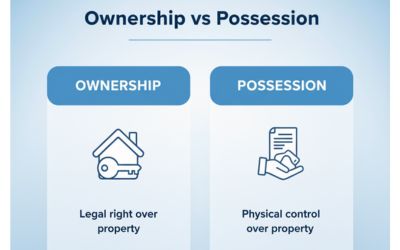

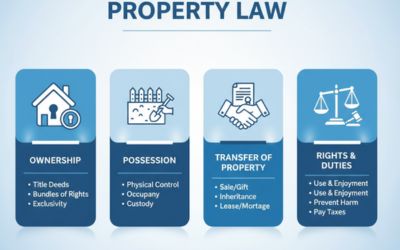

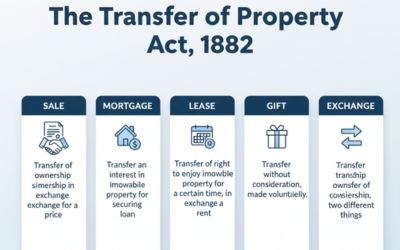
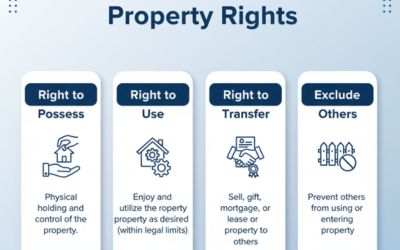
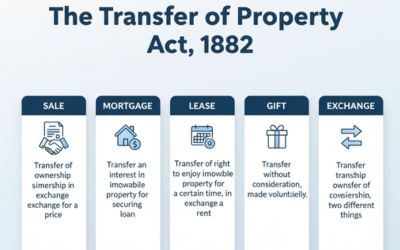
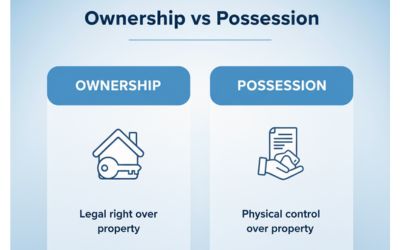
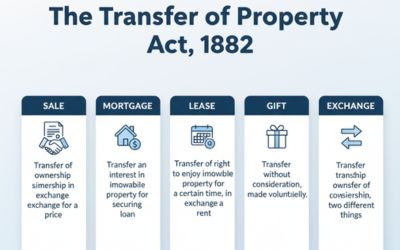


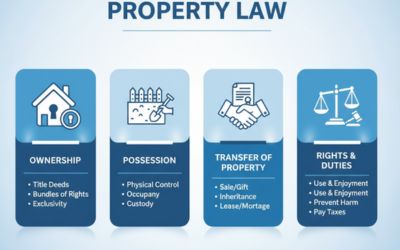
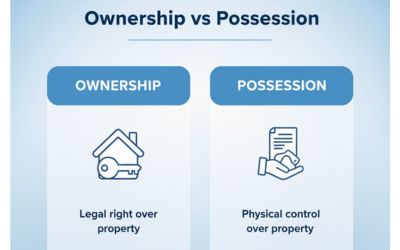
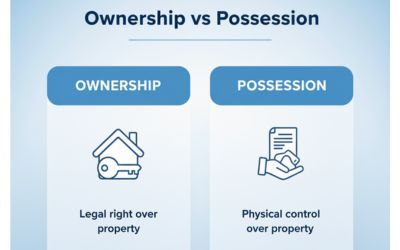
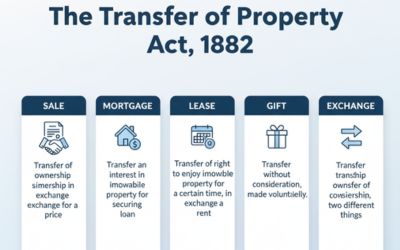
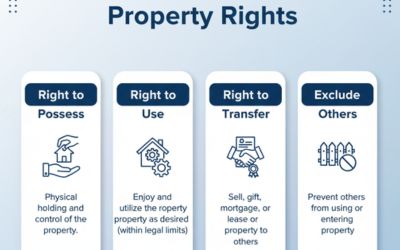
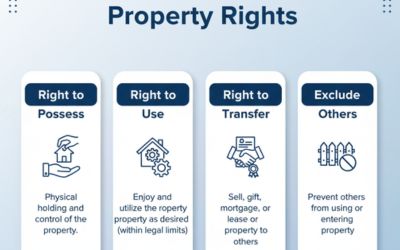
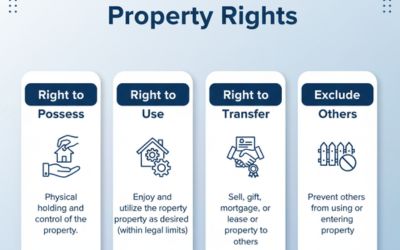
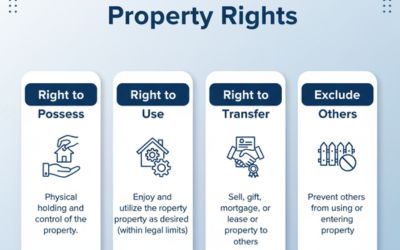


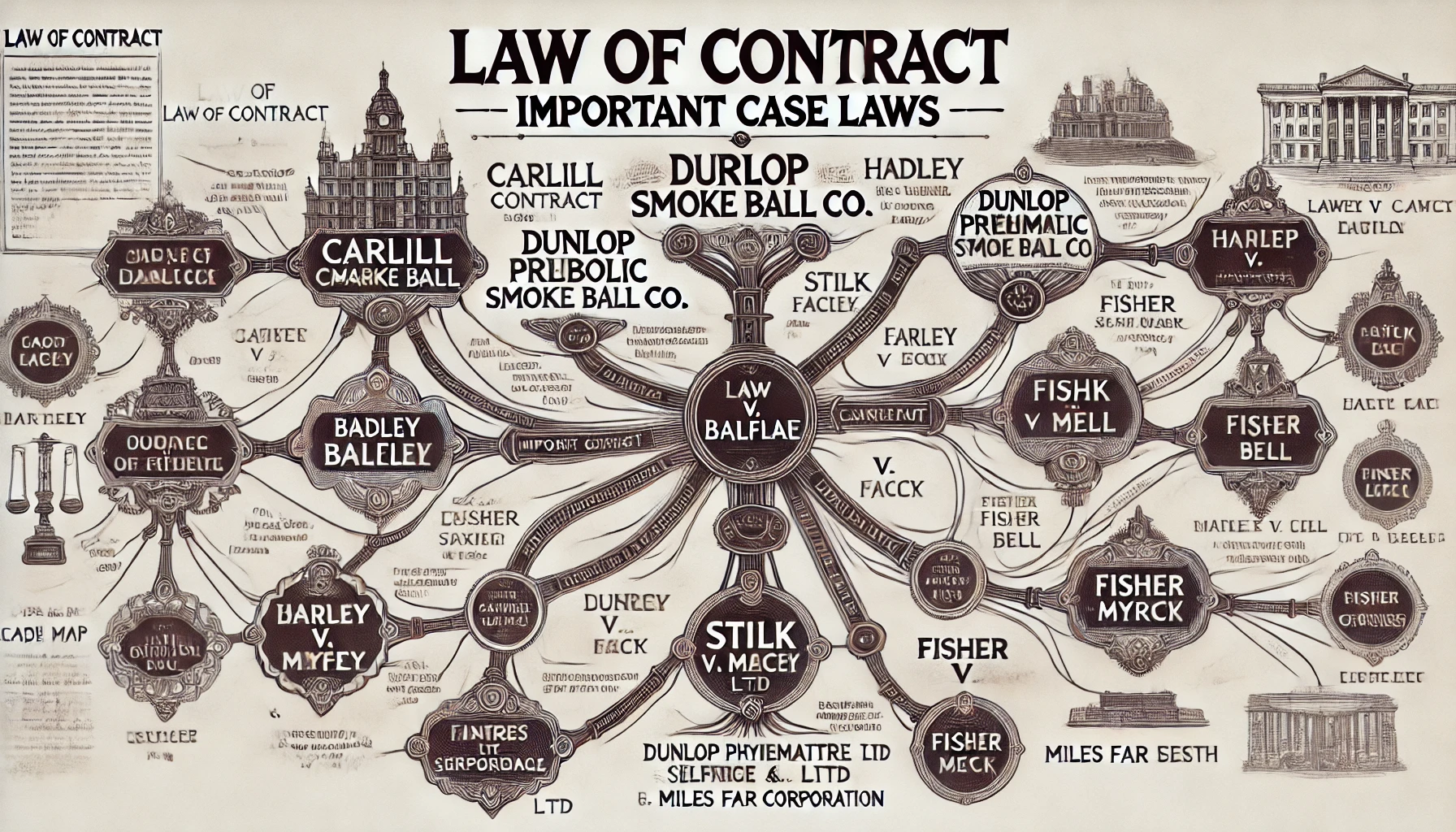
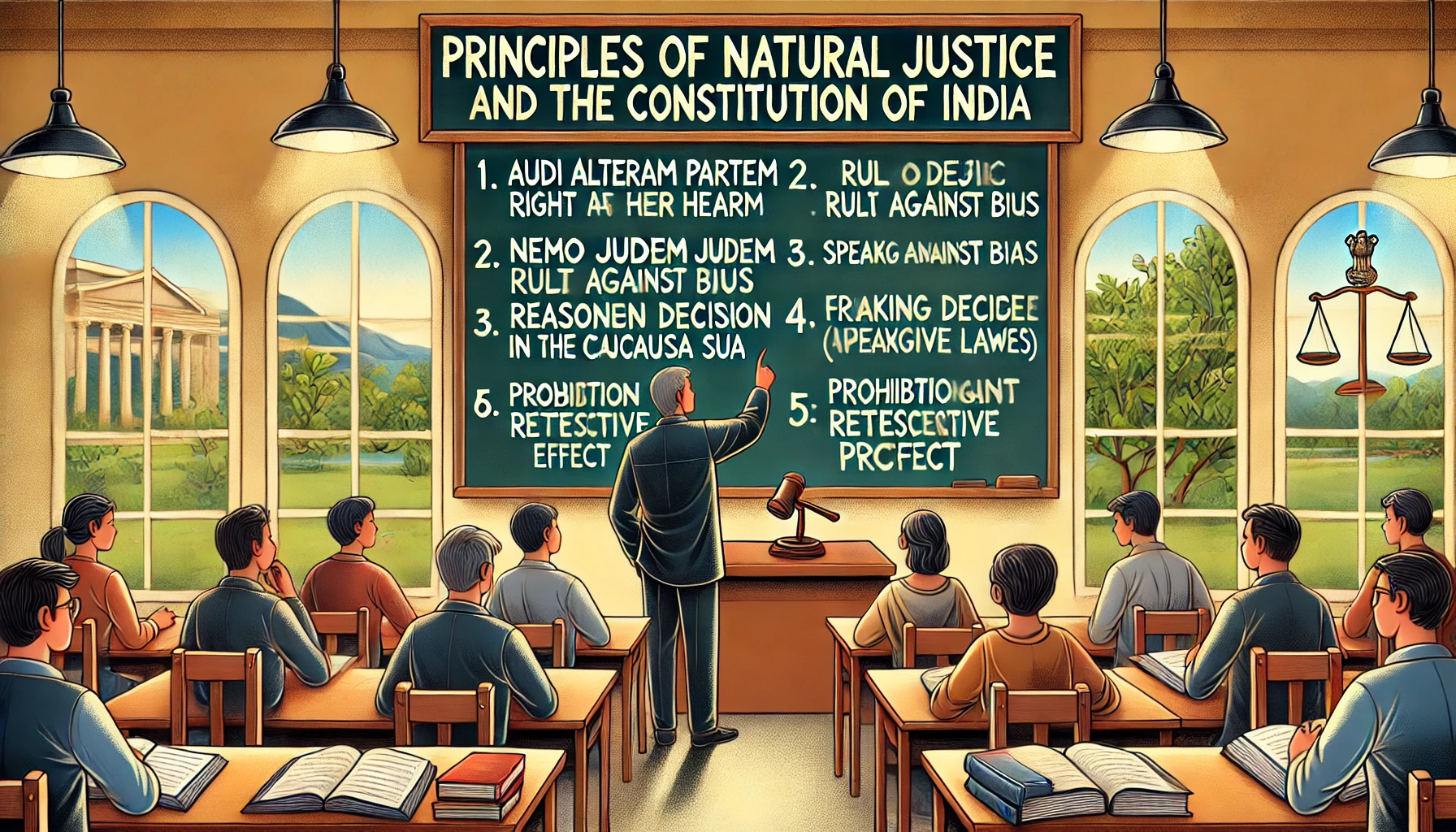


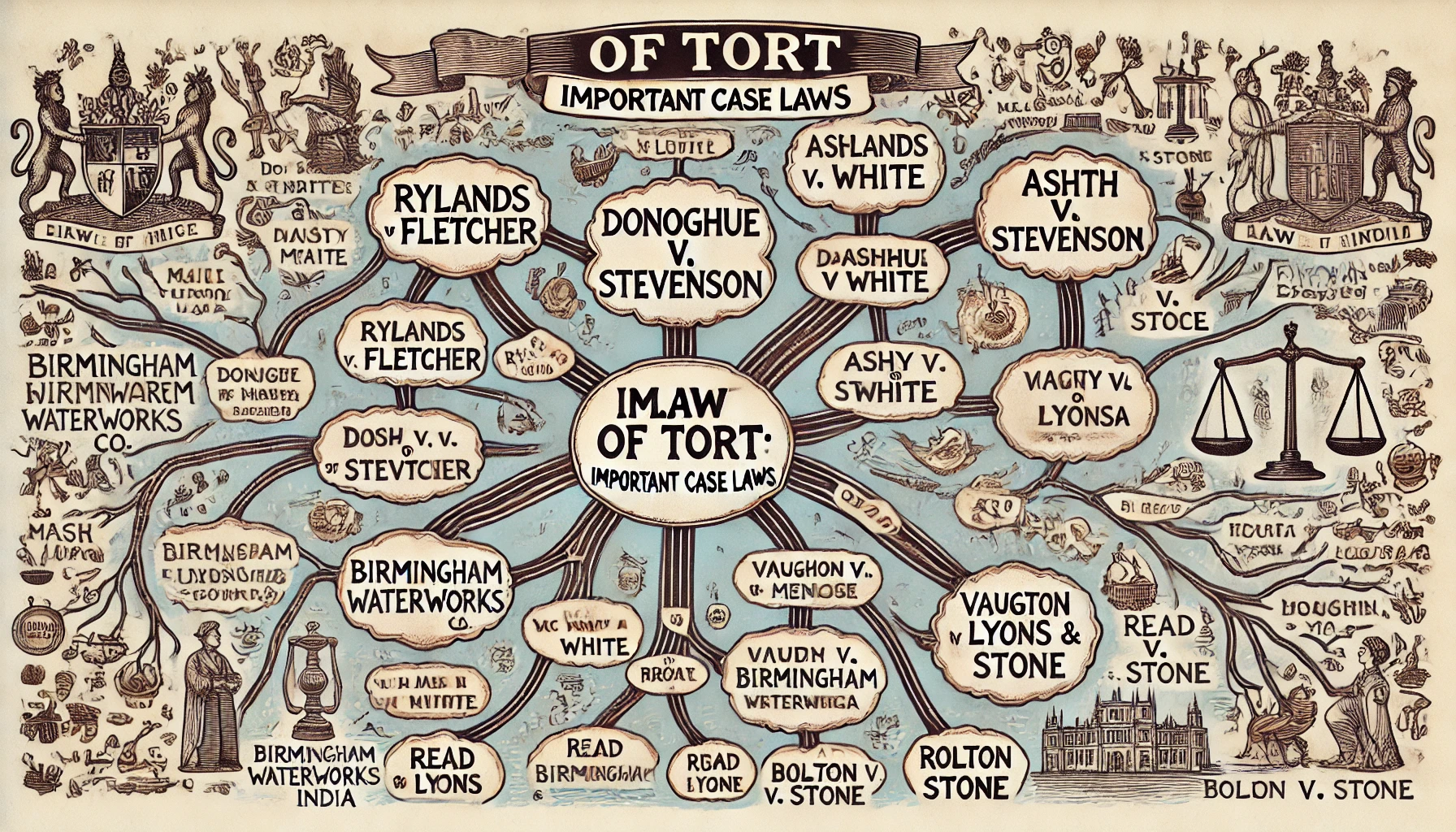
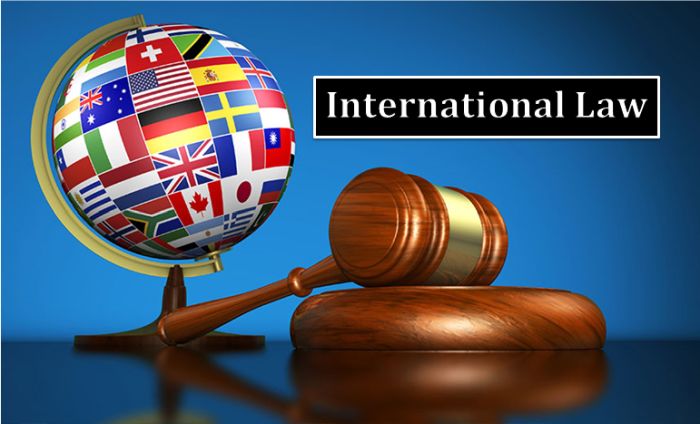

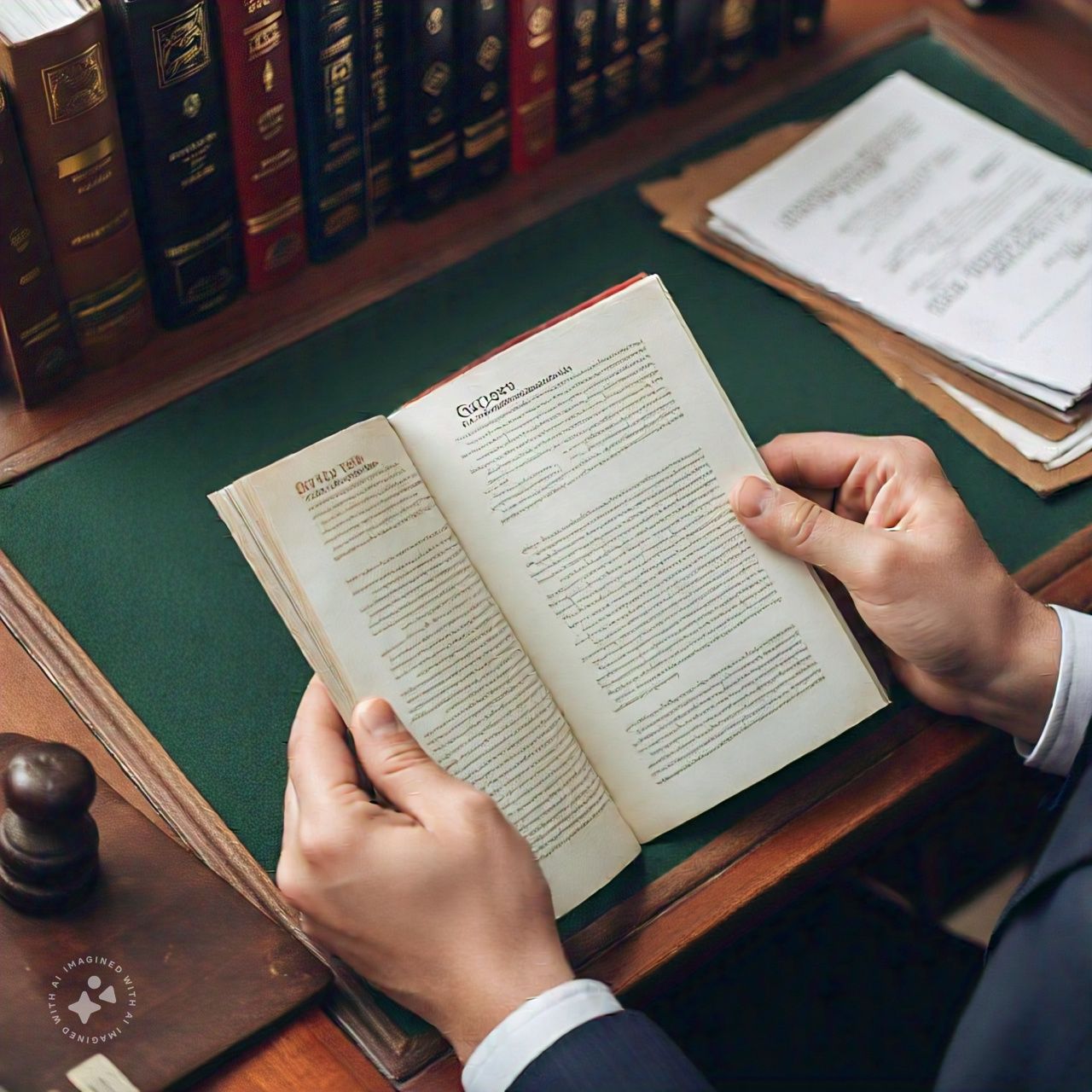
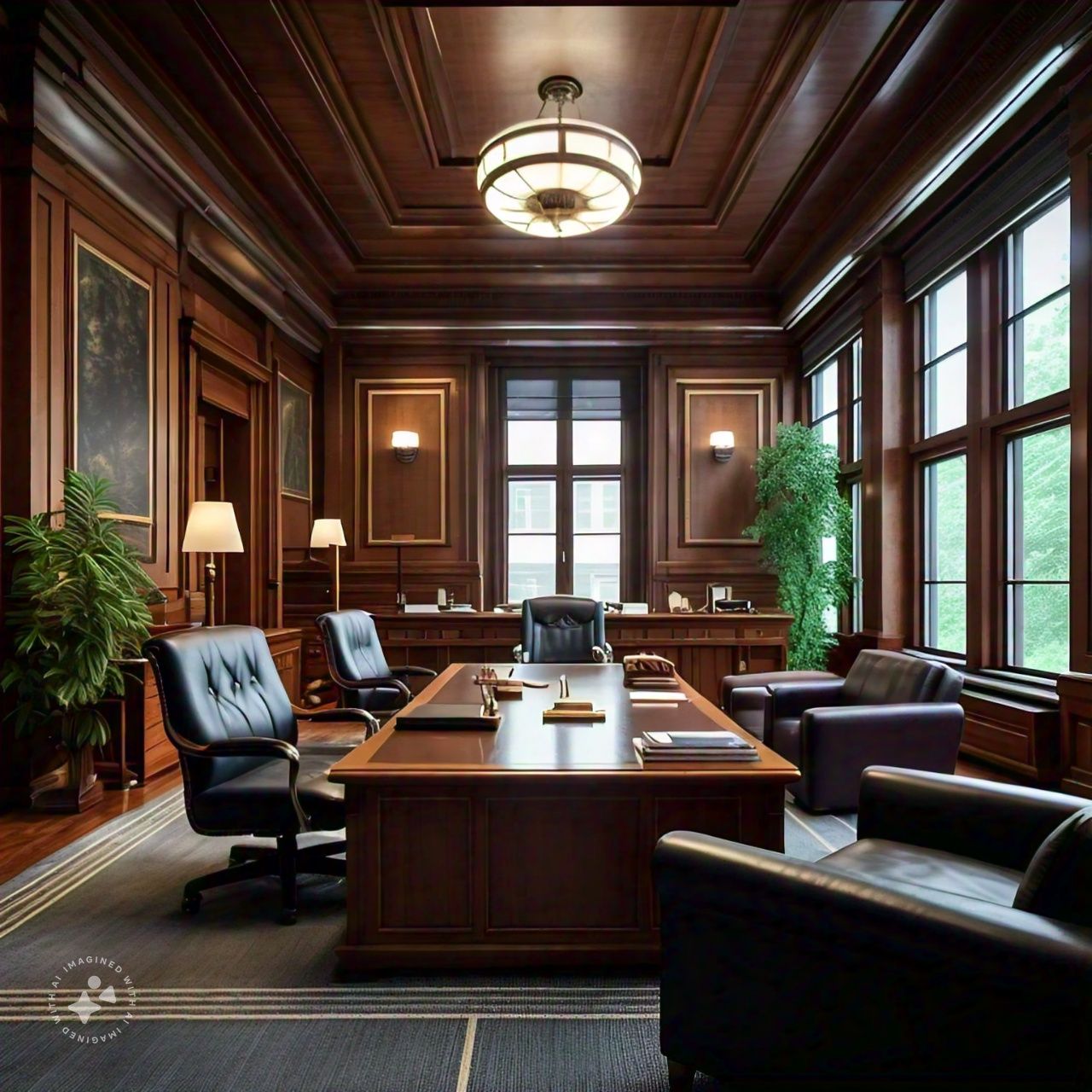

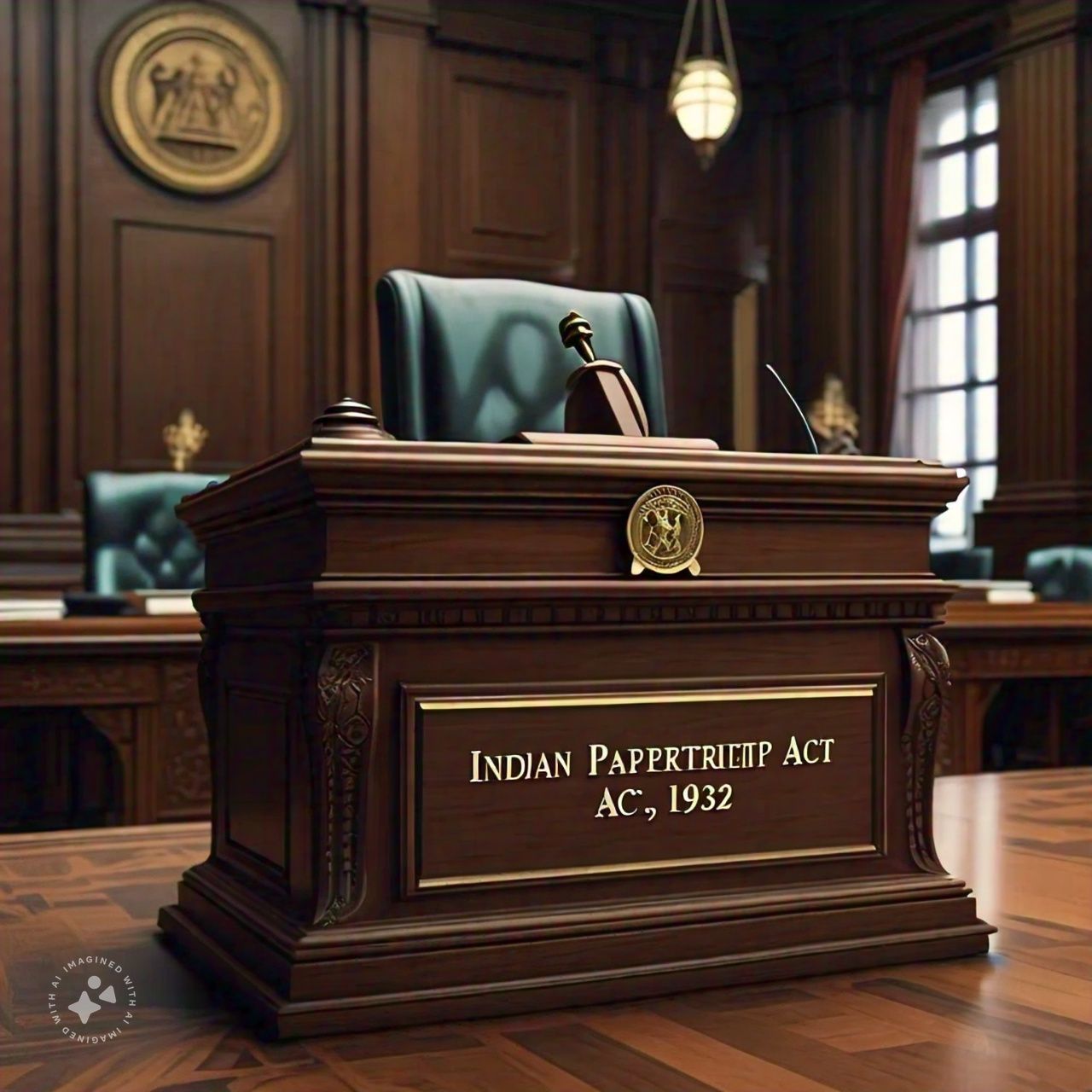
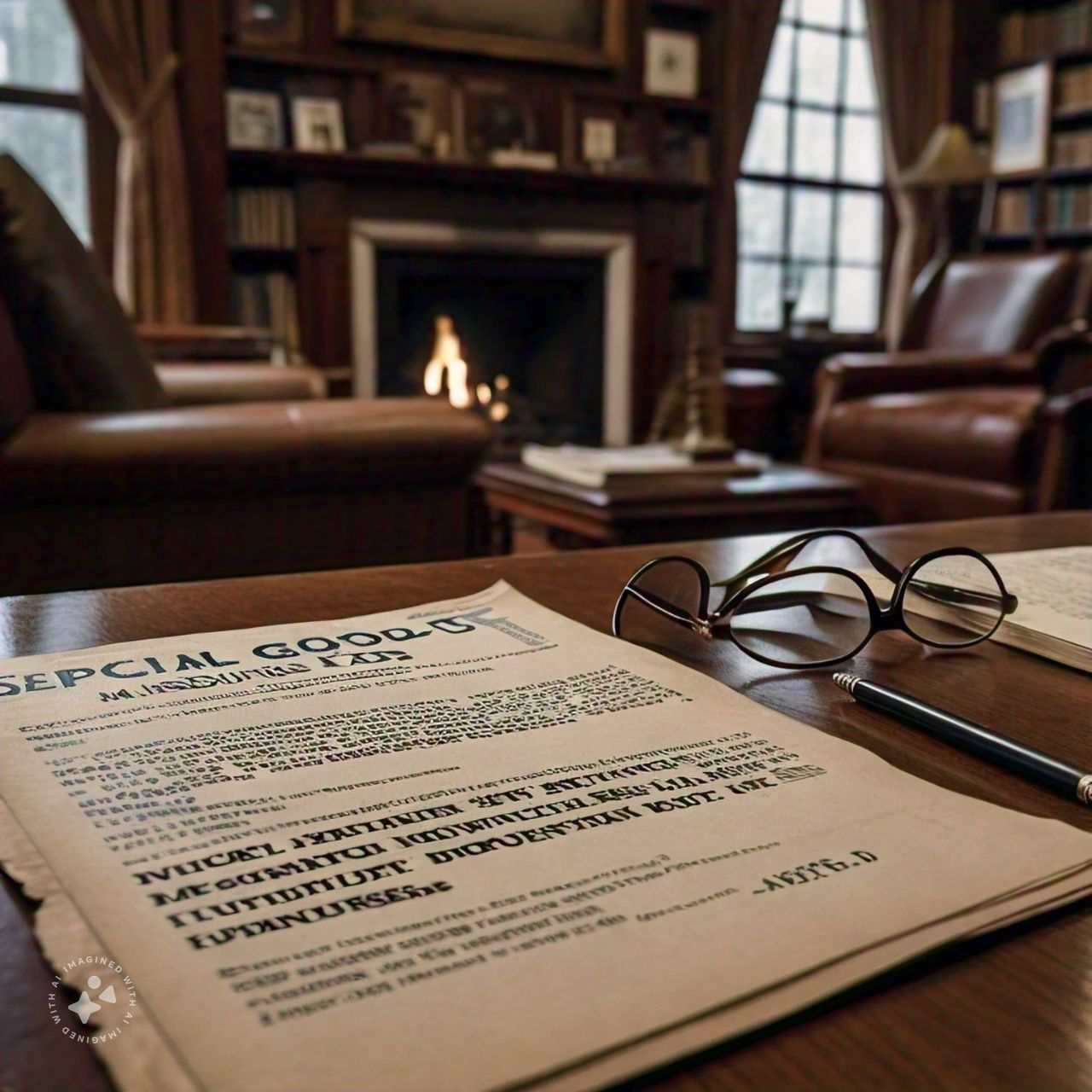
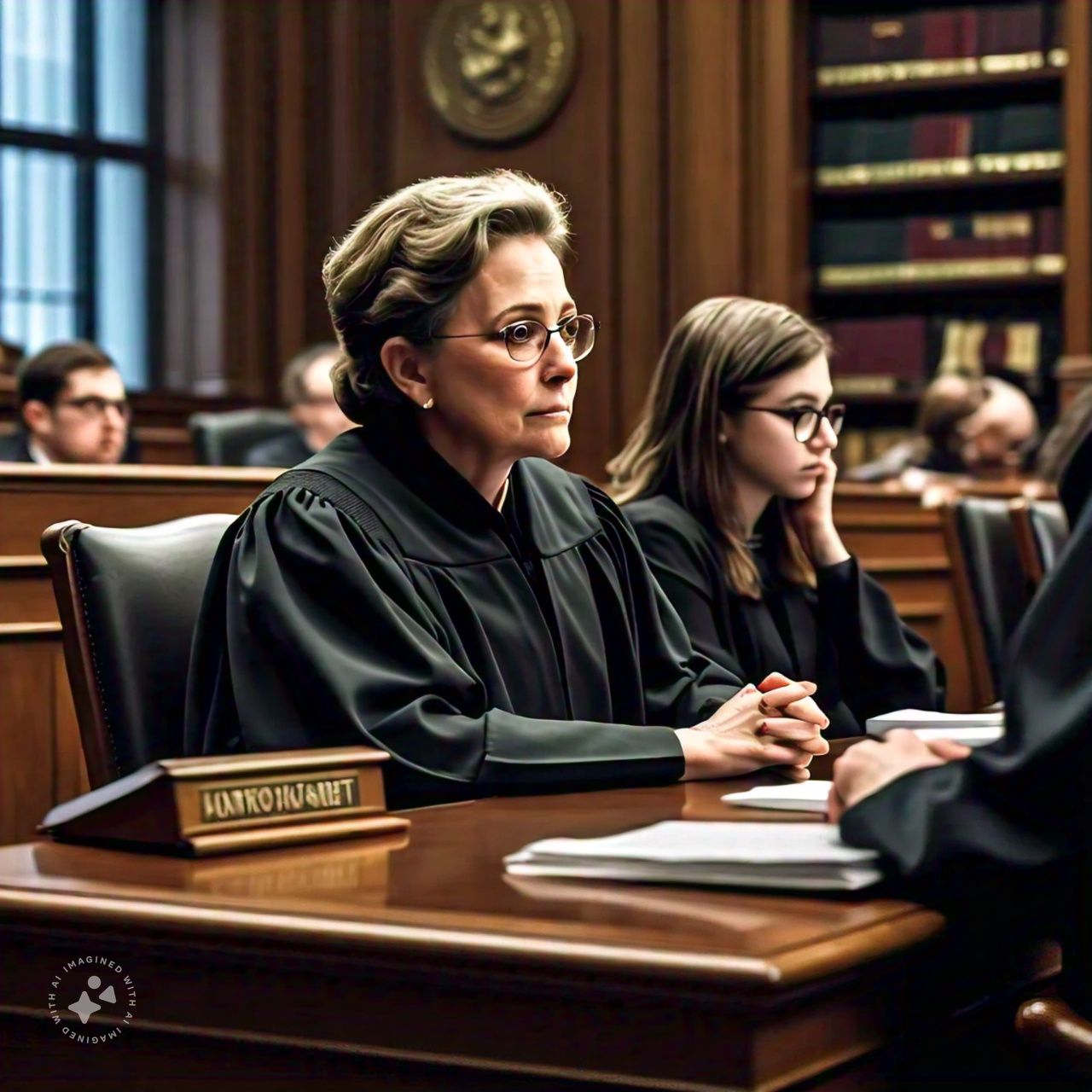

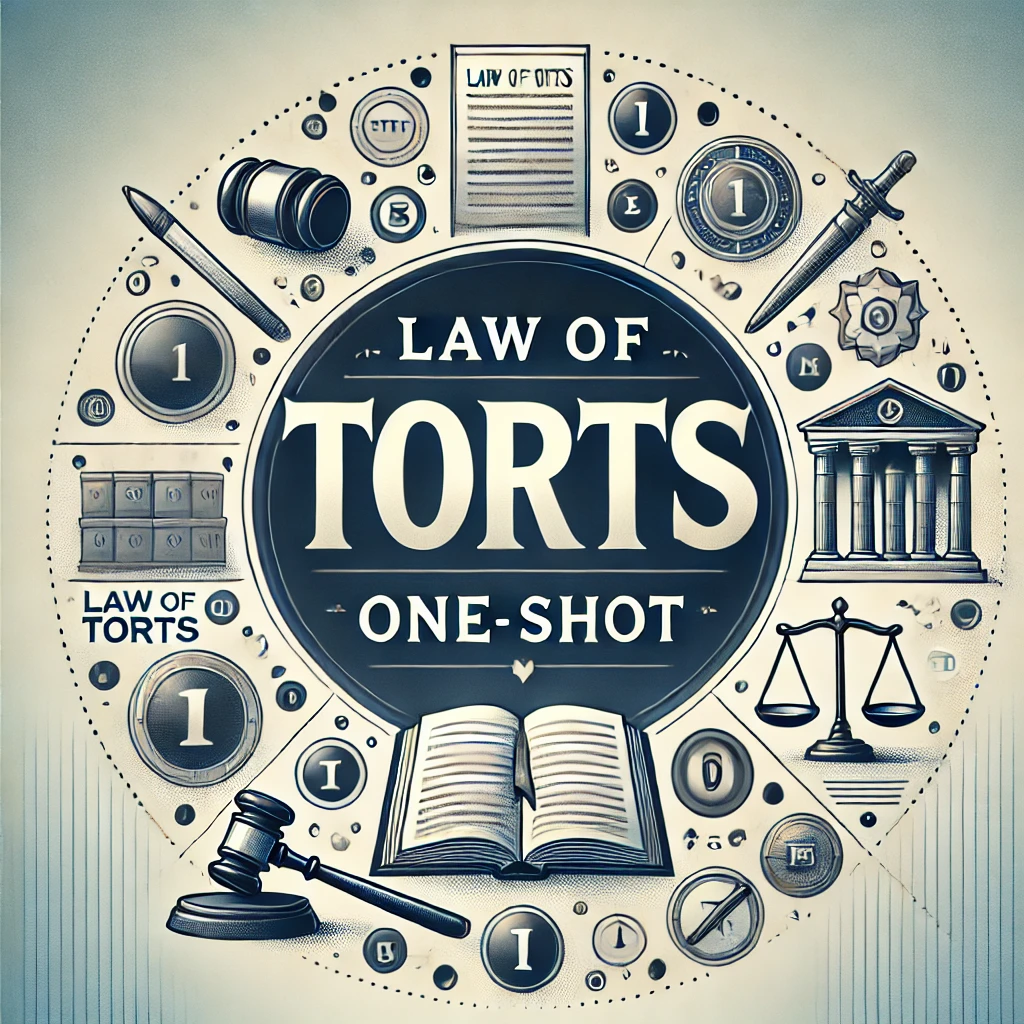
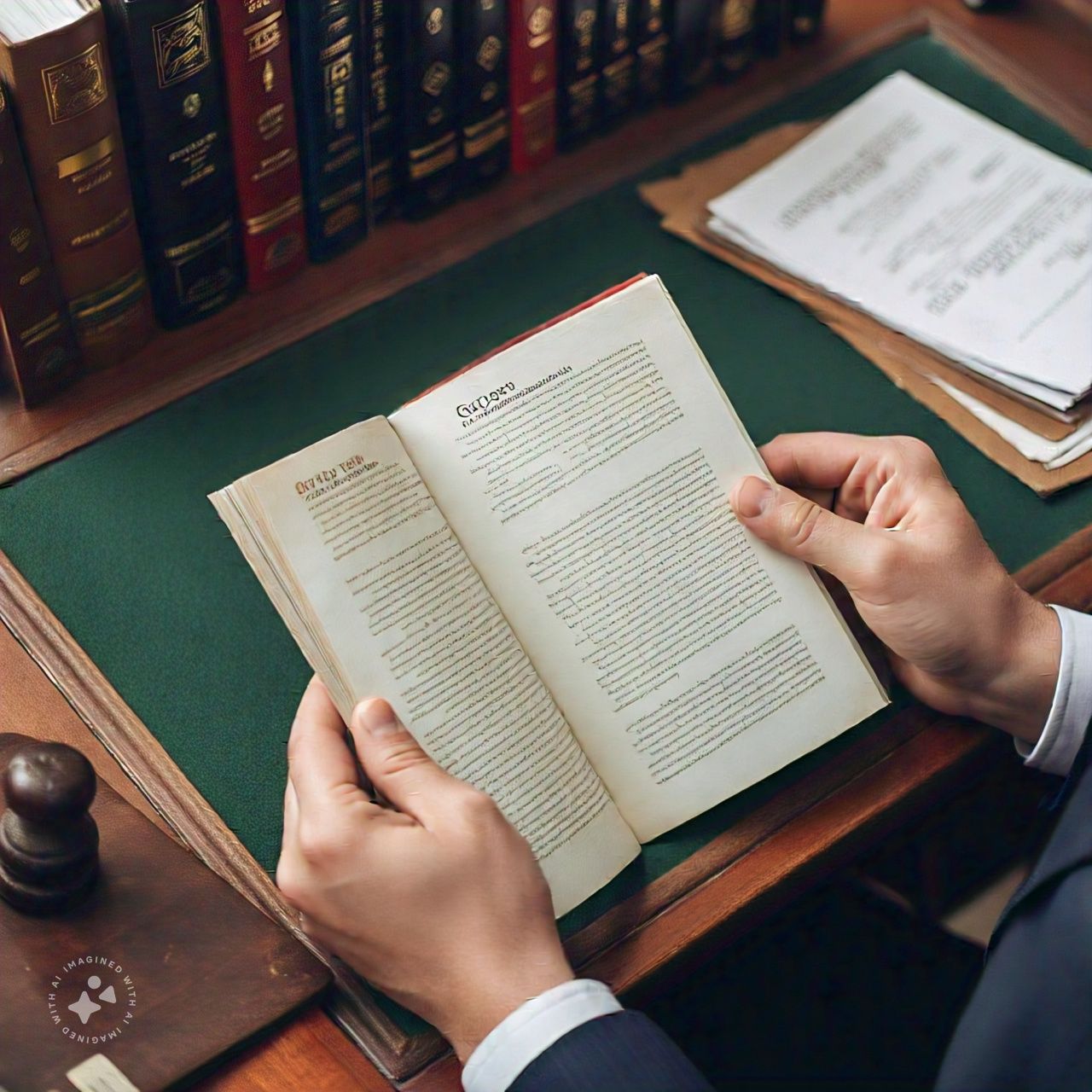
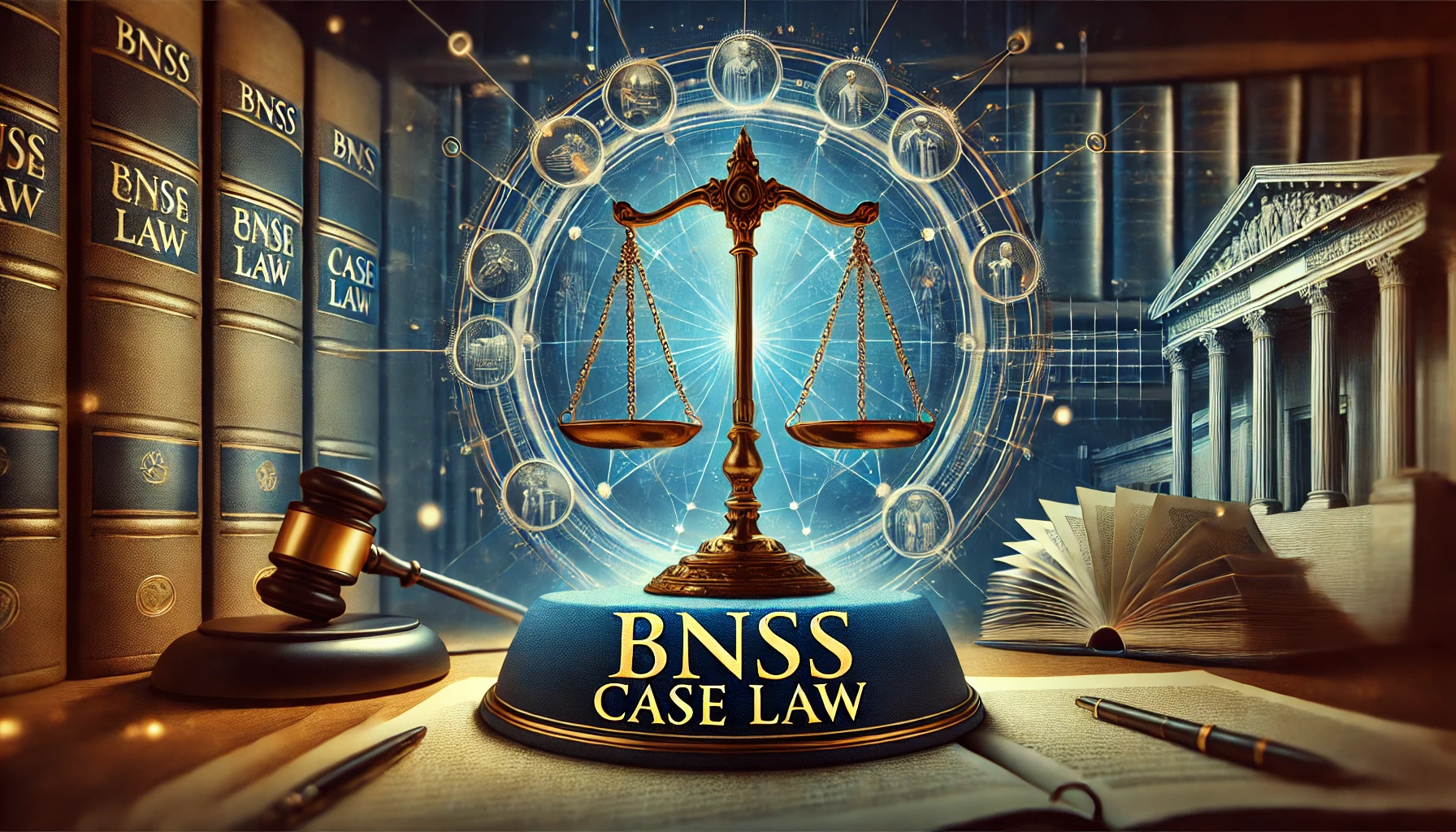
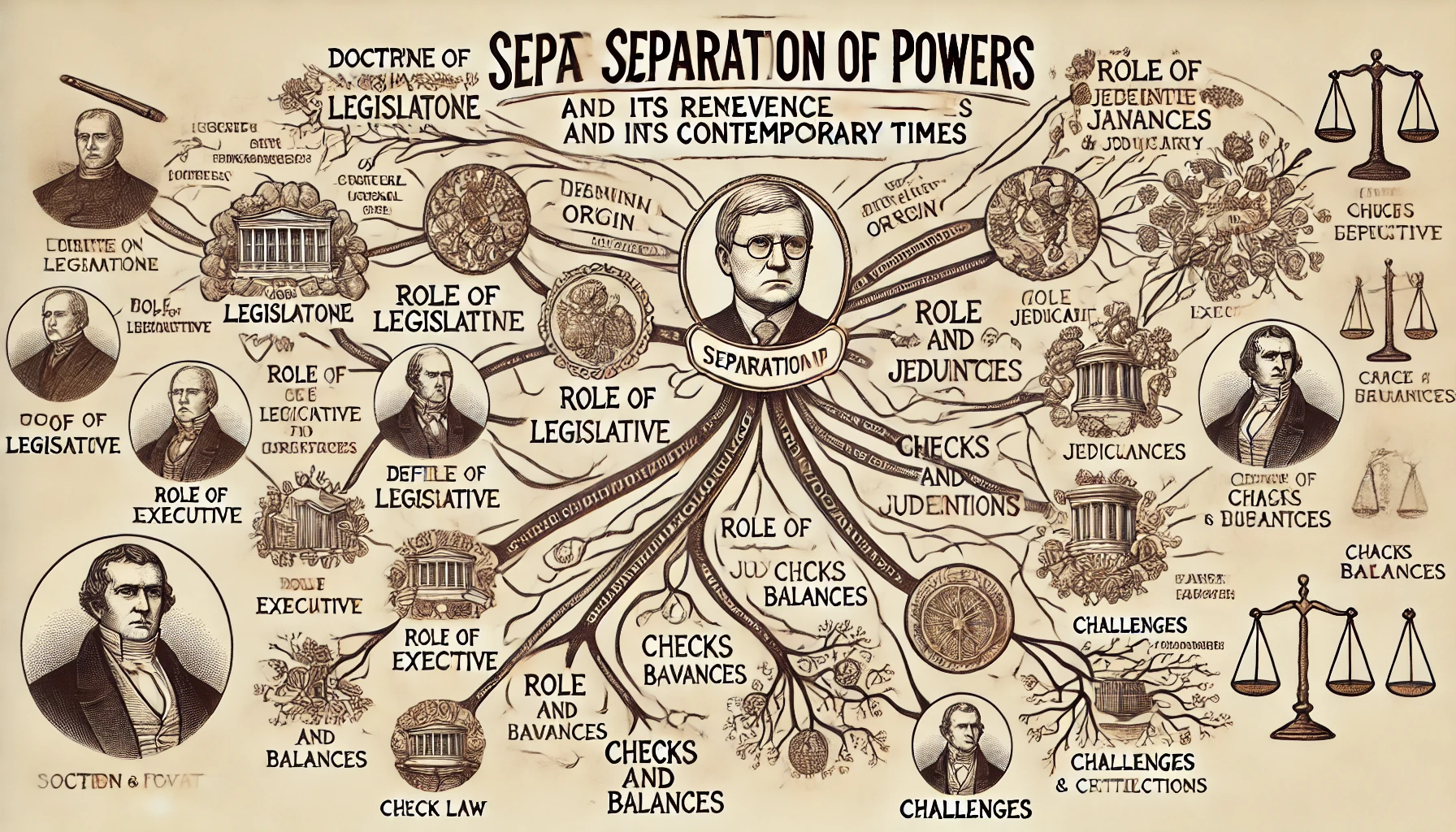
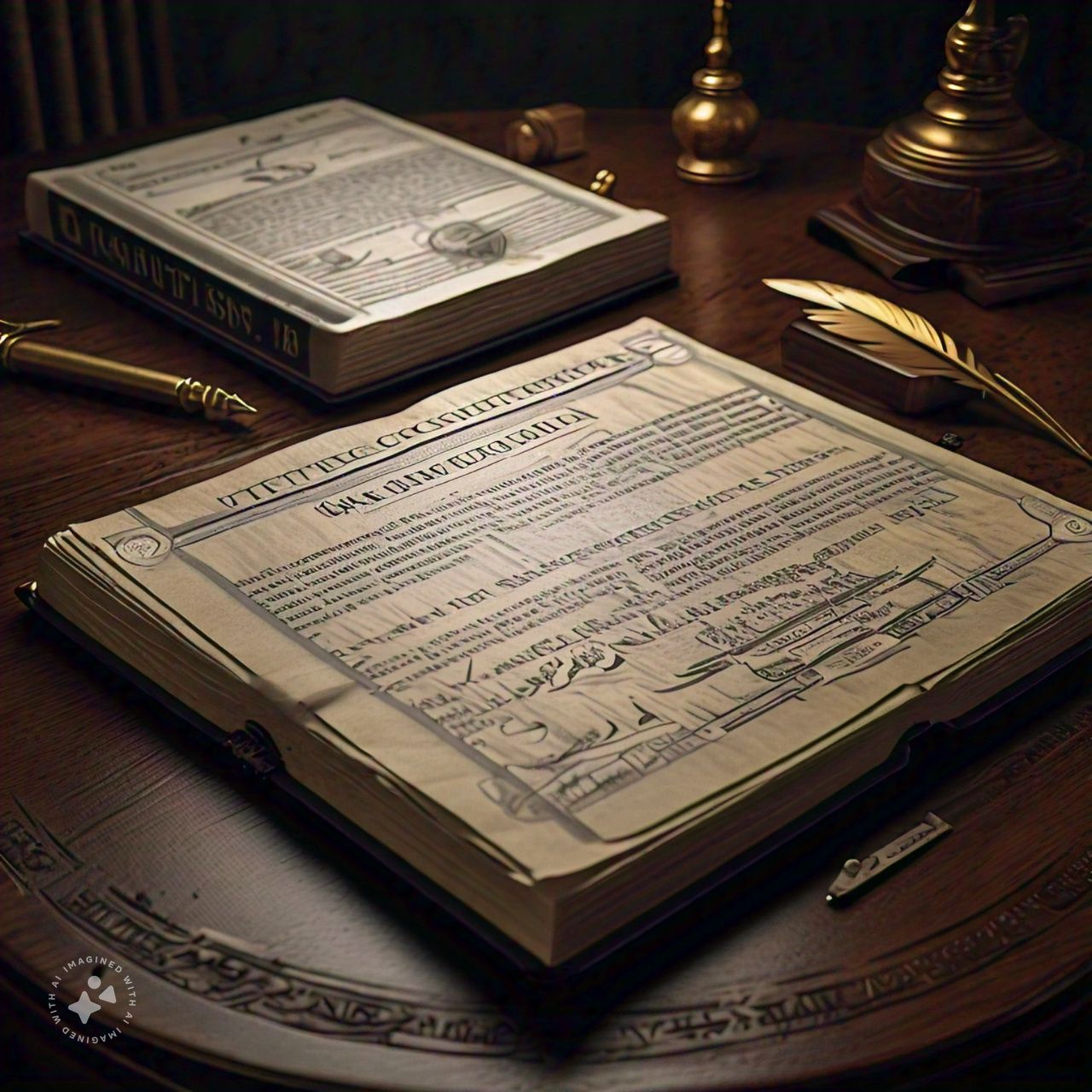



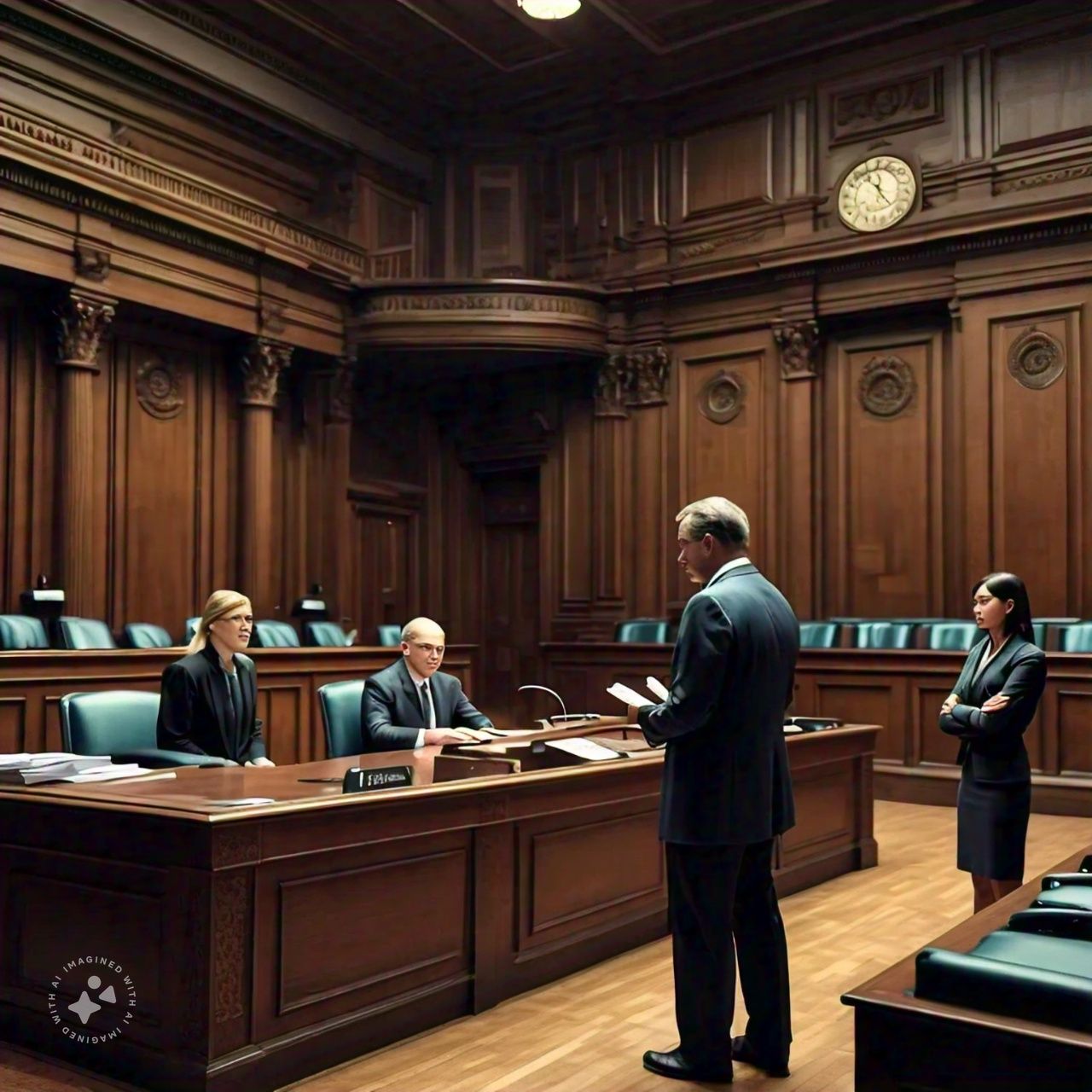
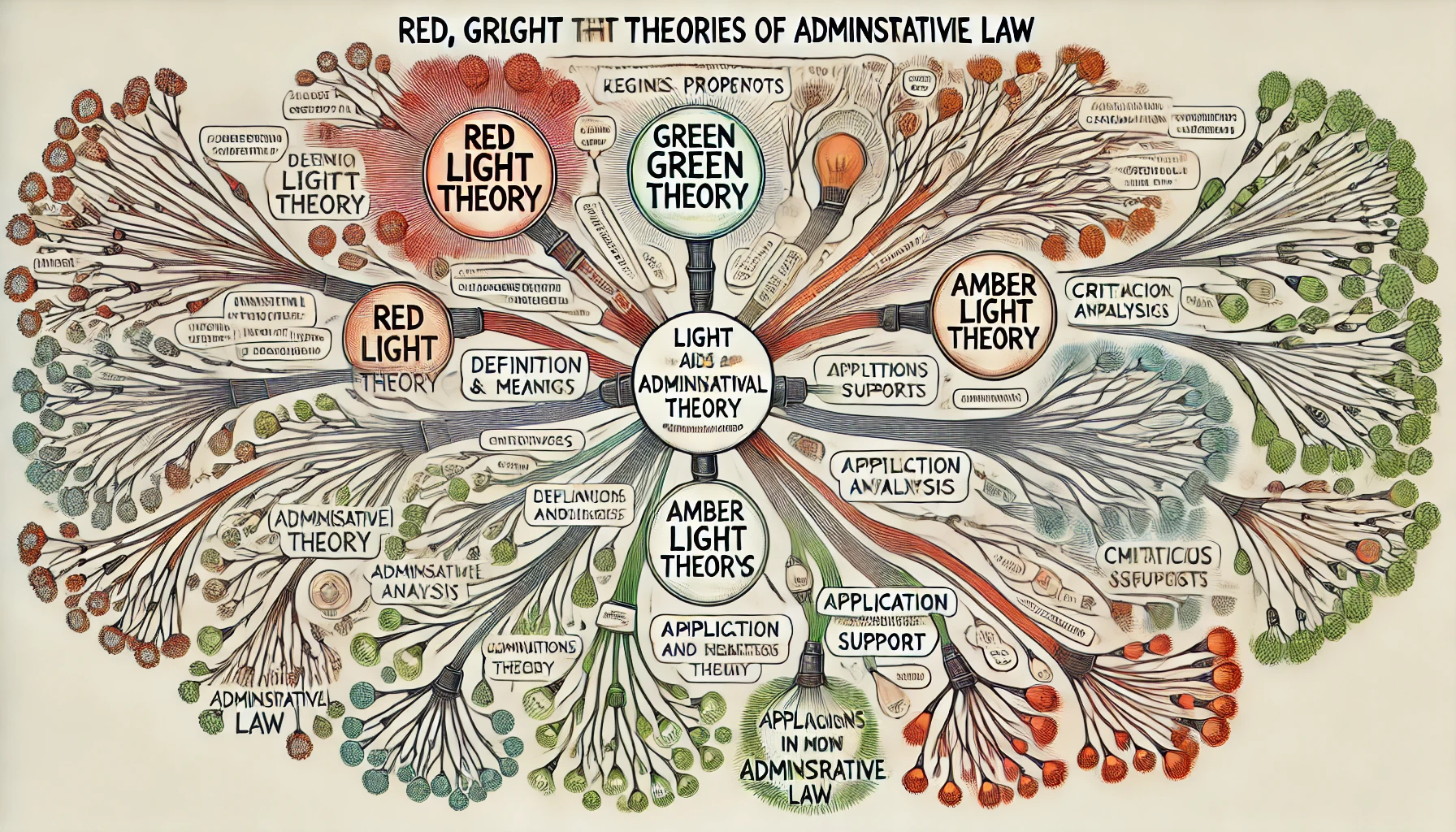
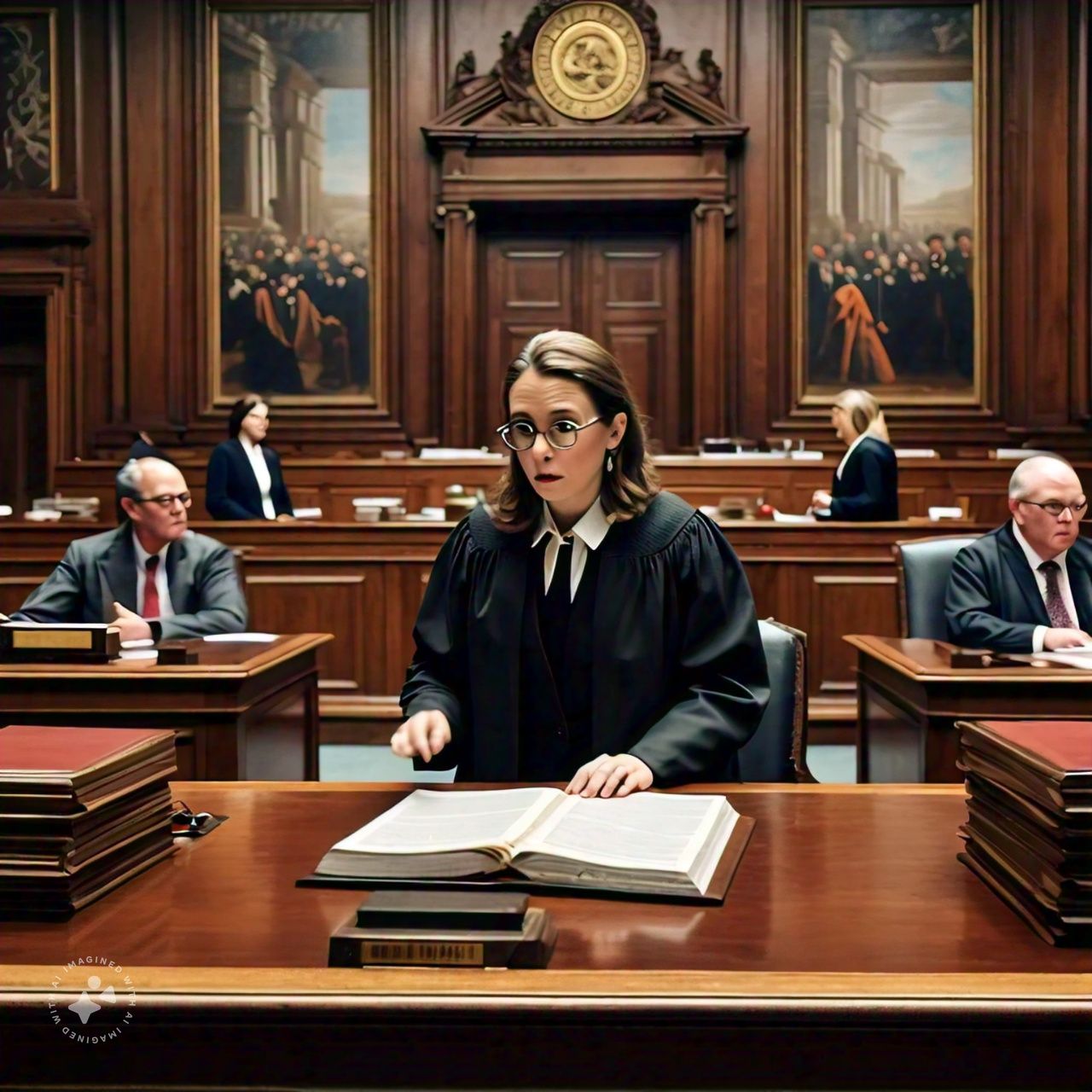
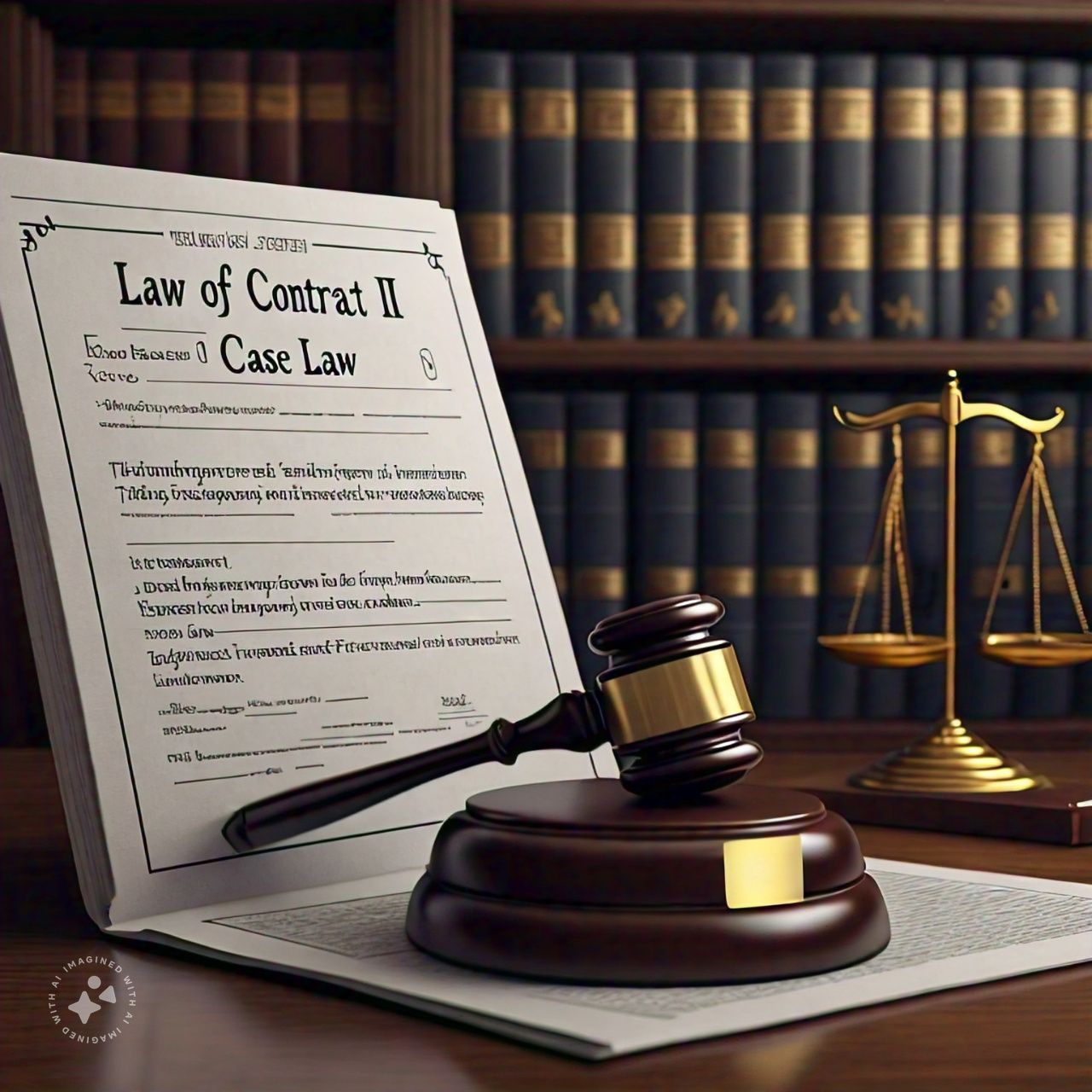
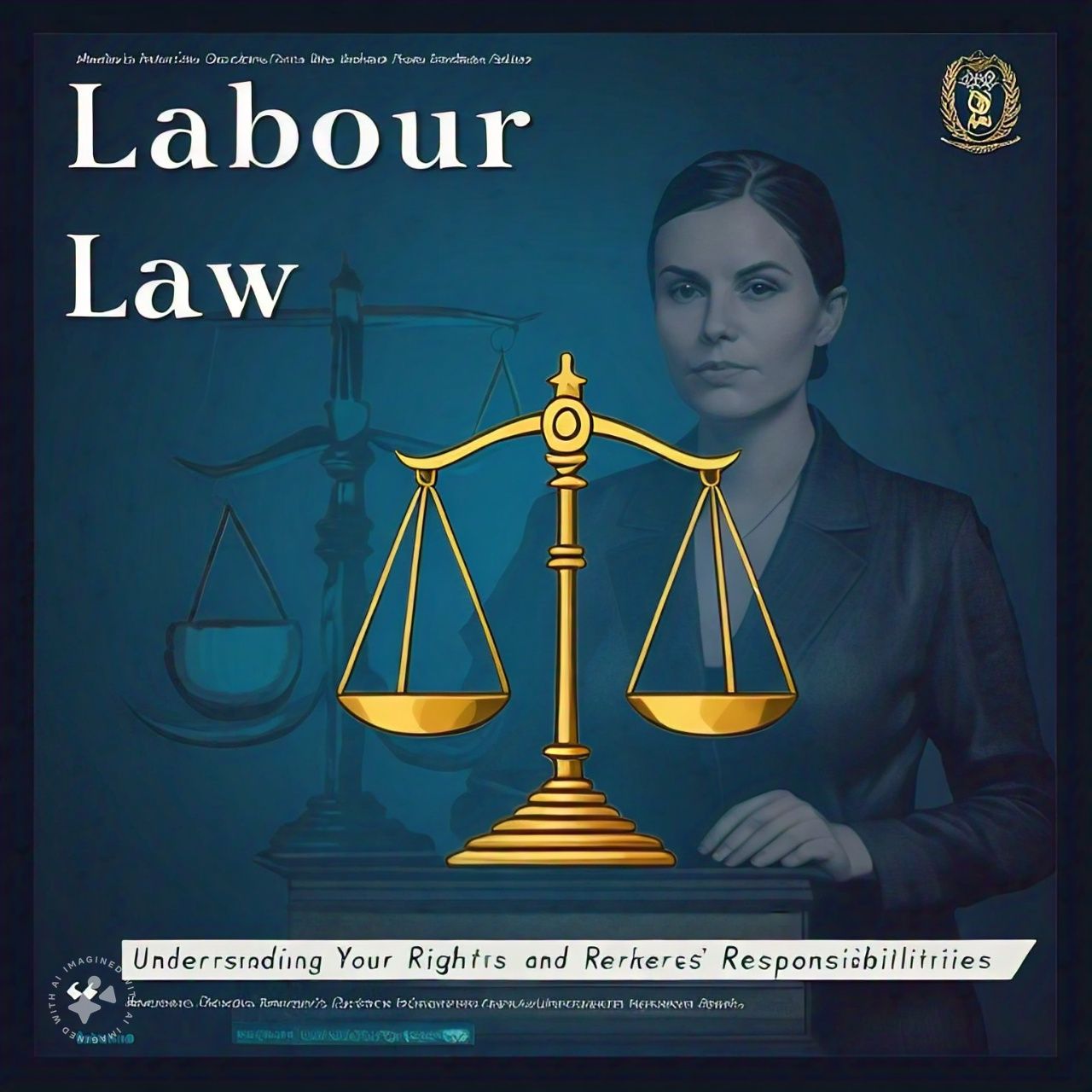
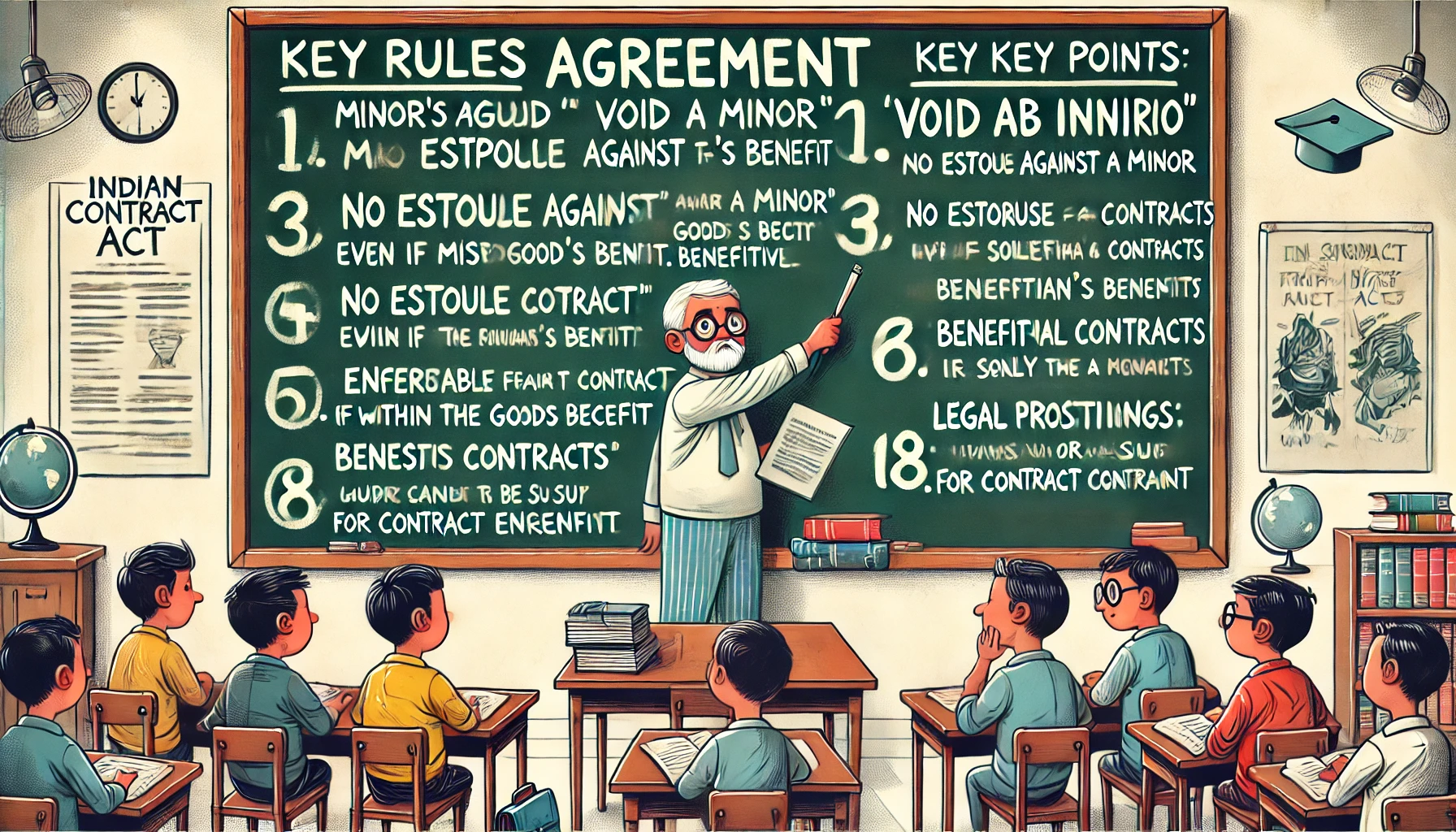
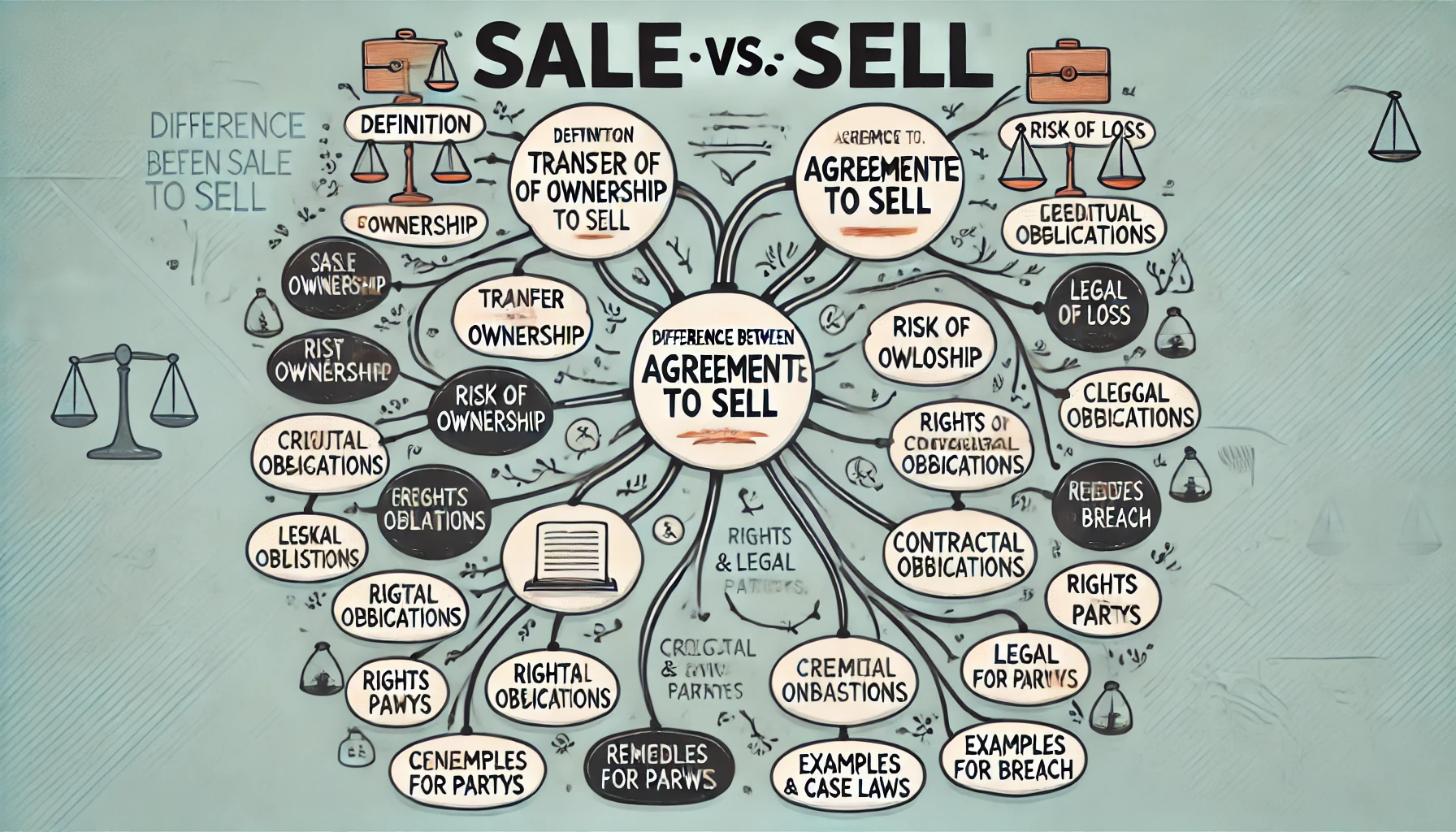


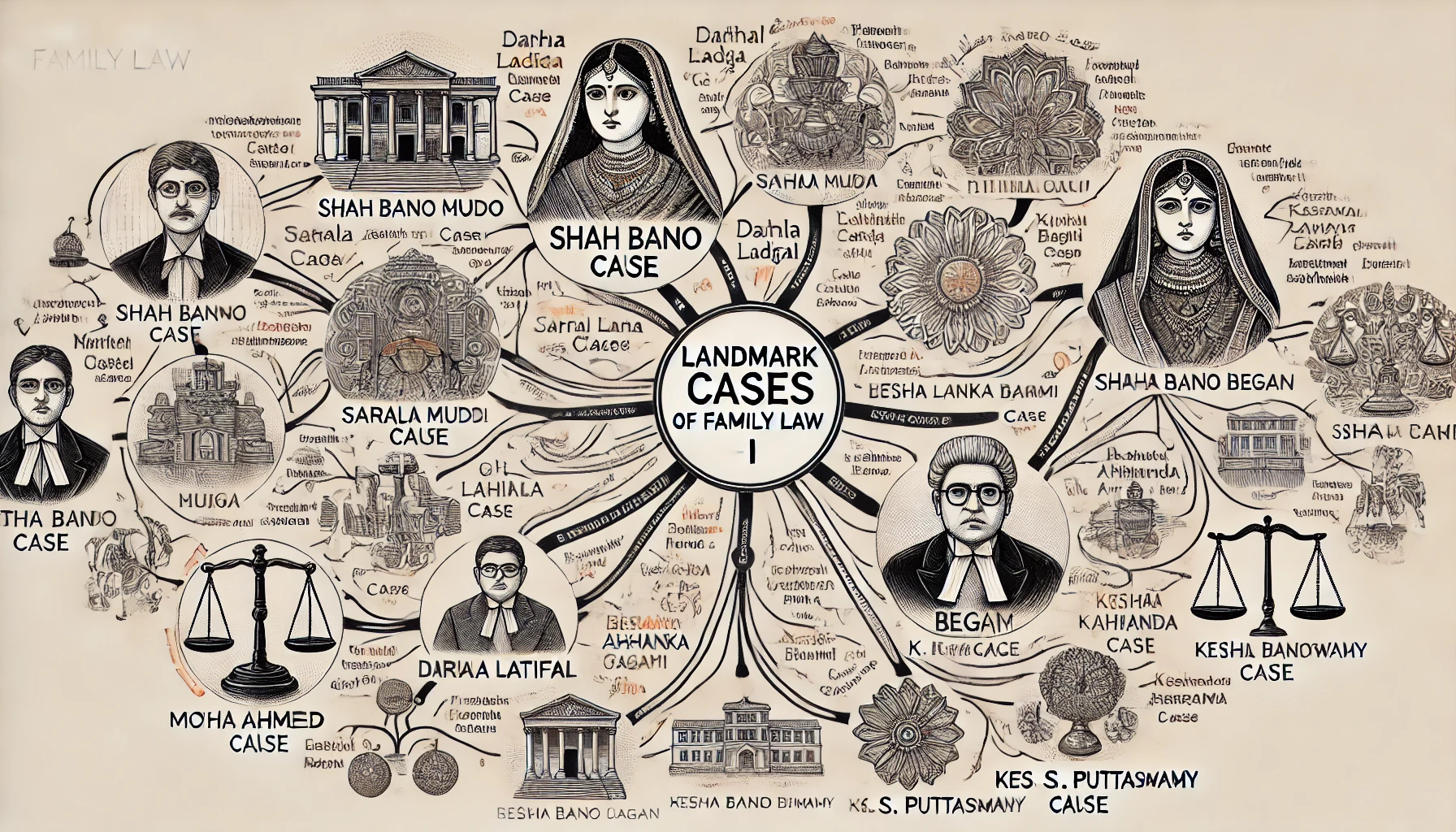

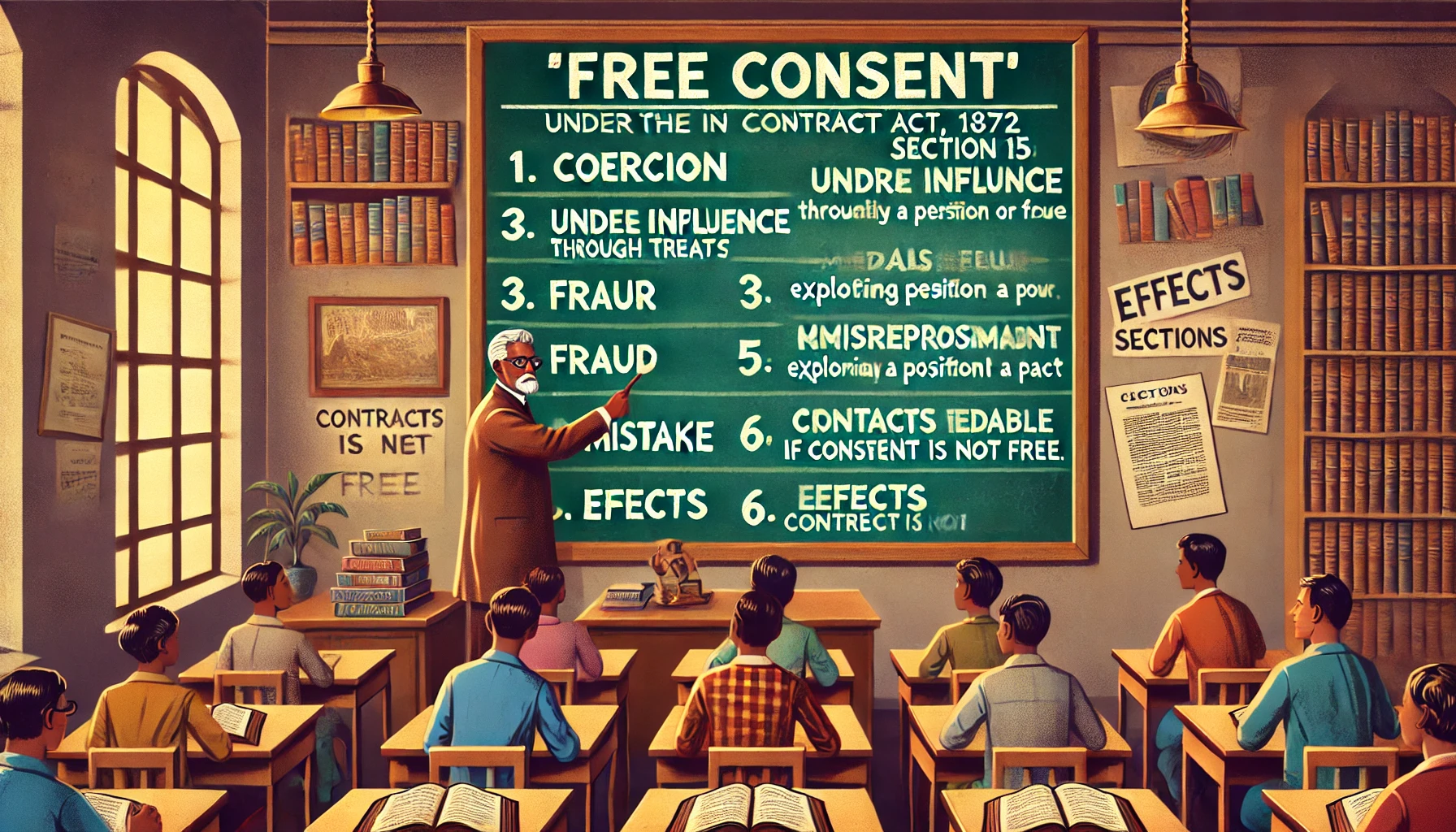
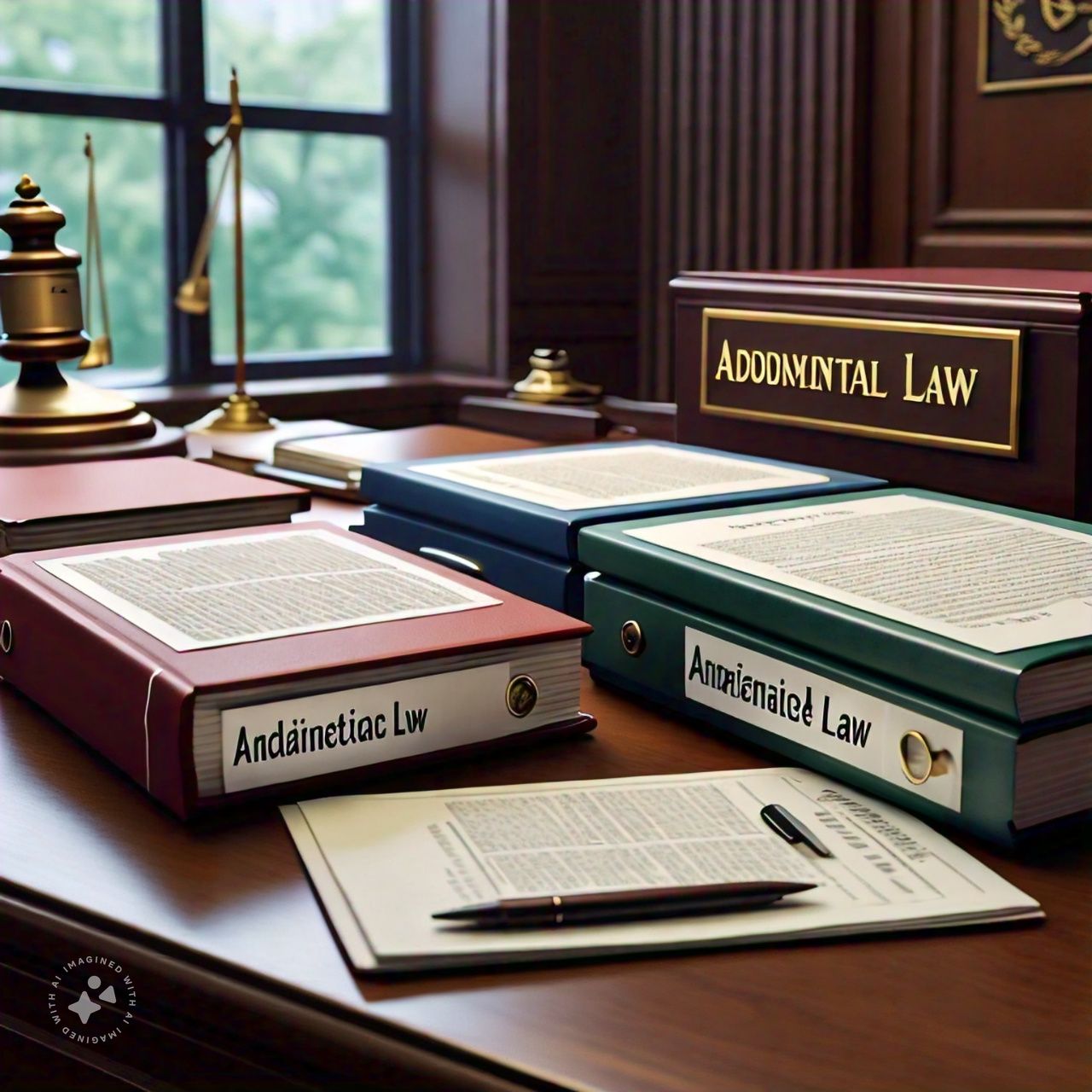

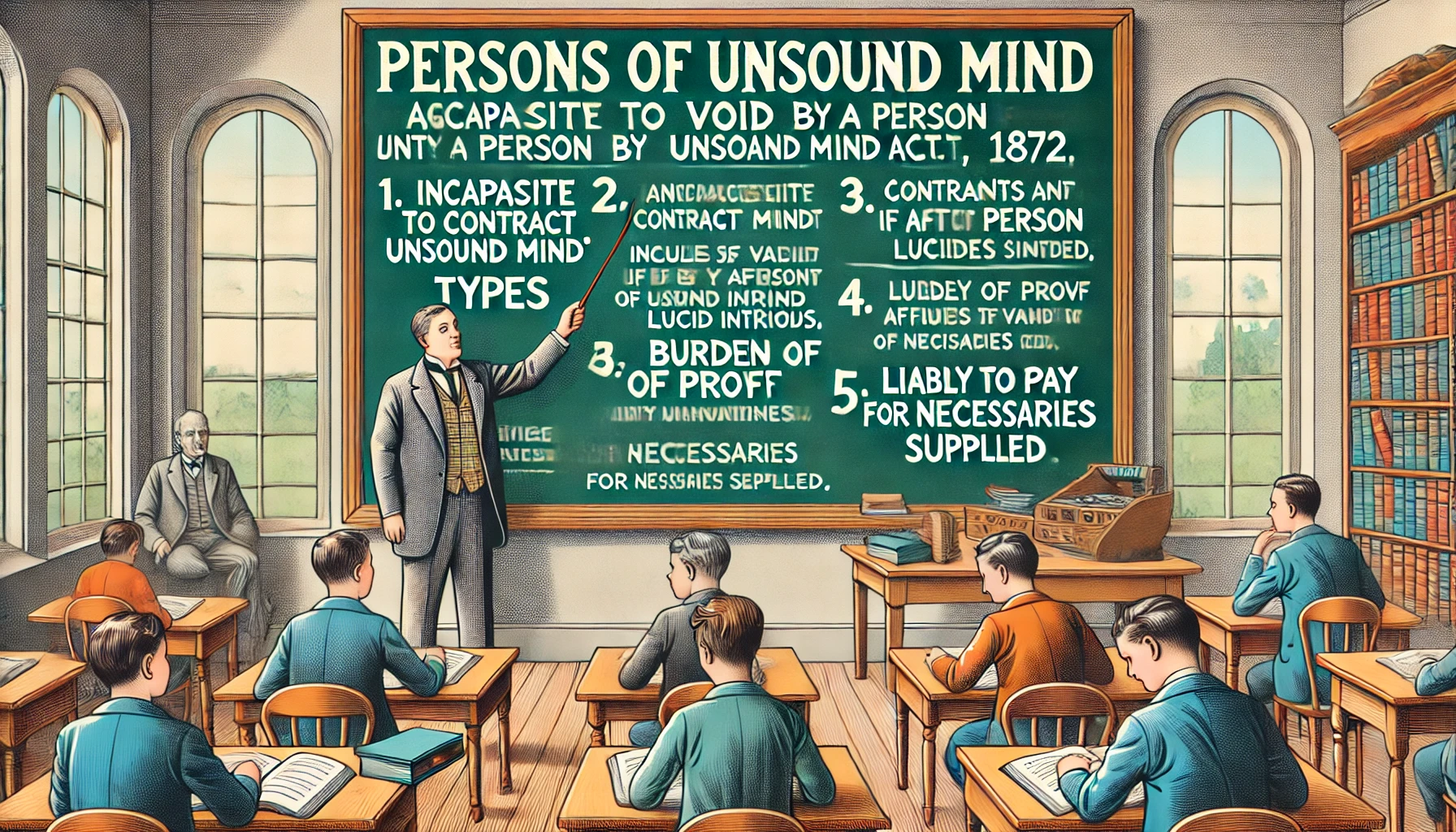
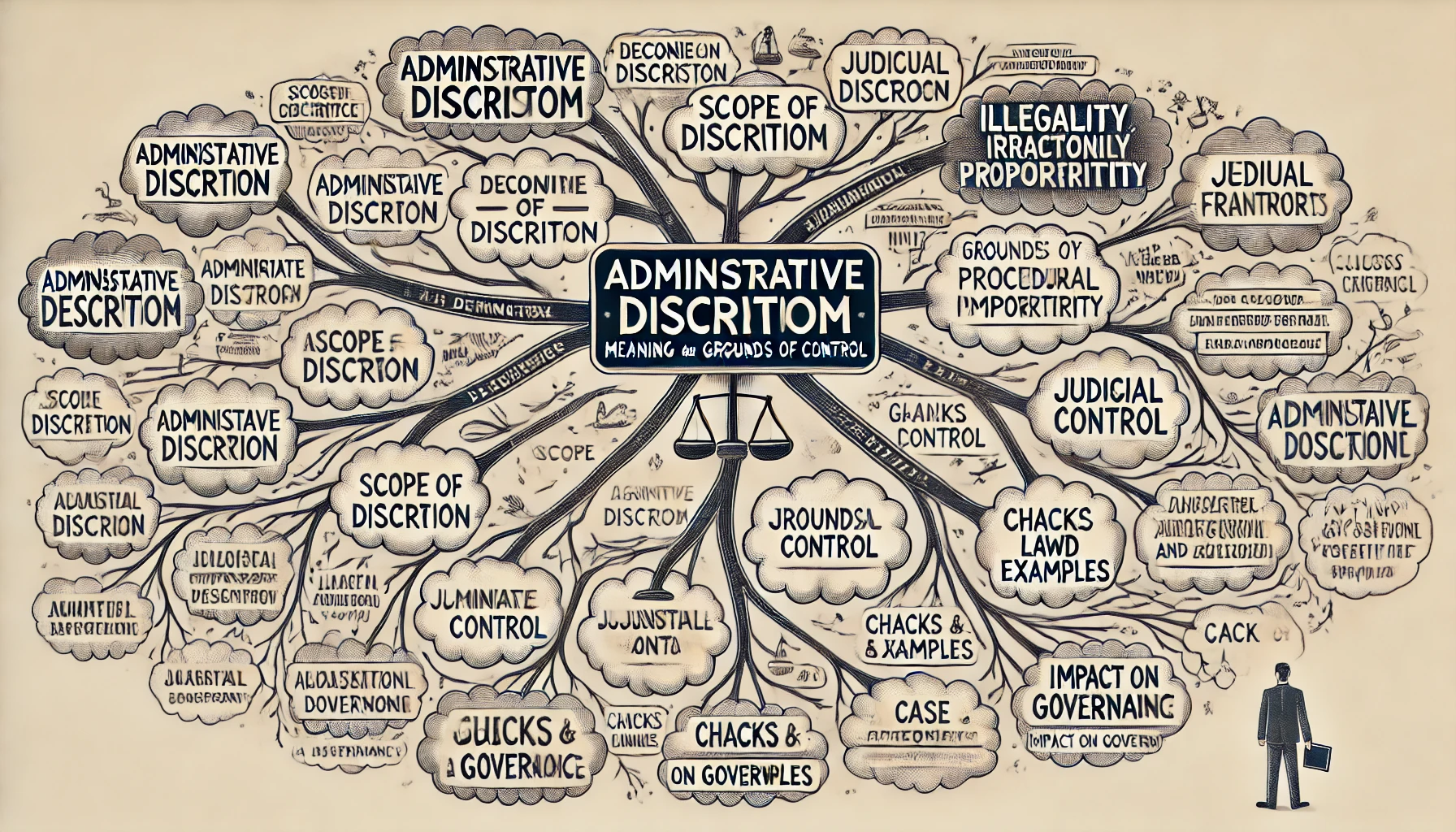
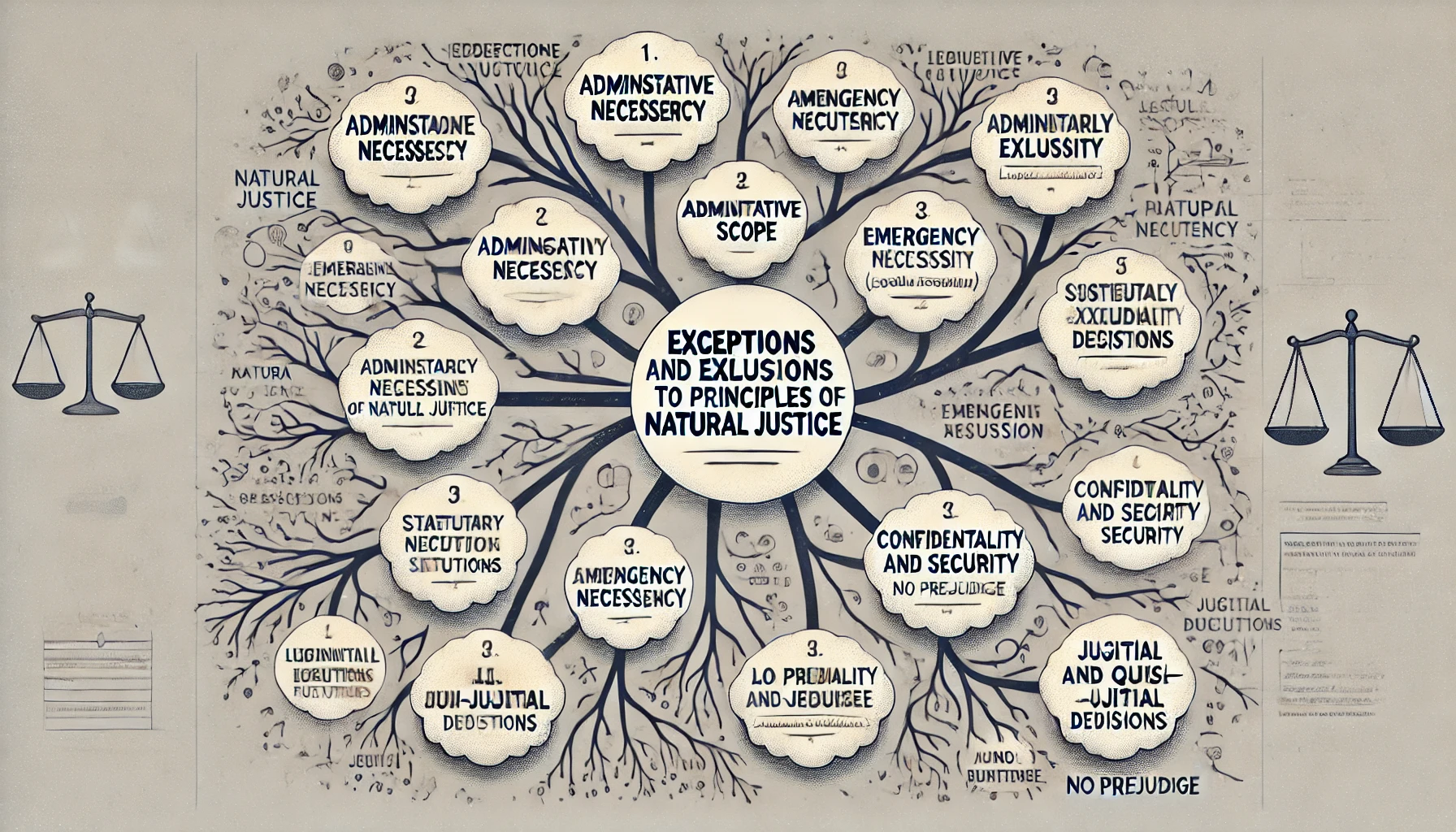

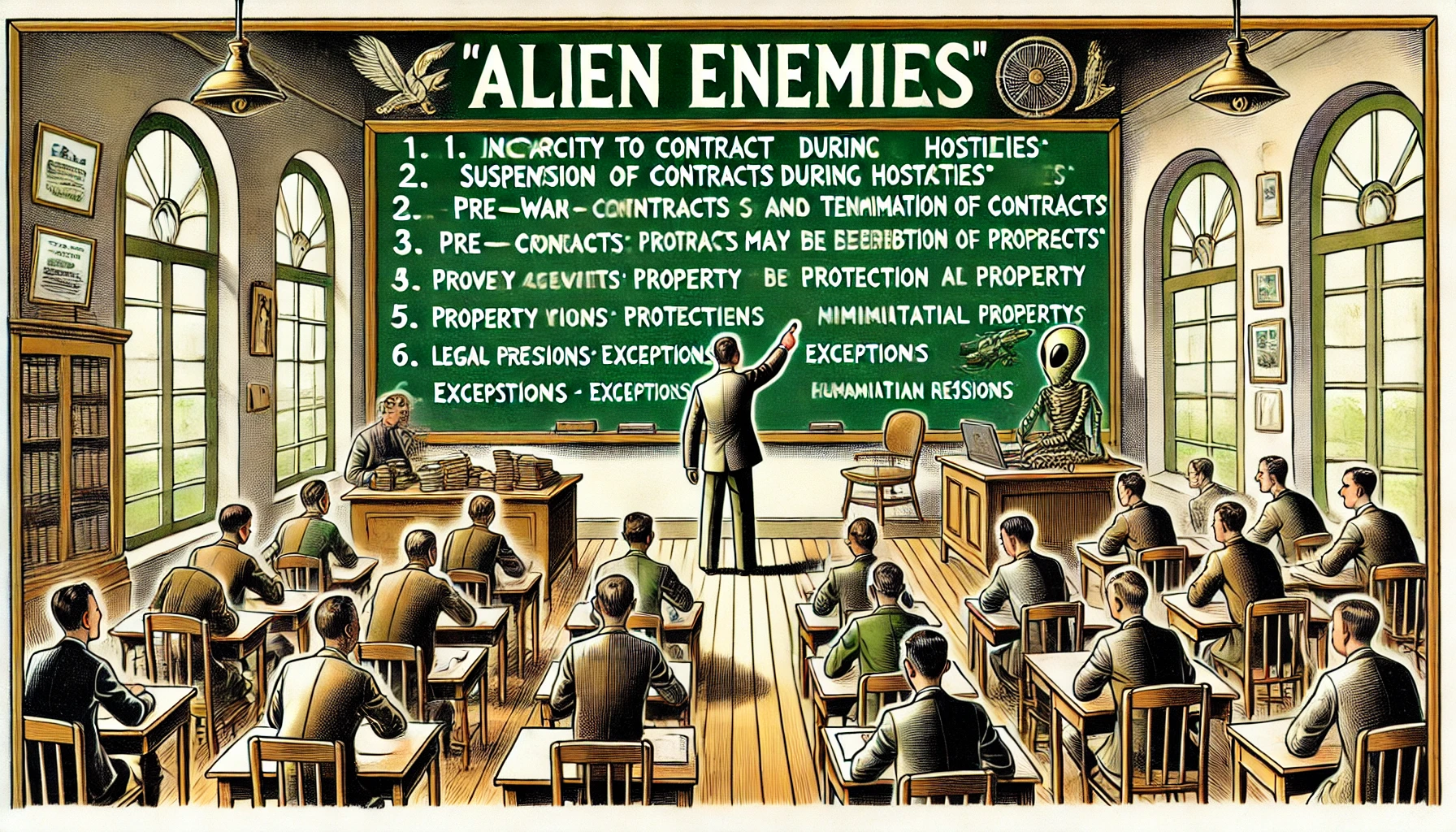

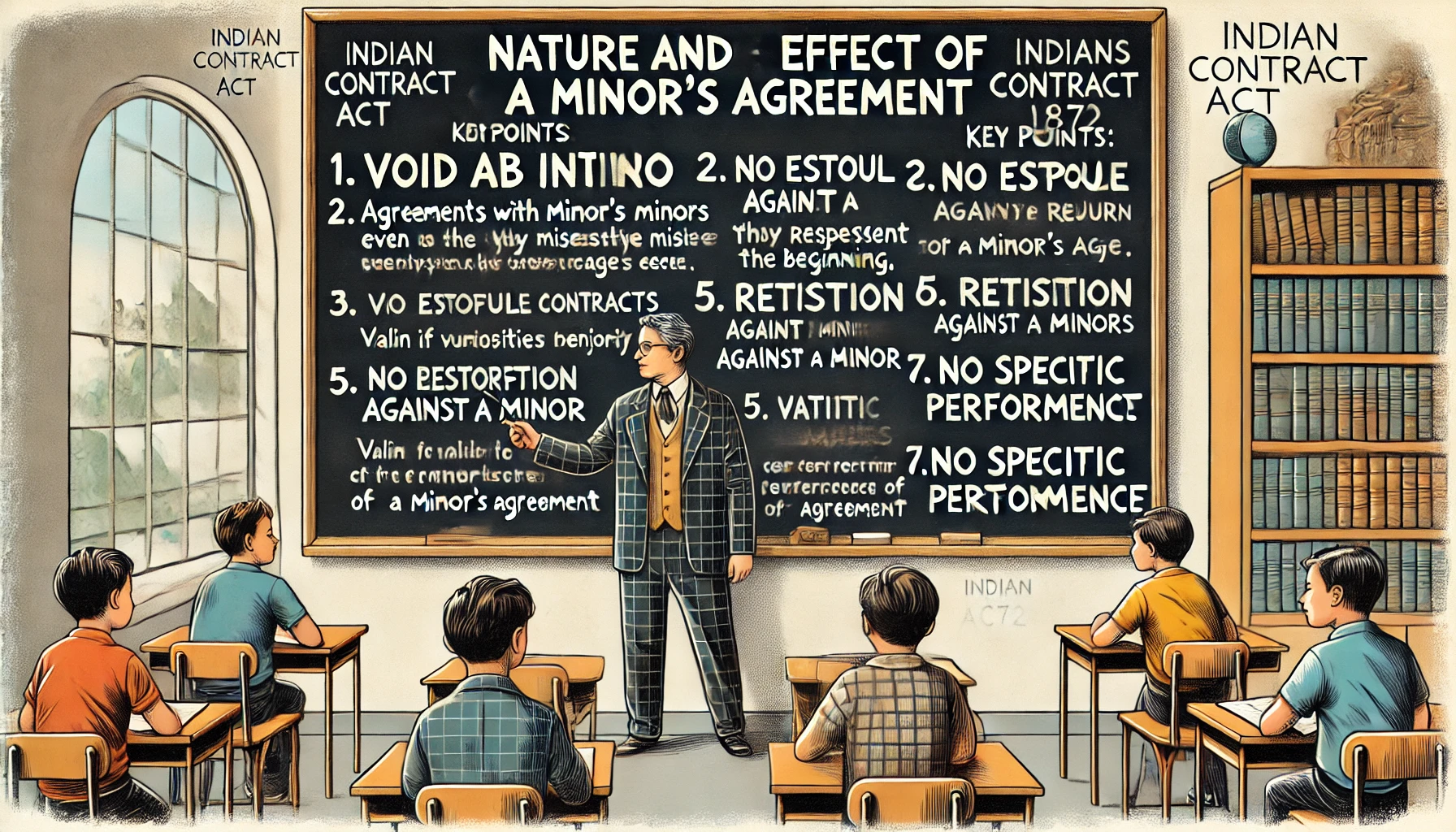


Comment
Nothing for now